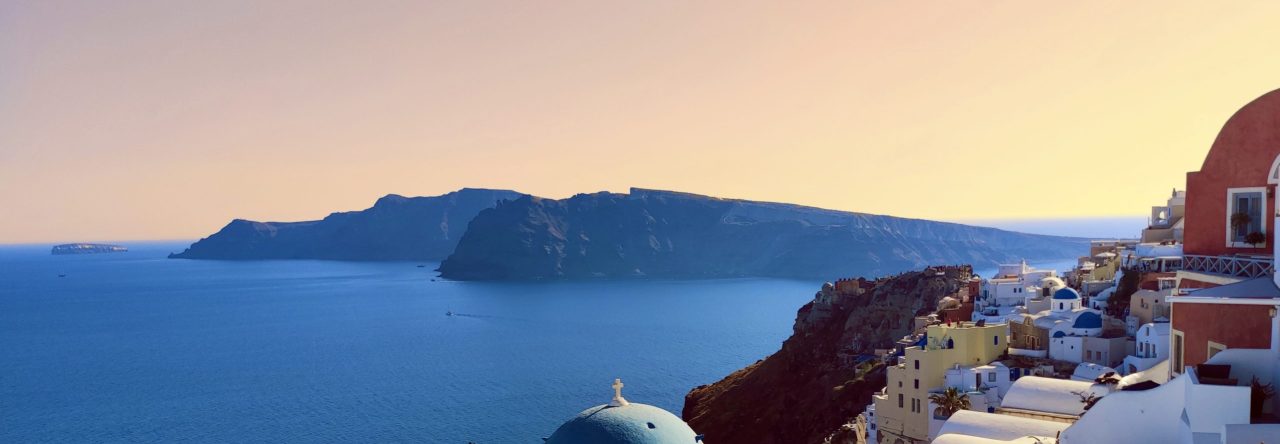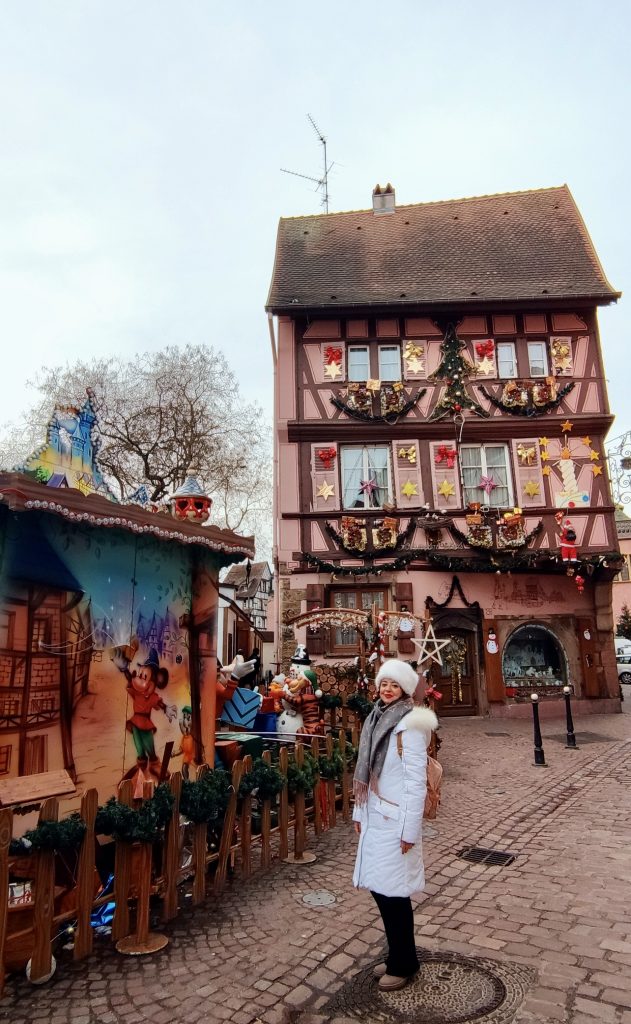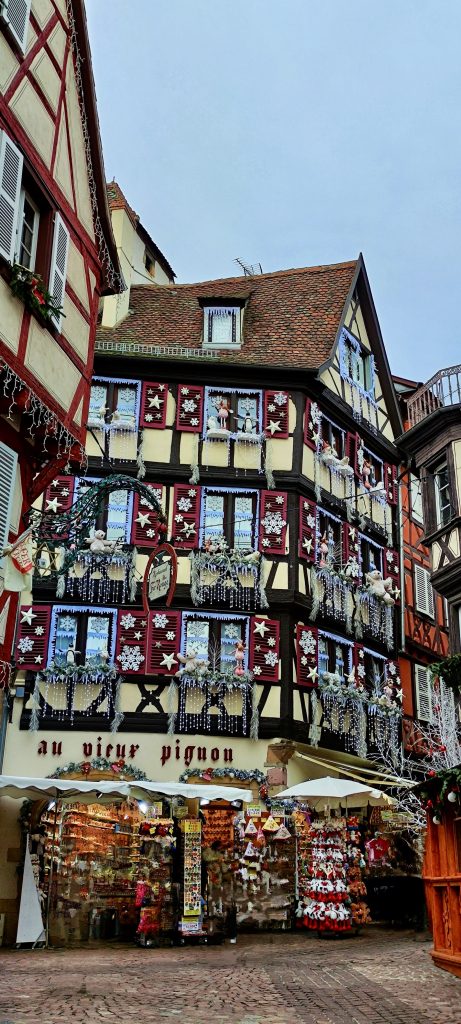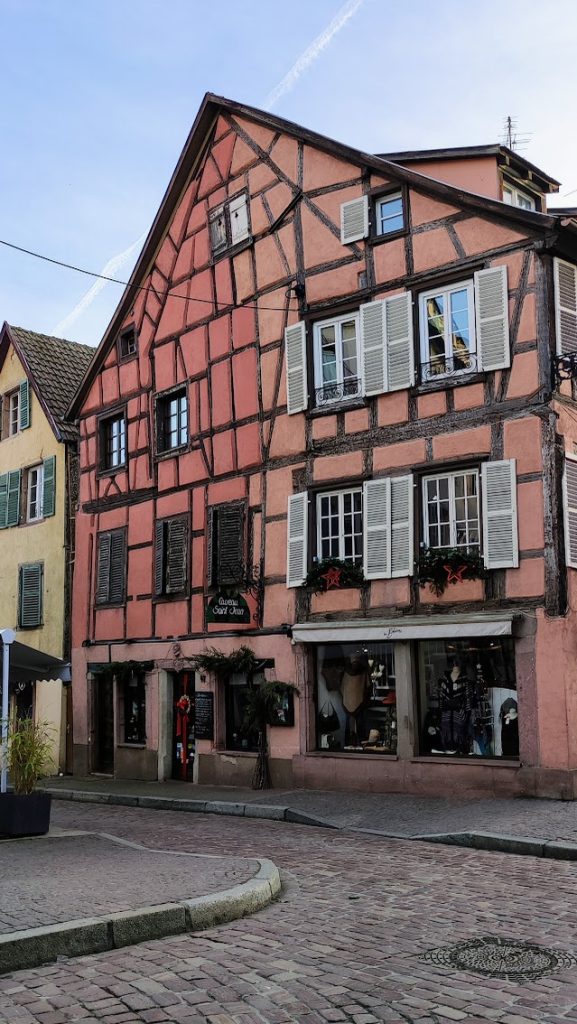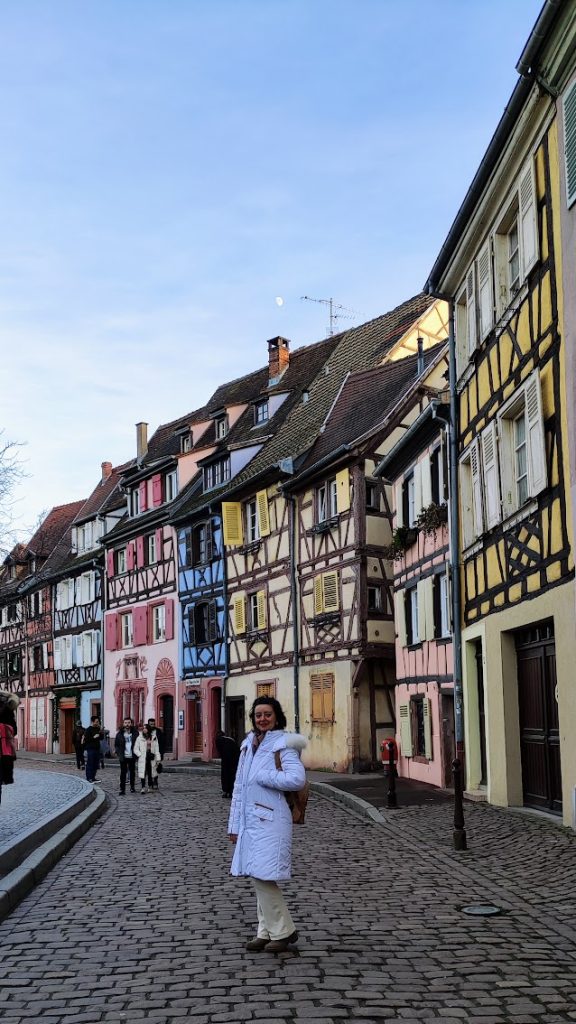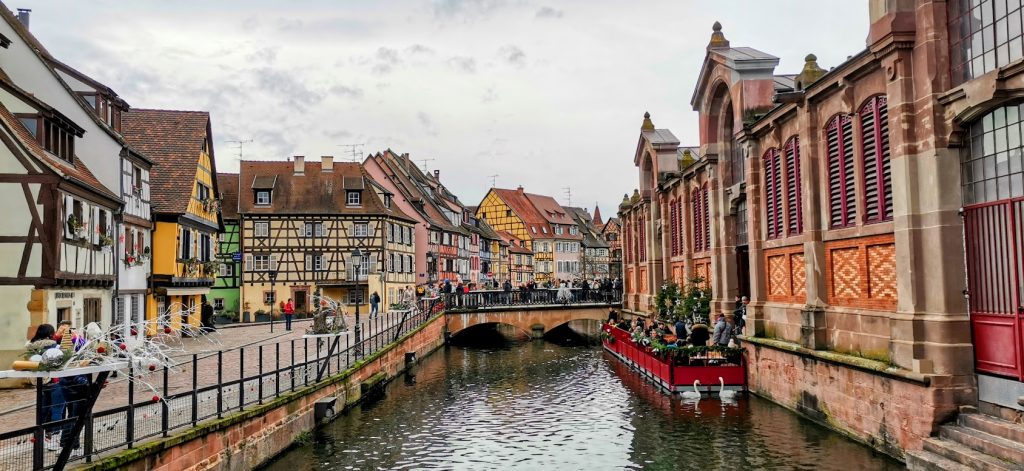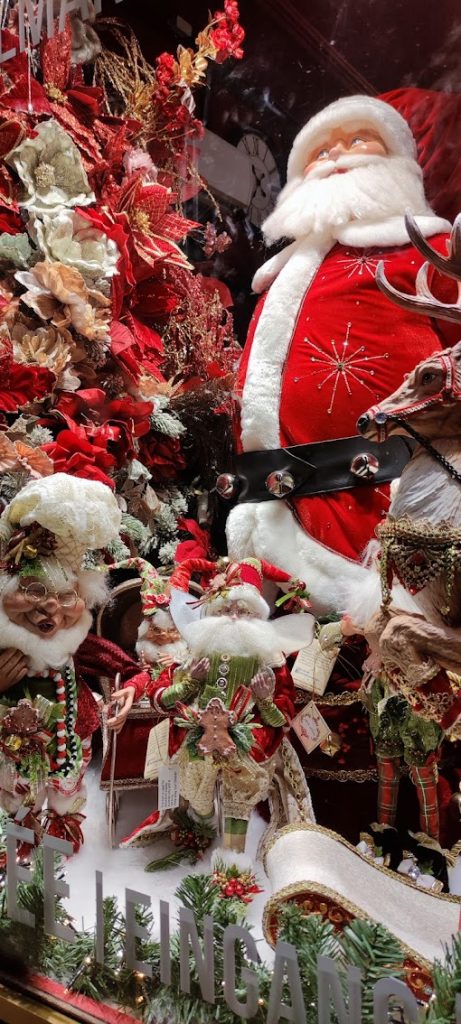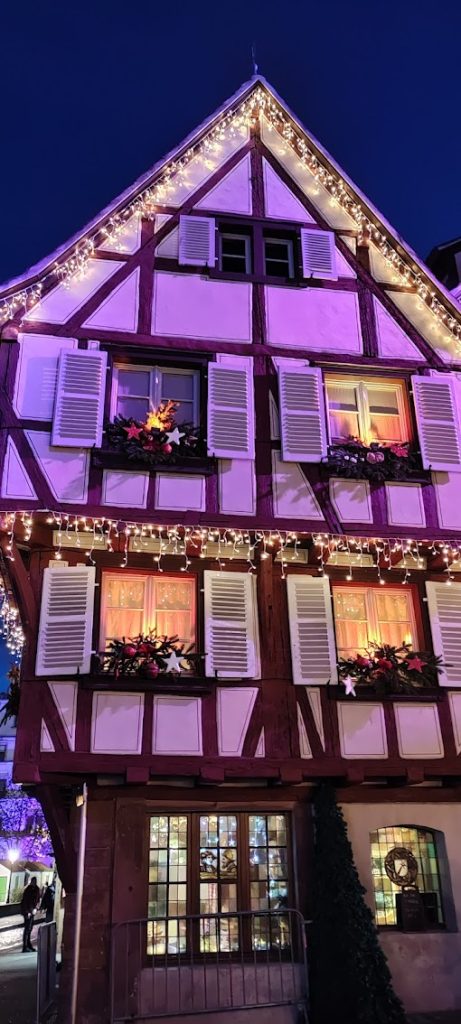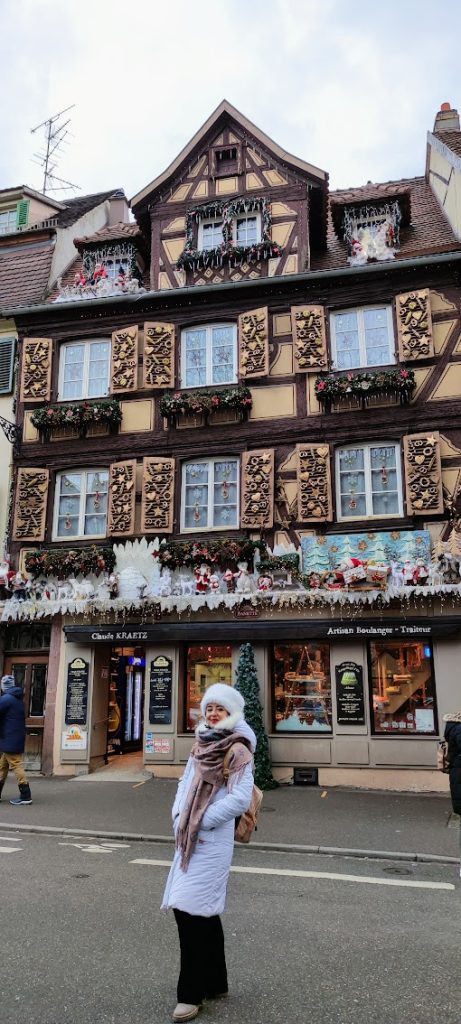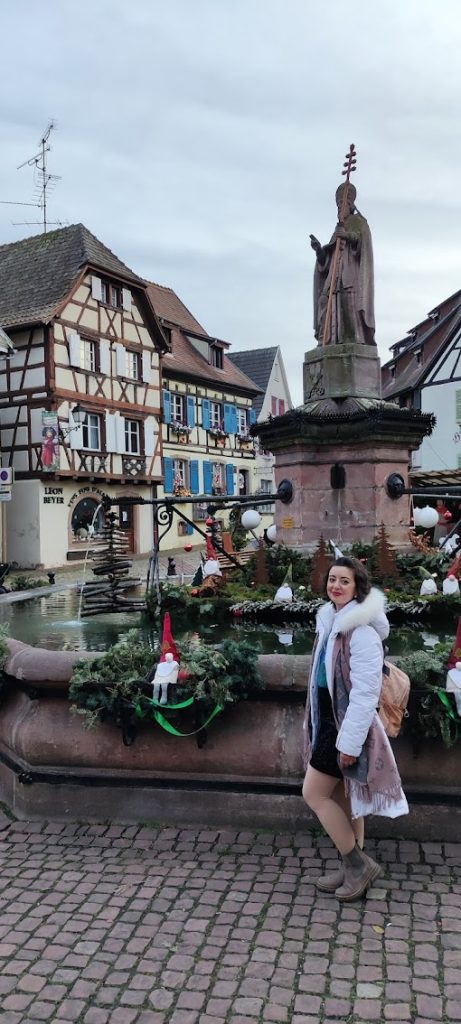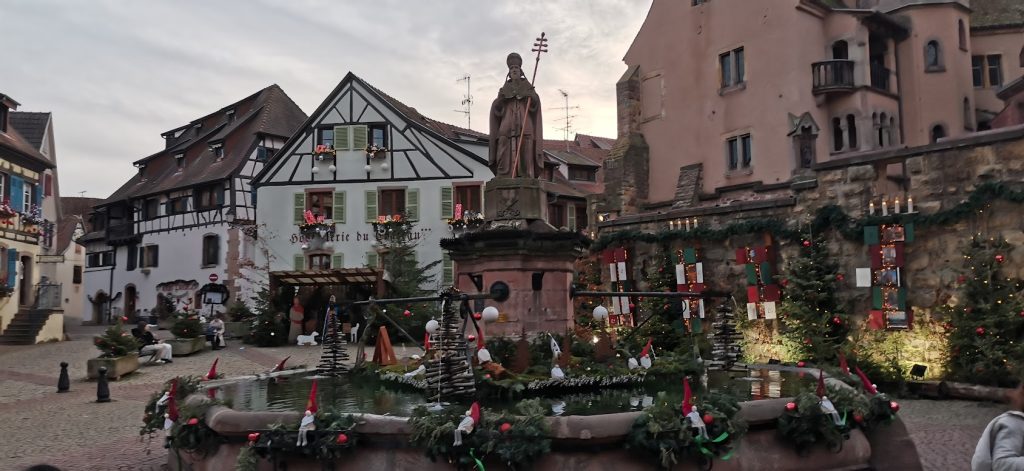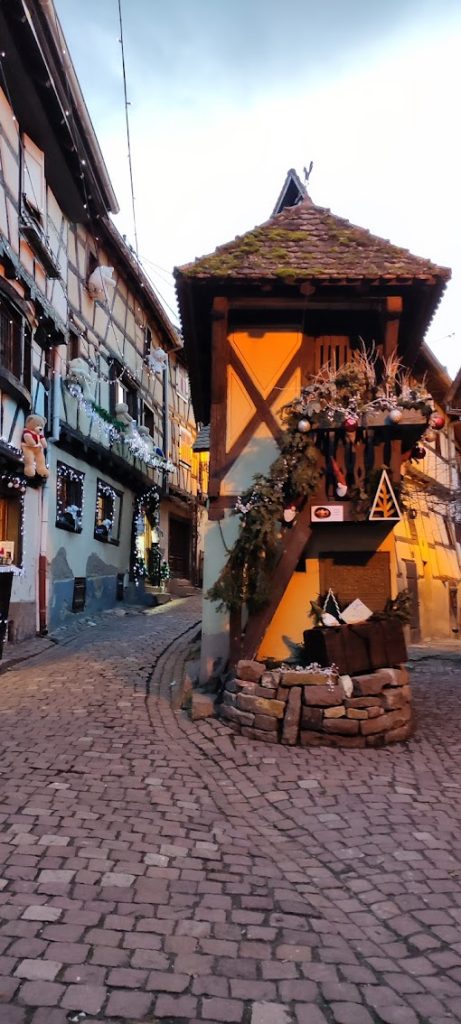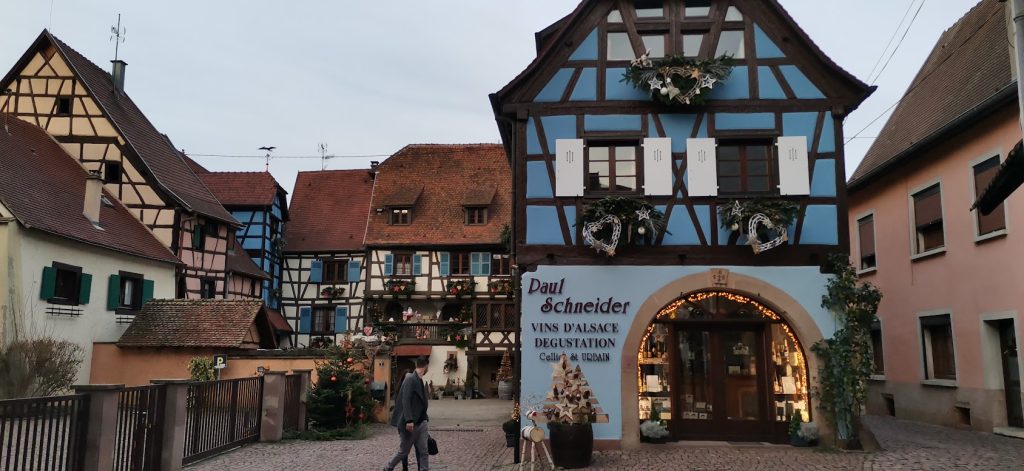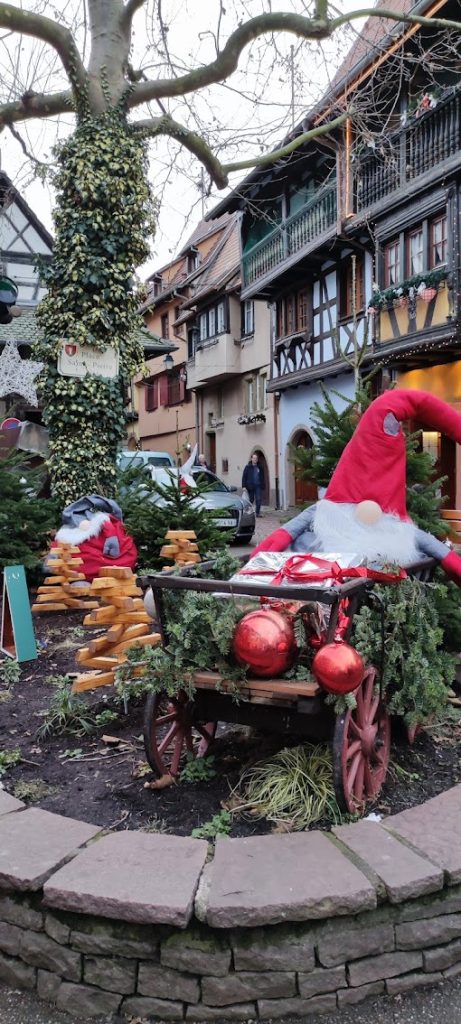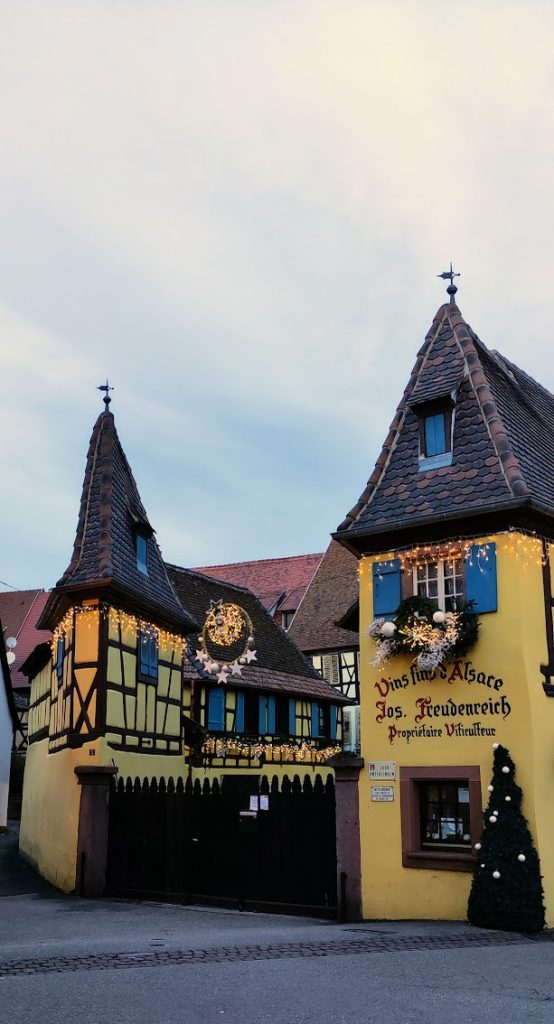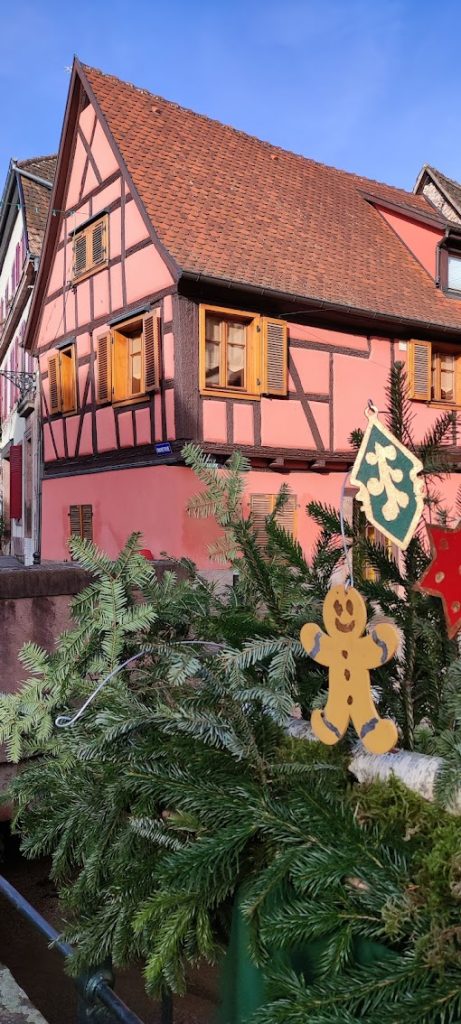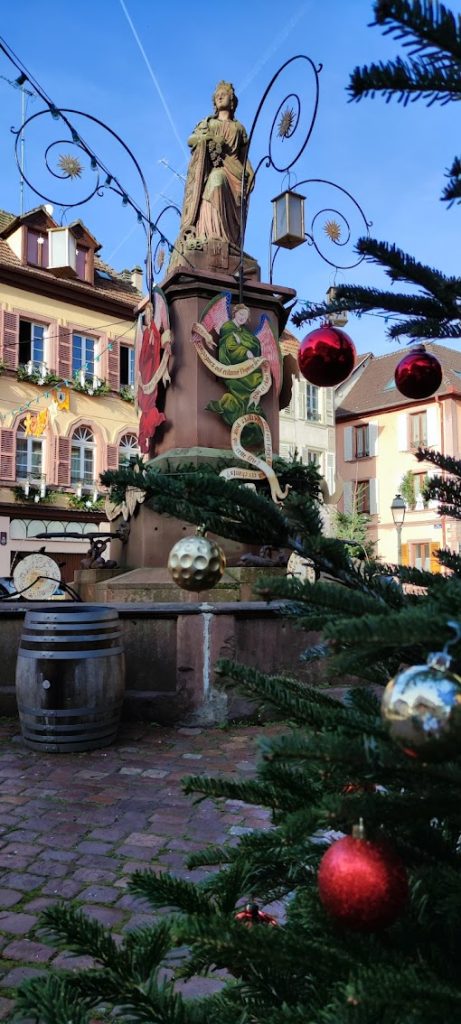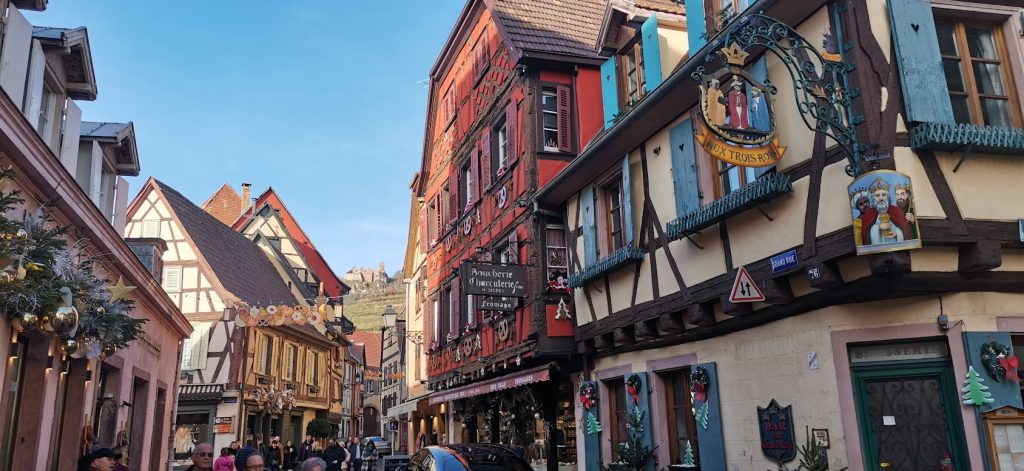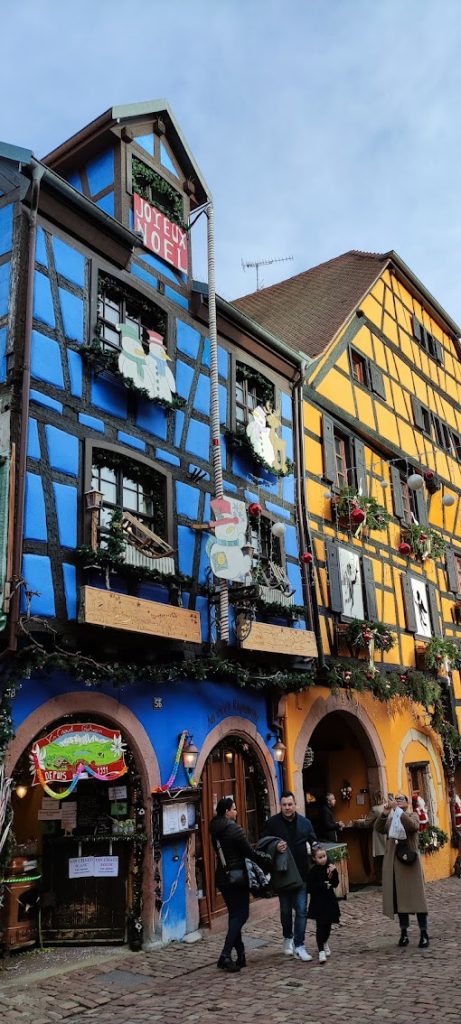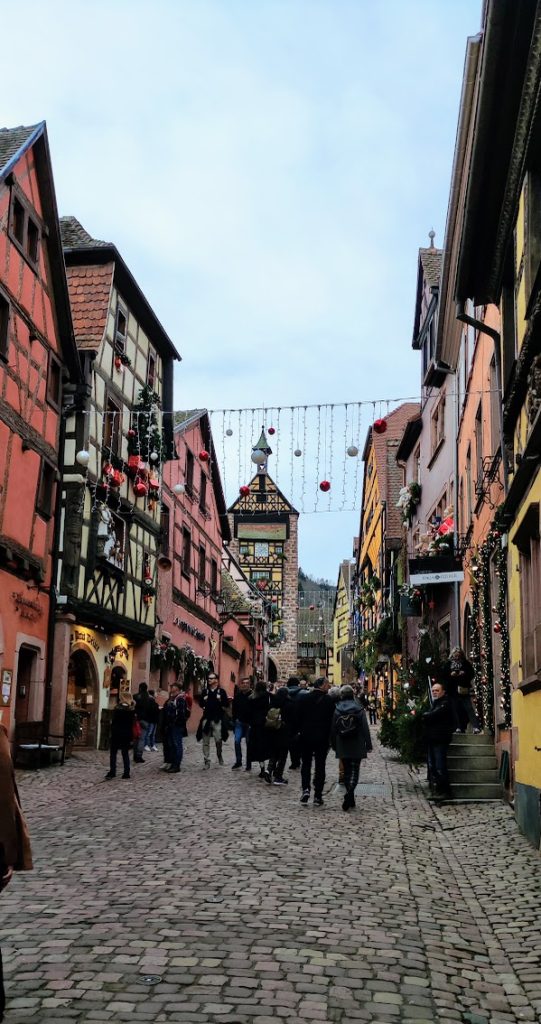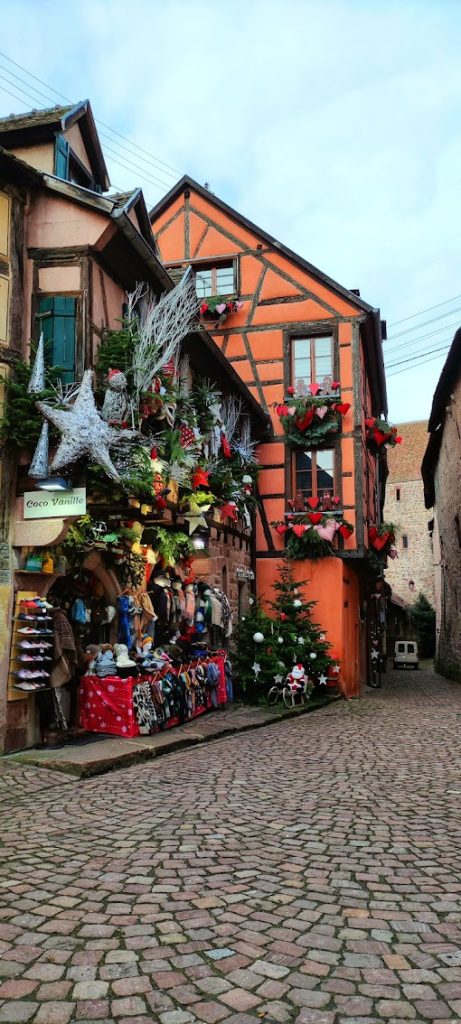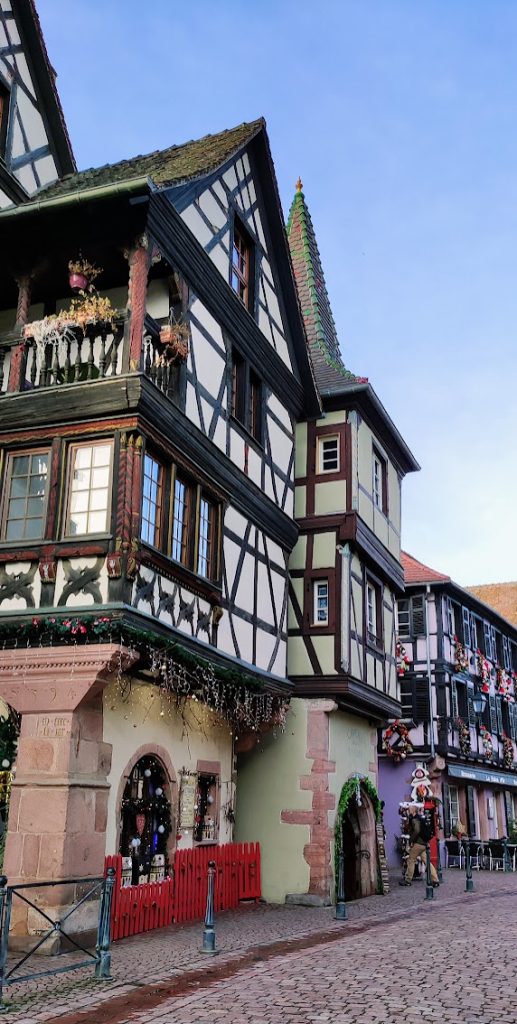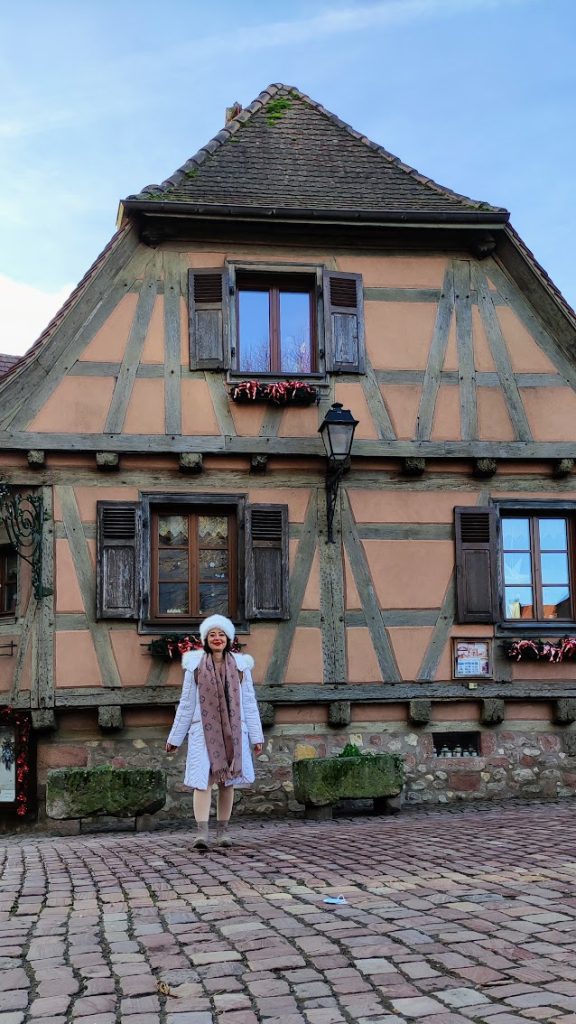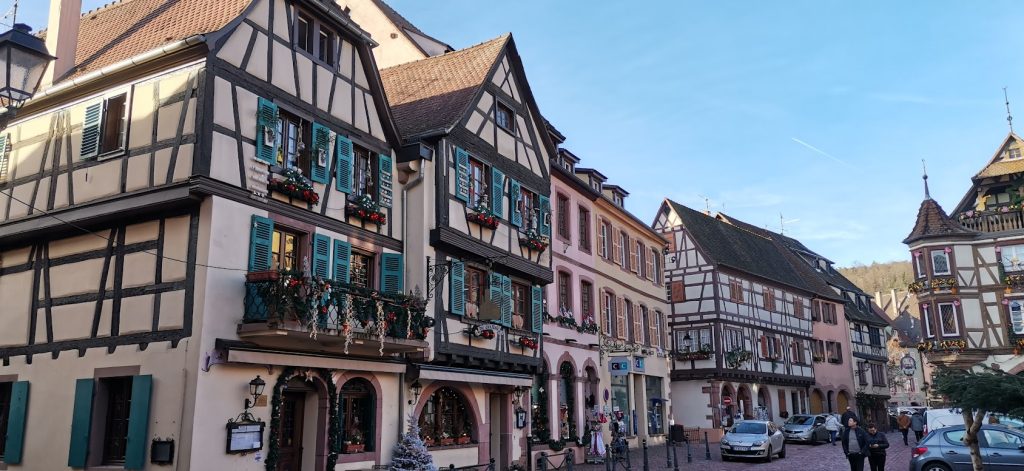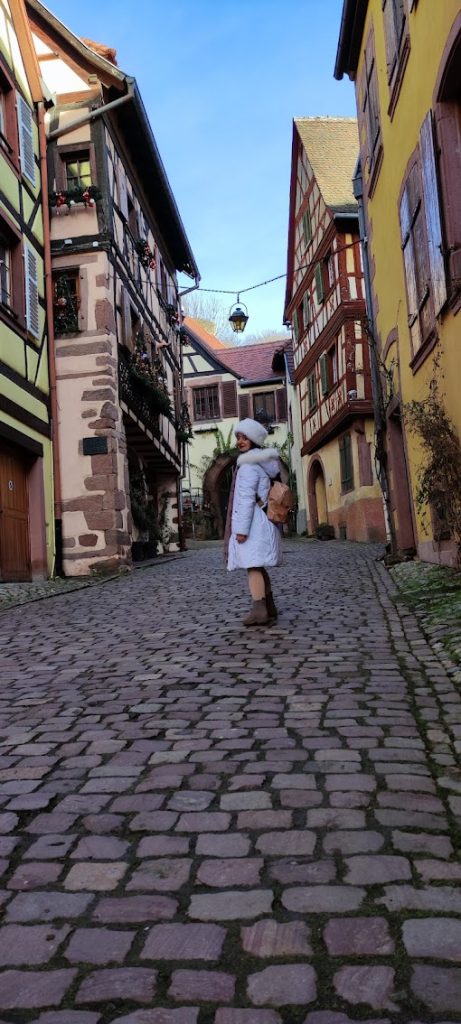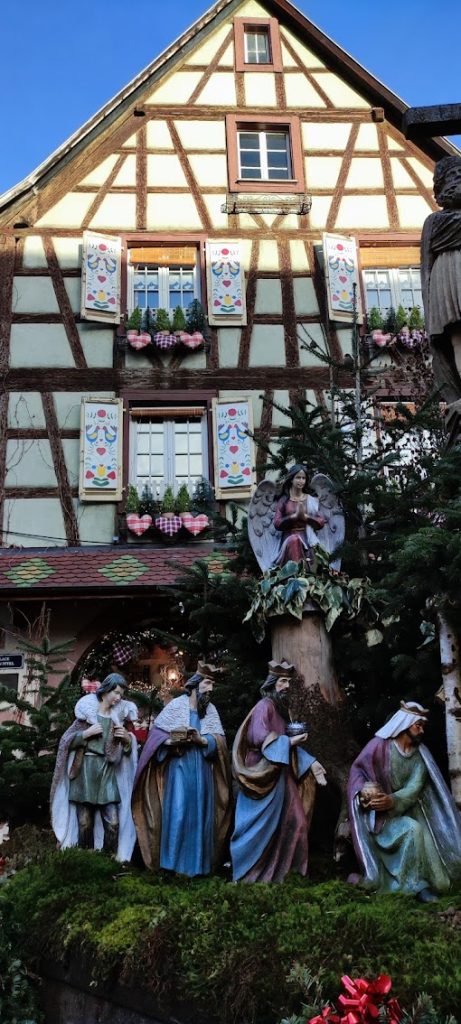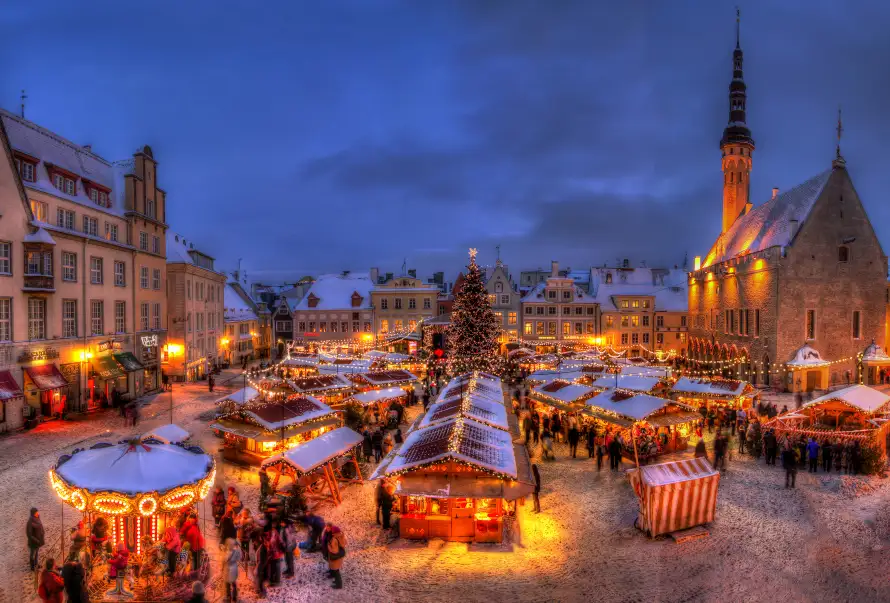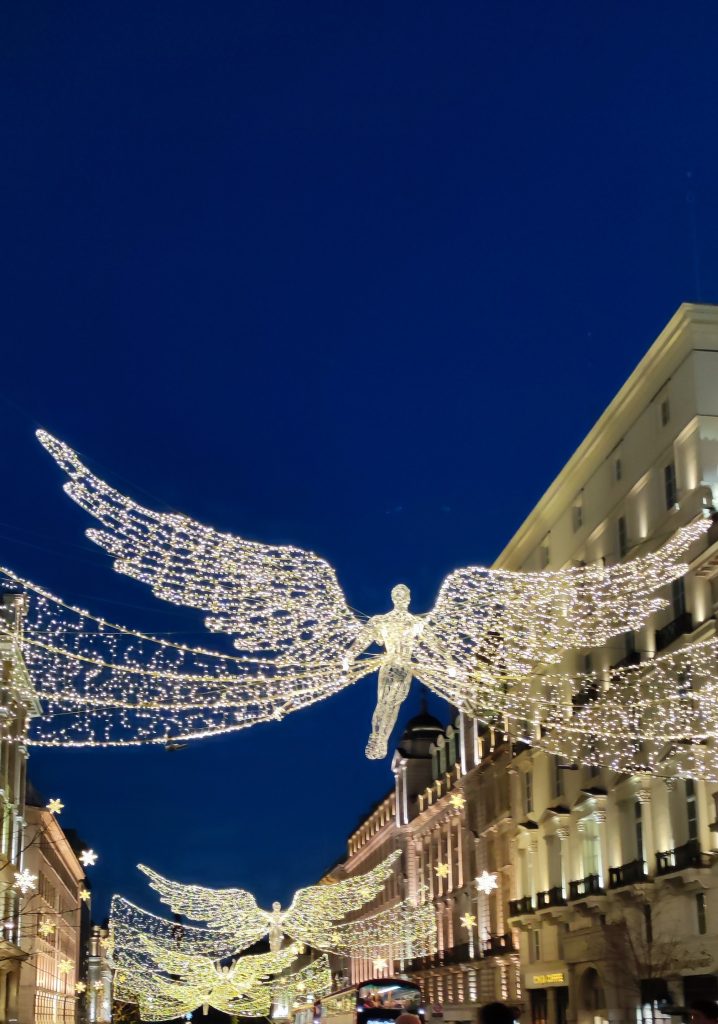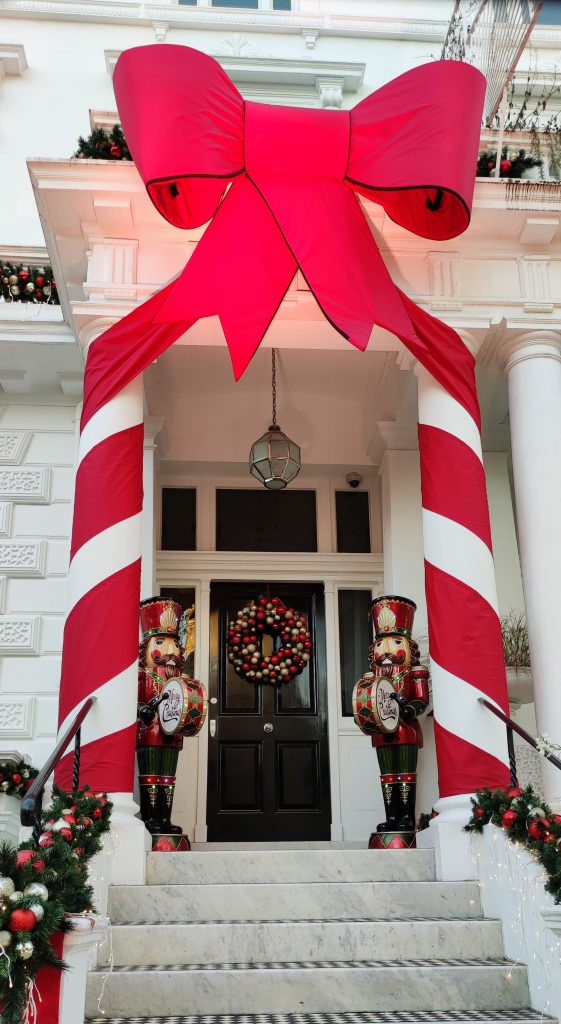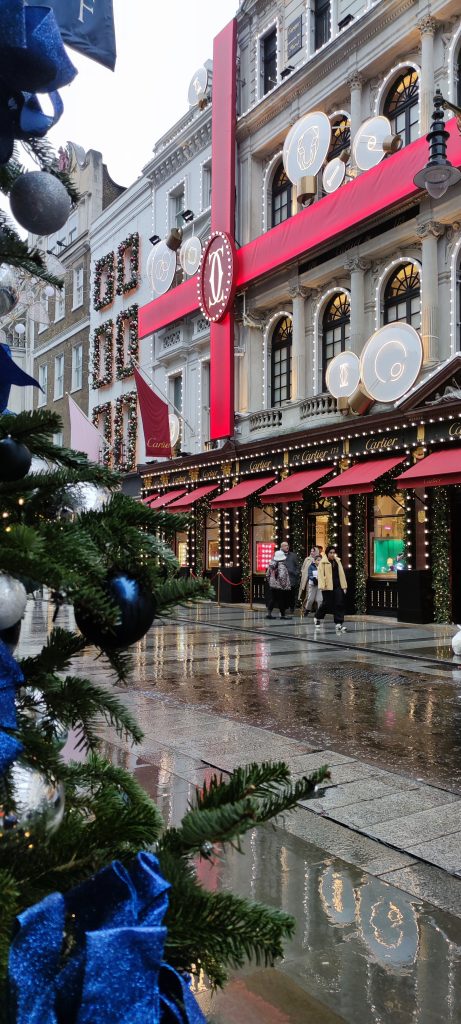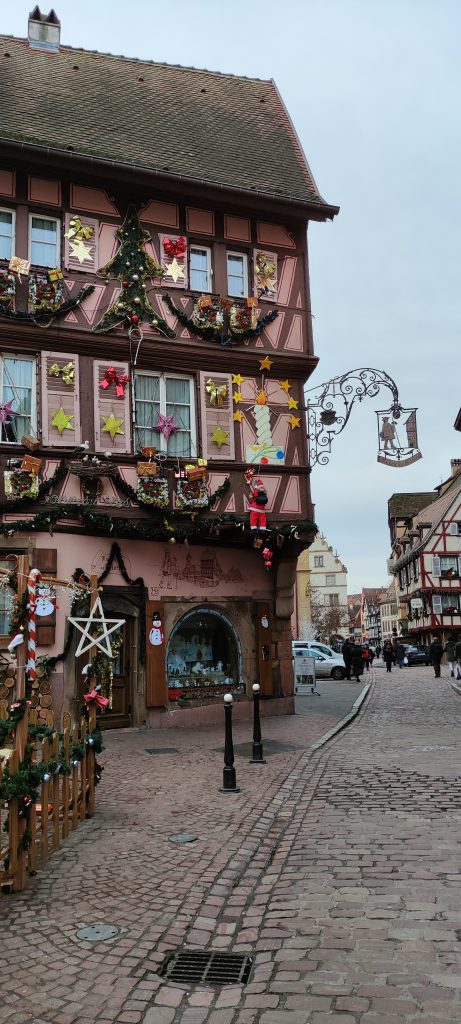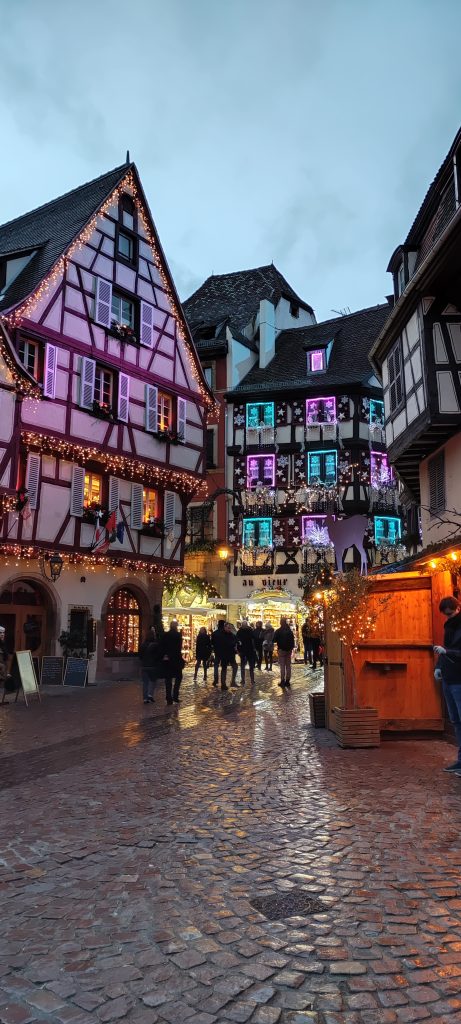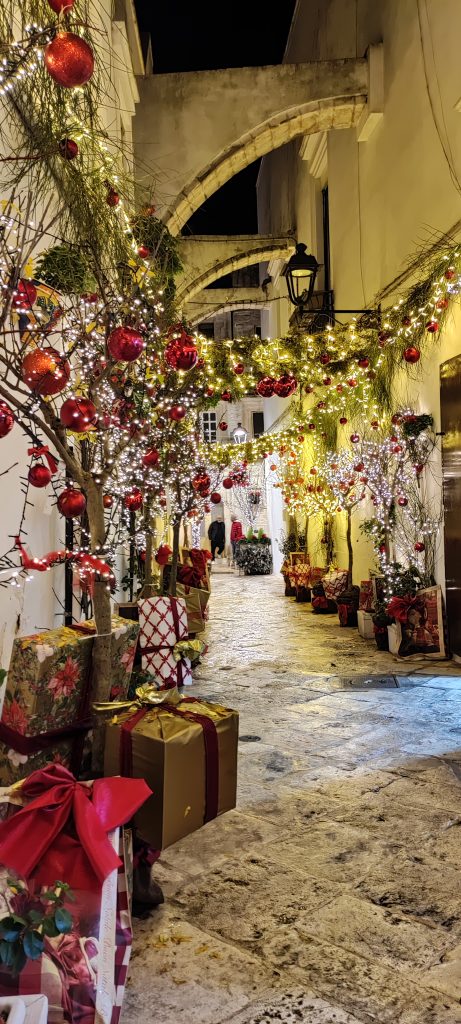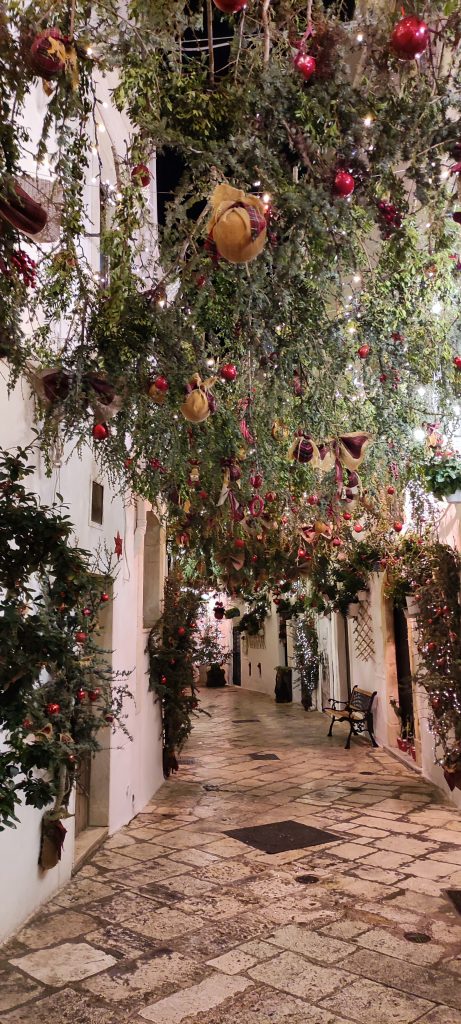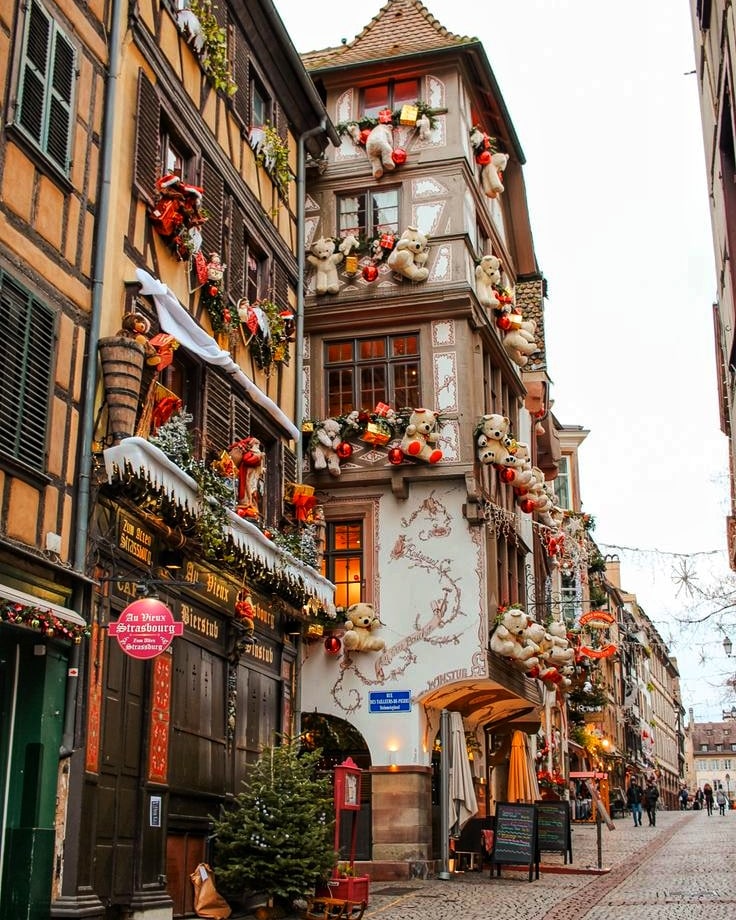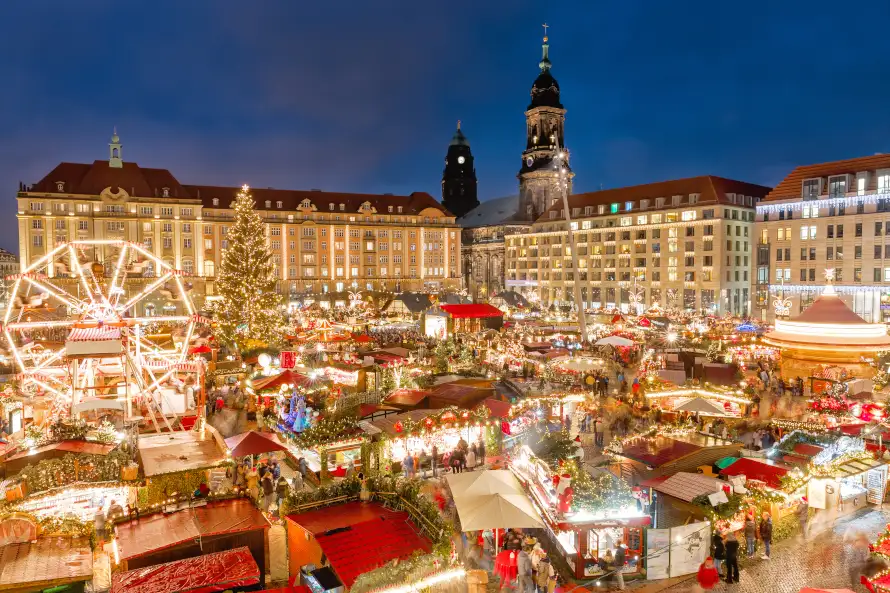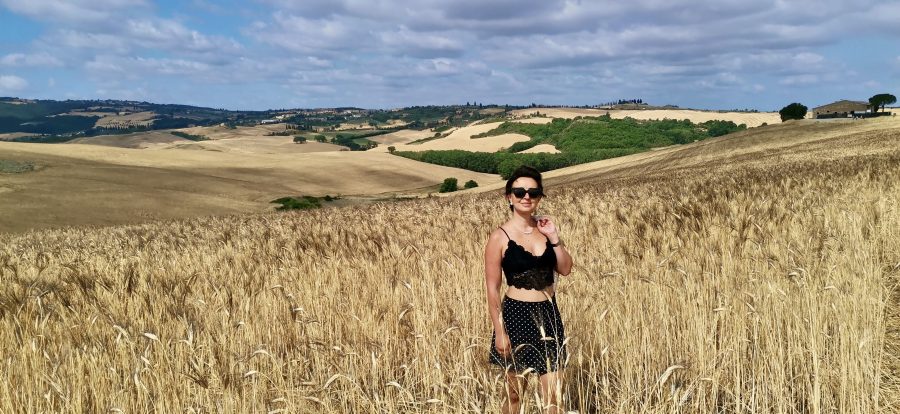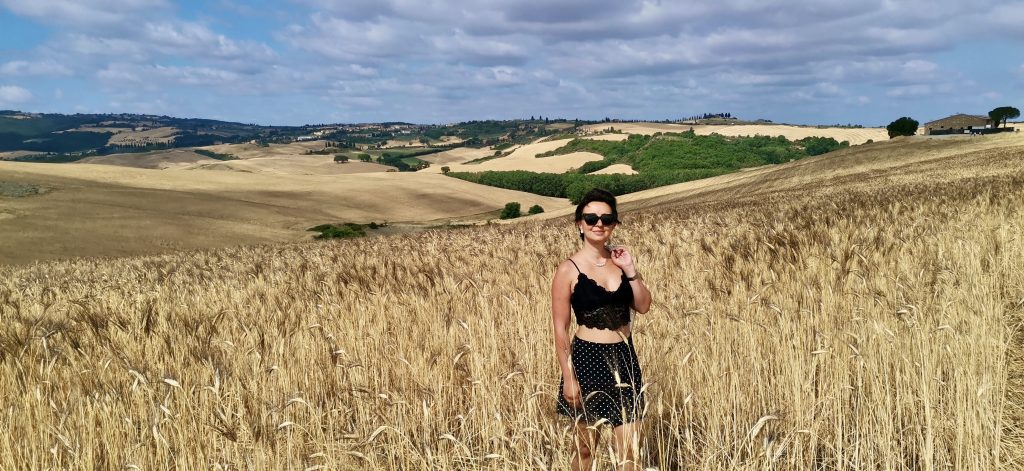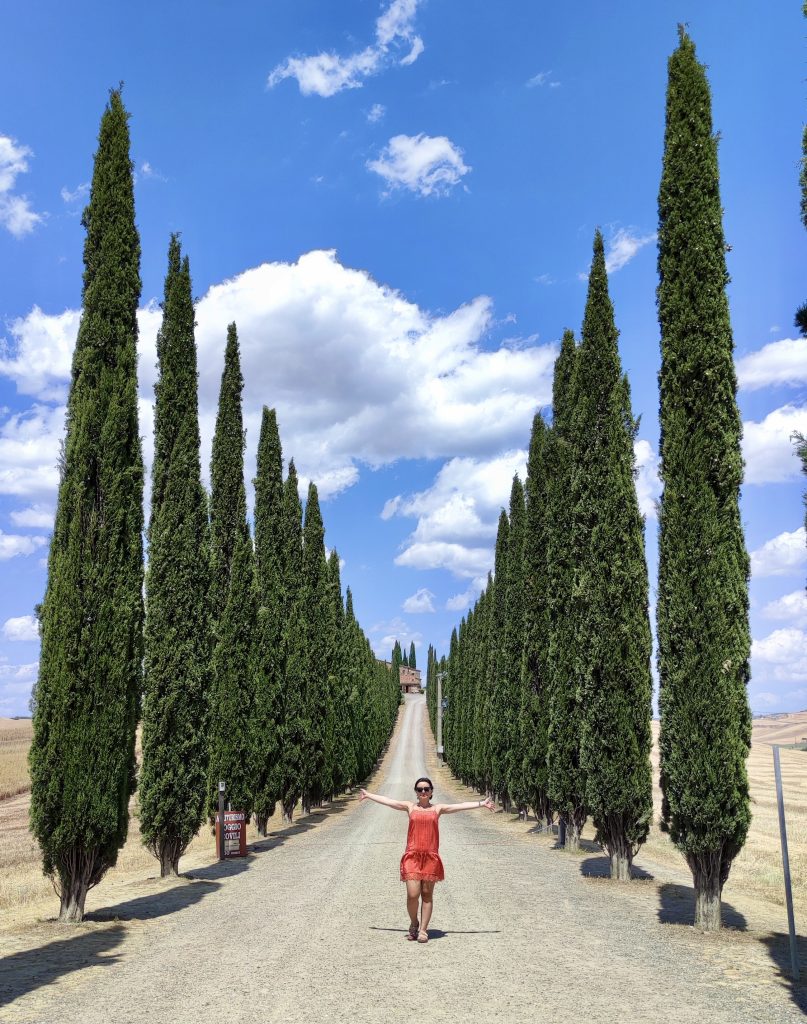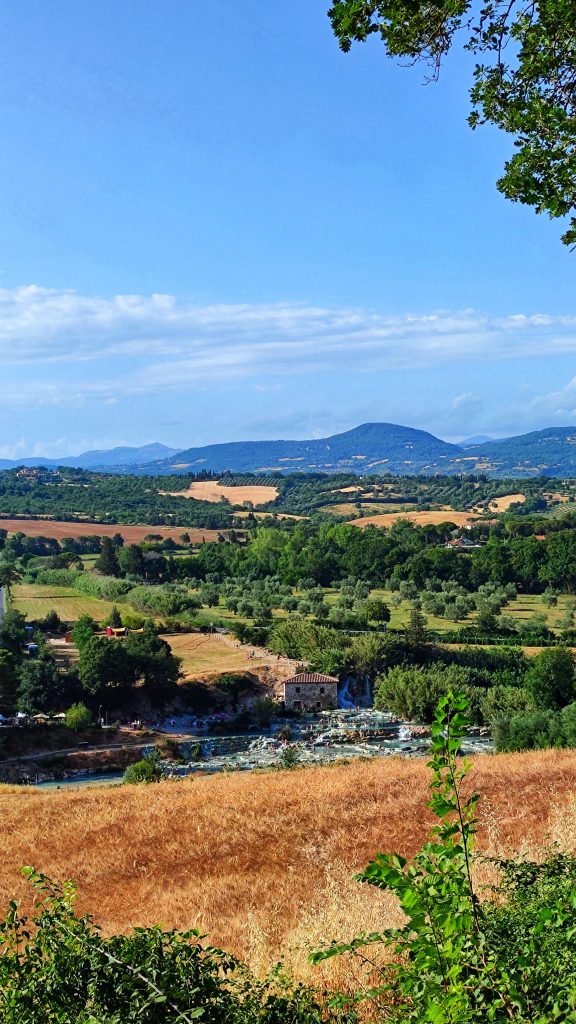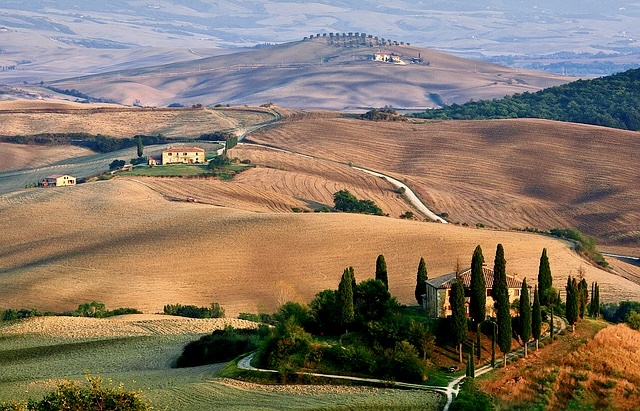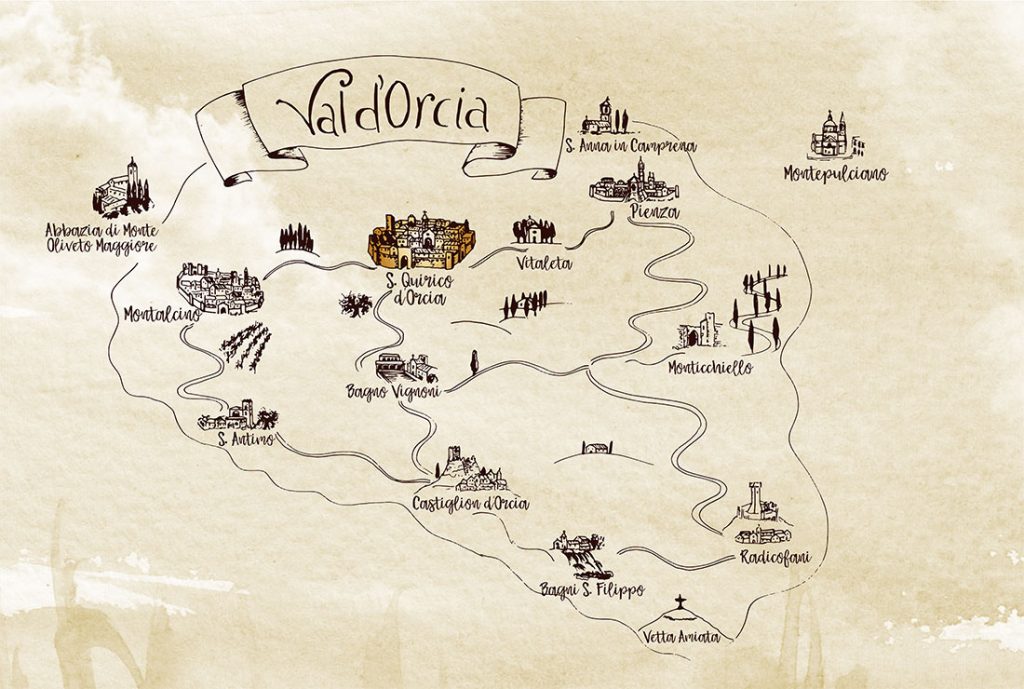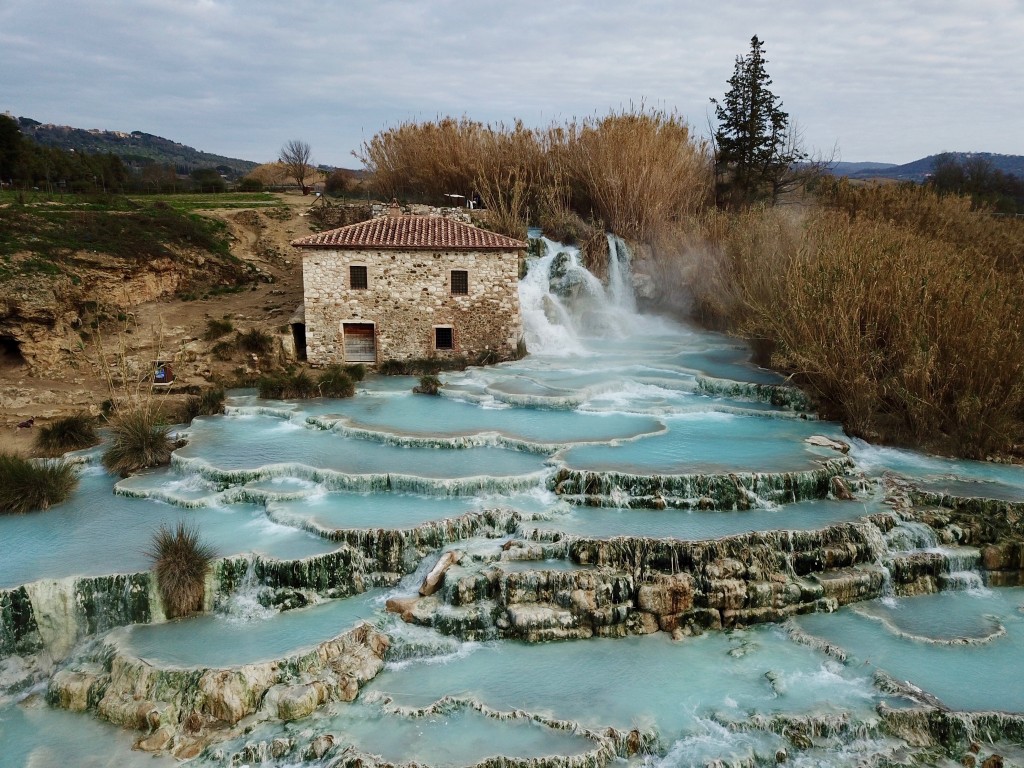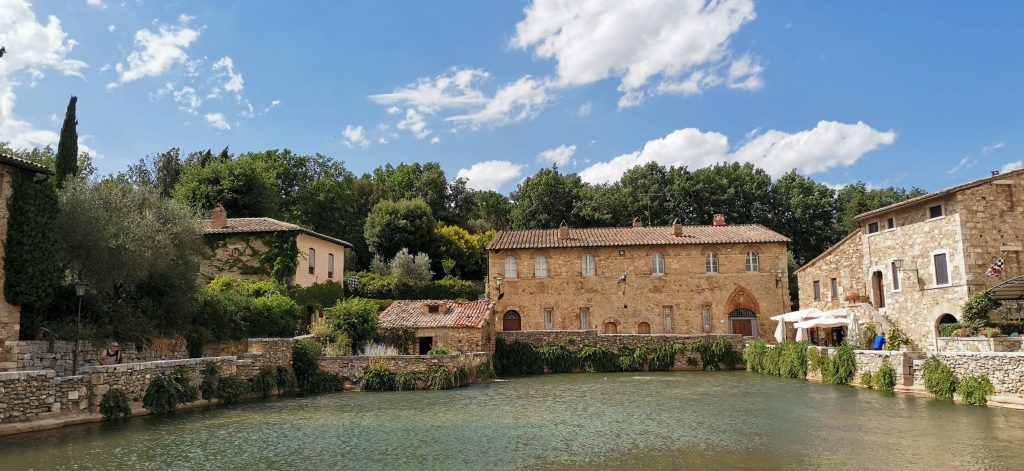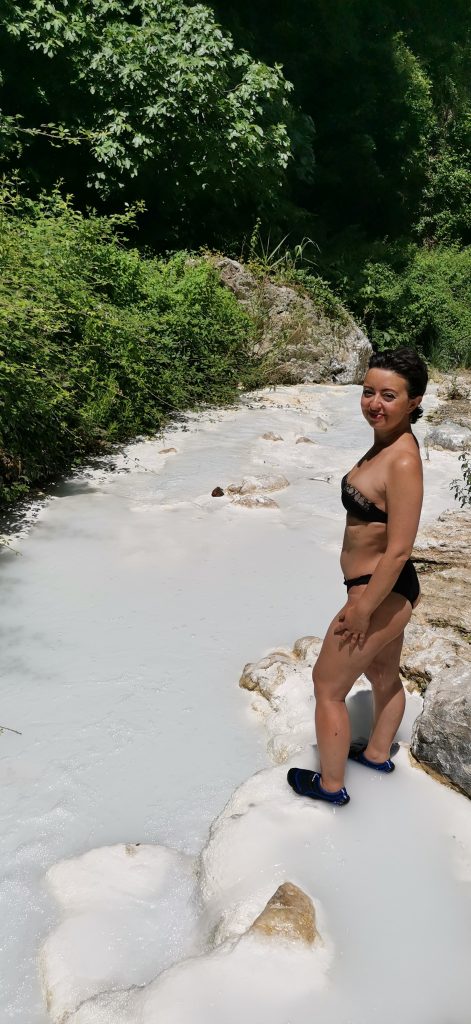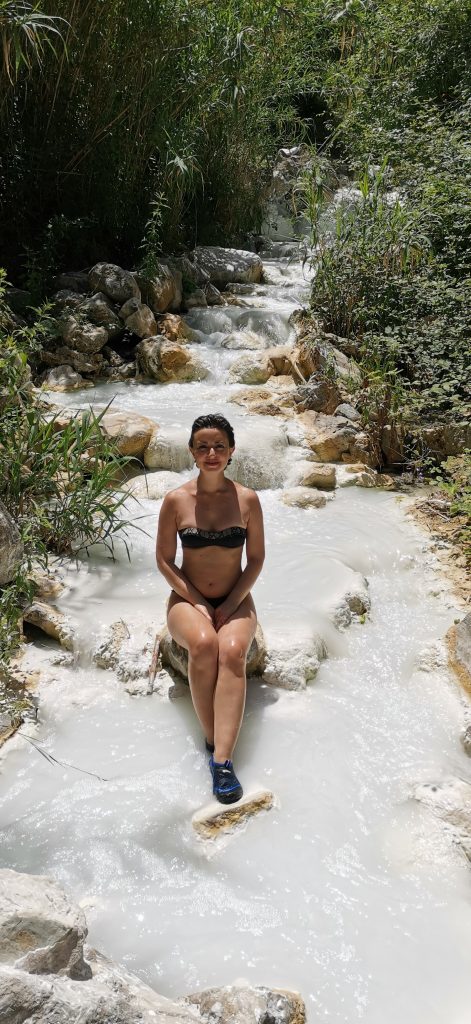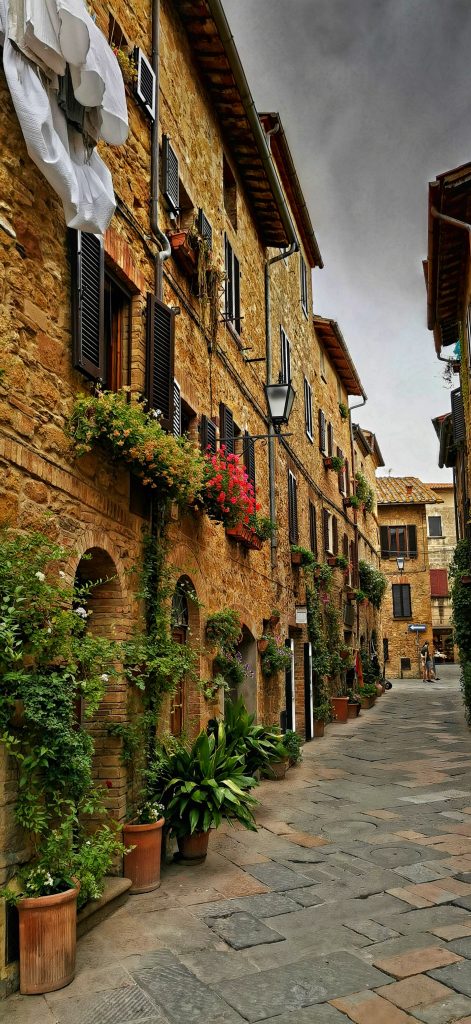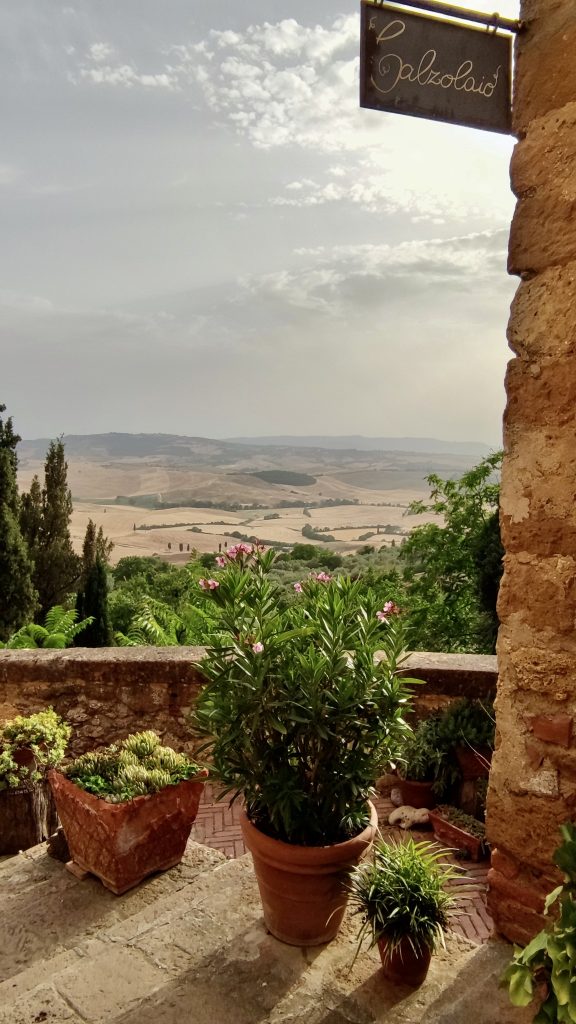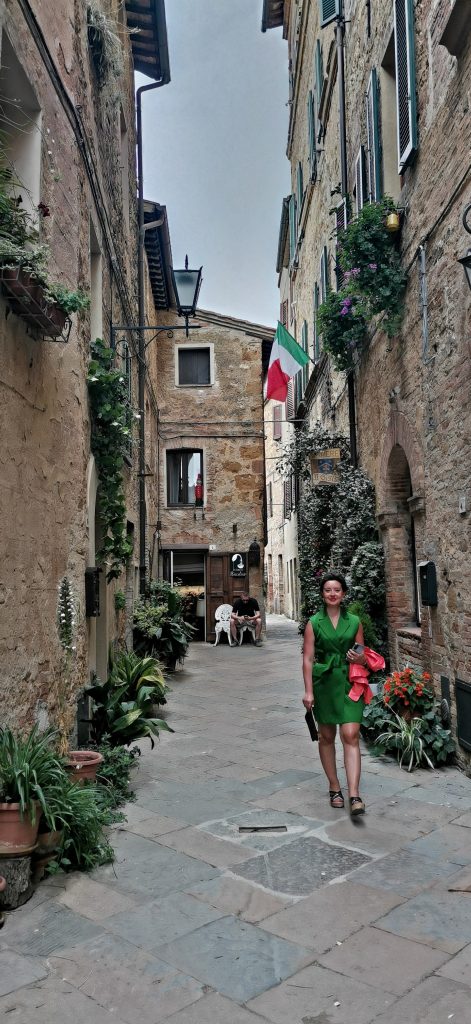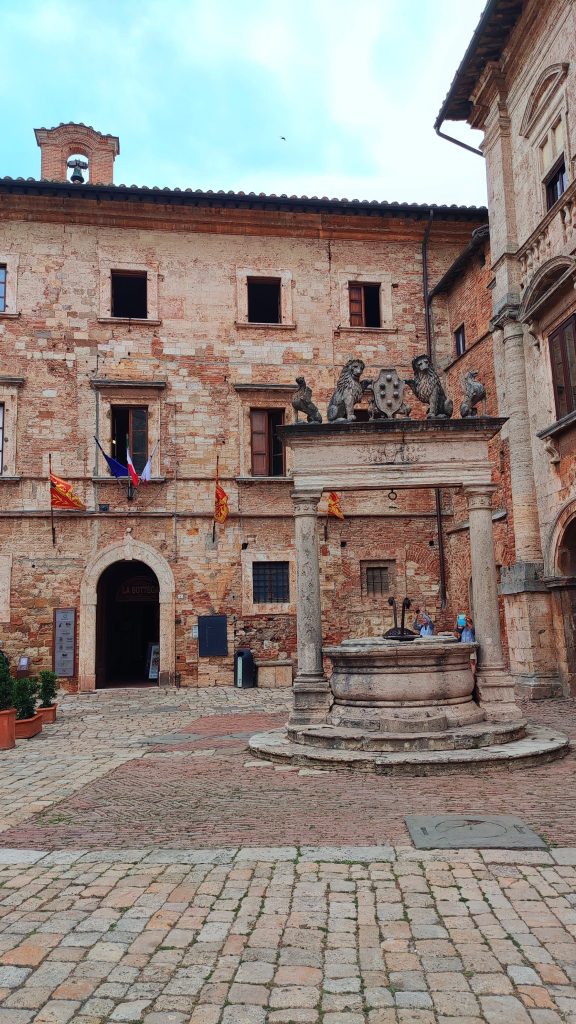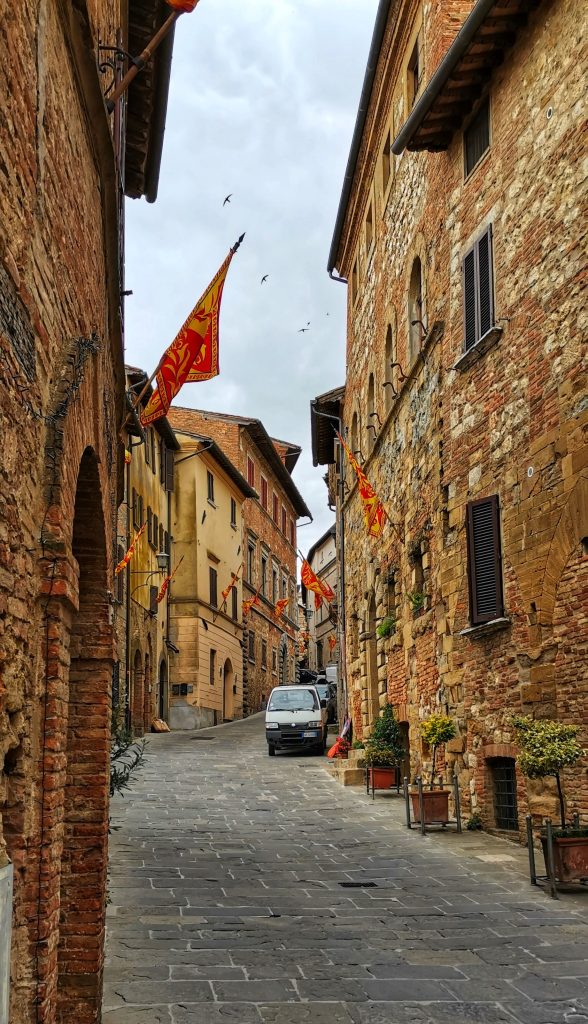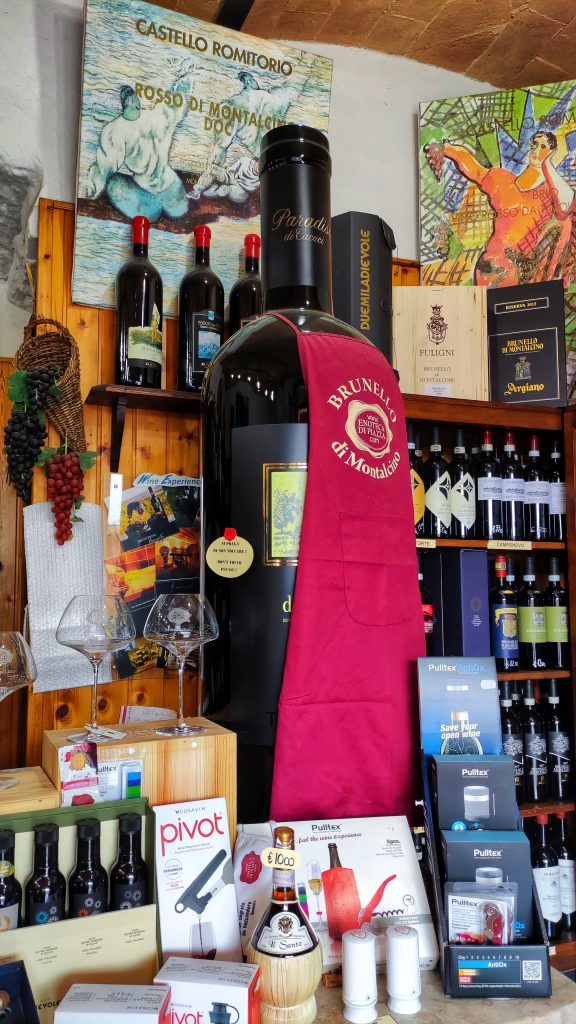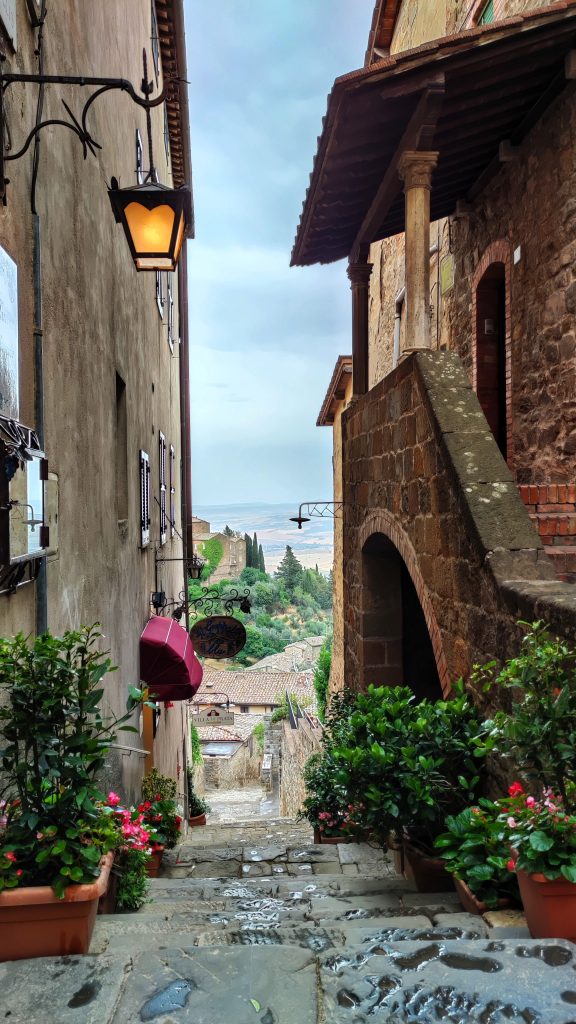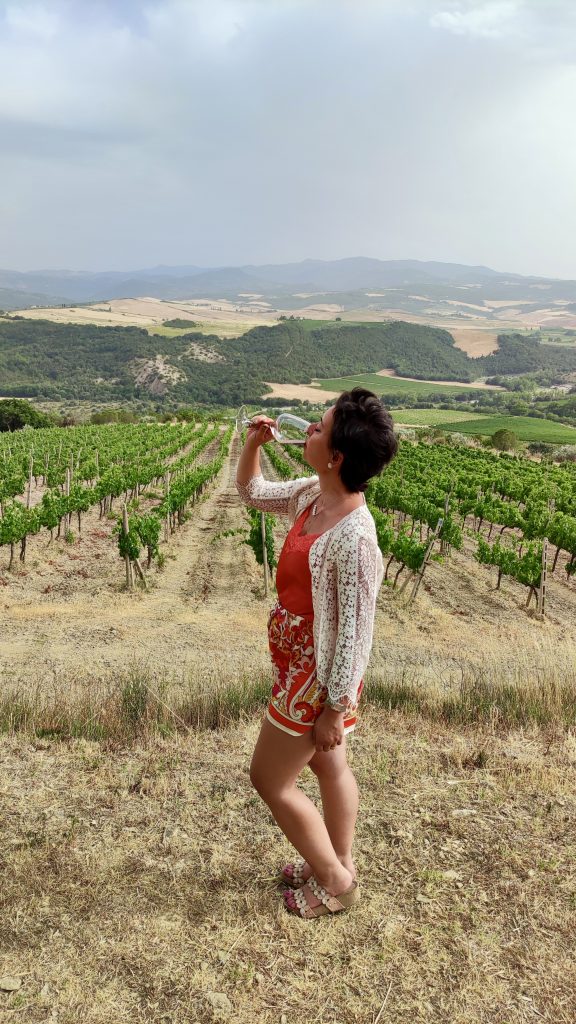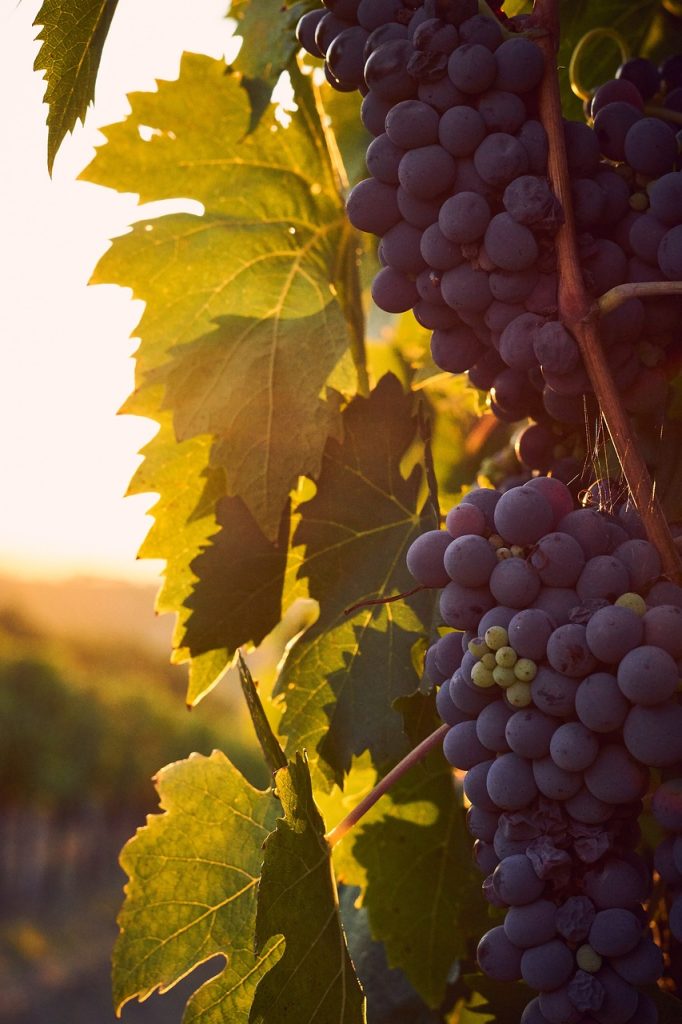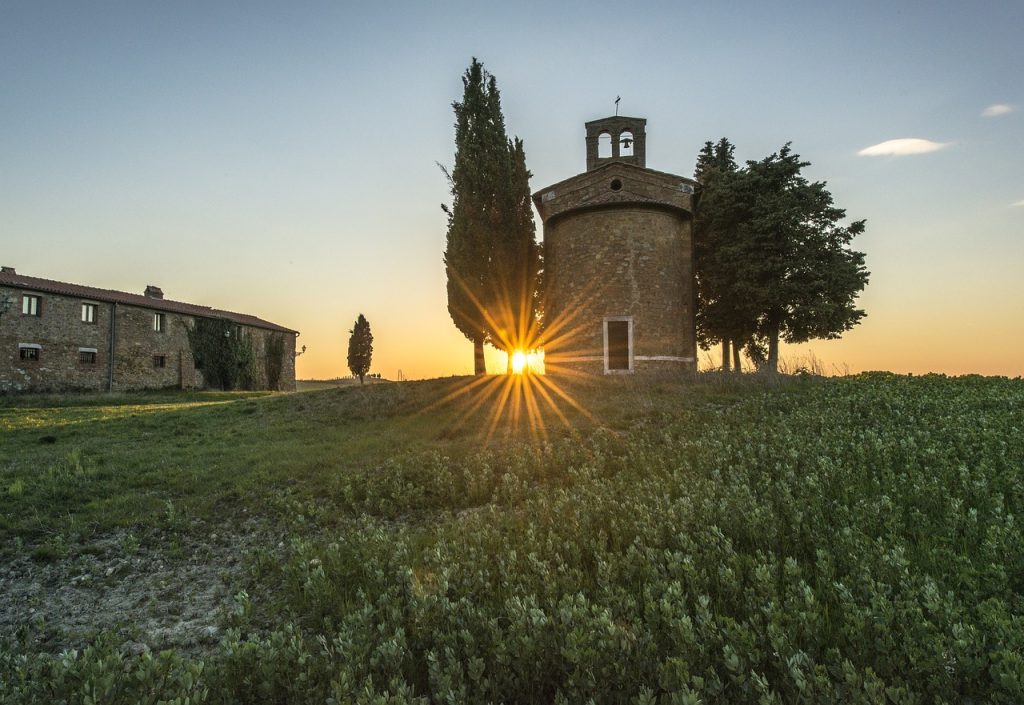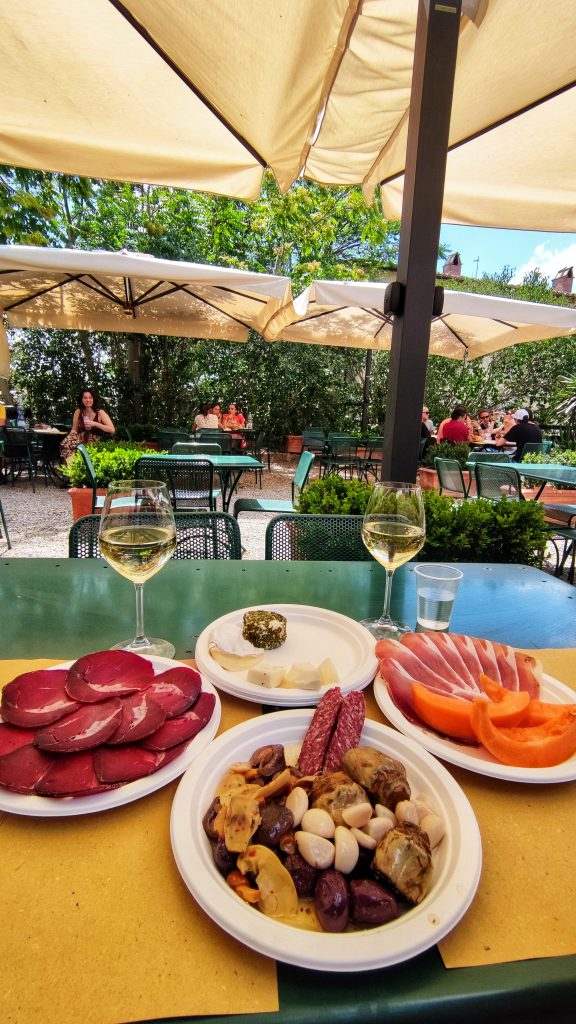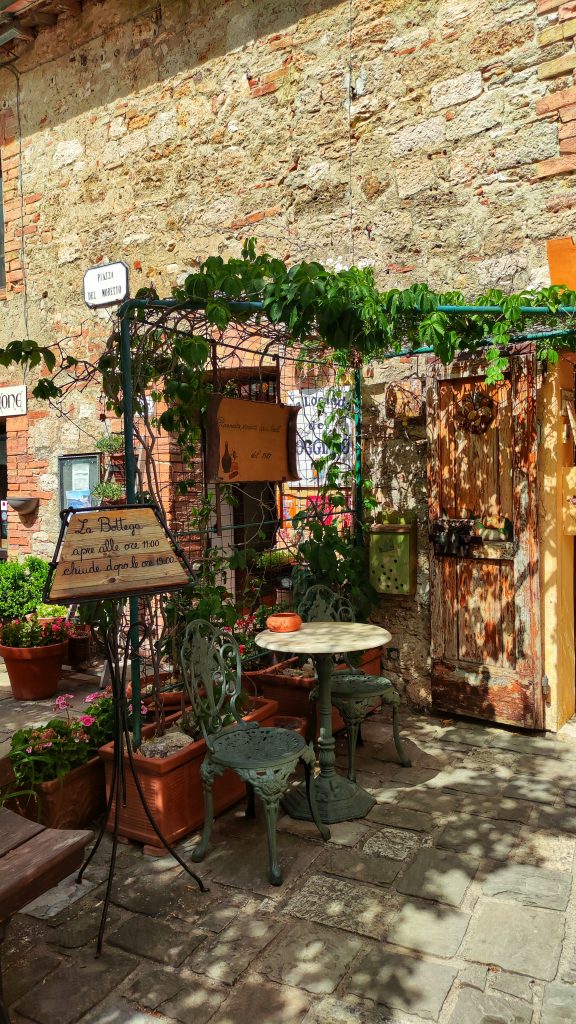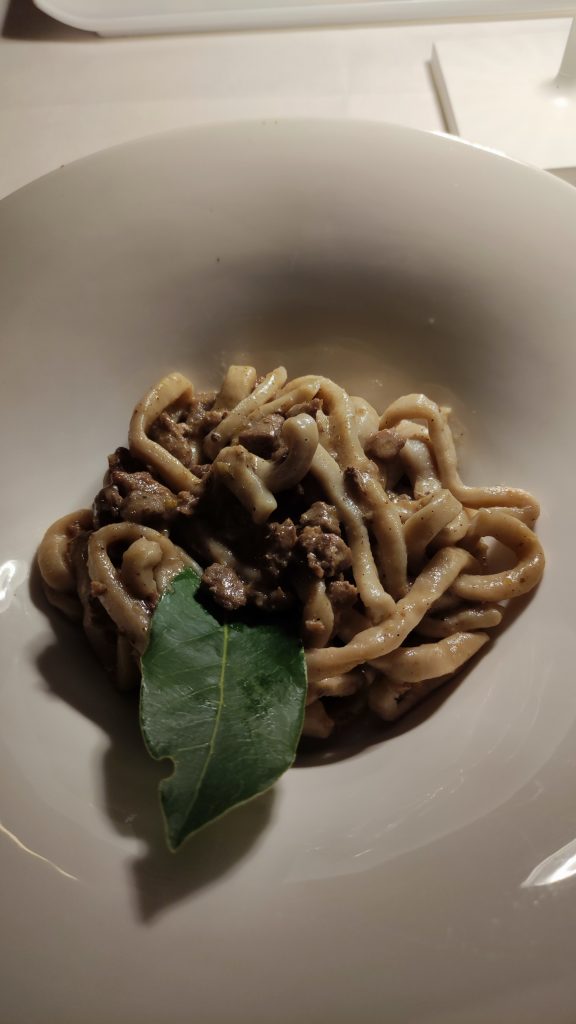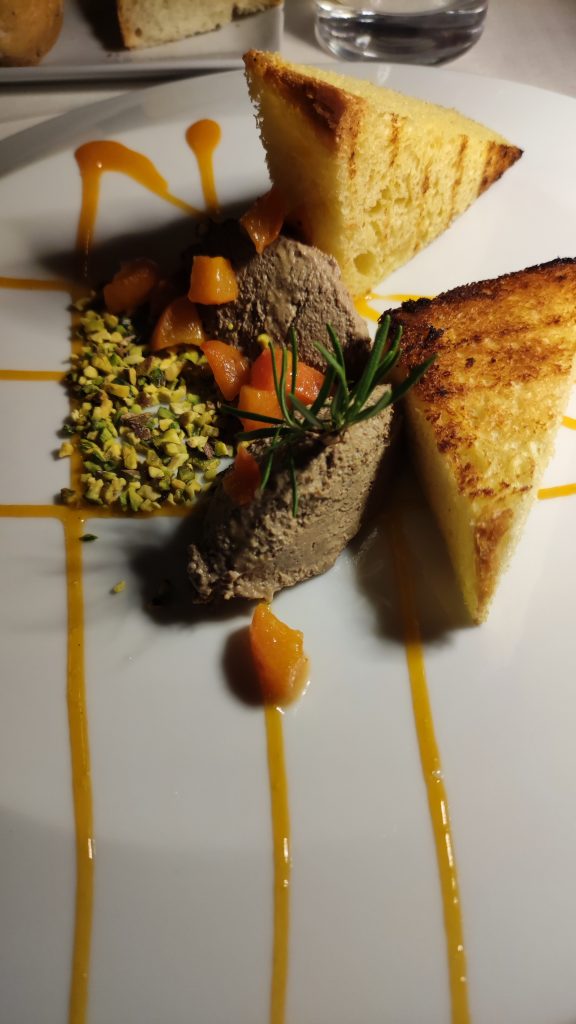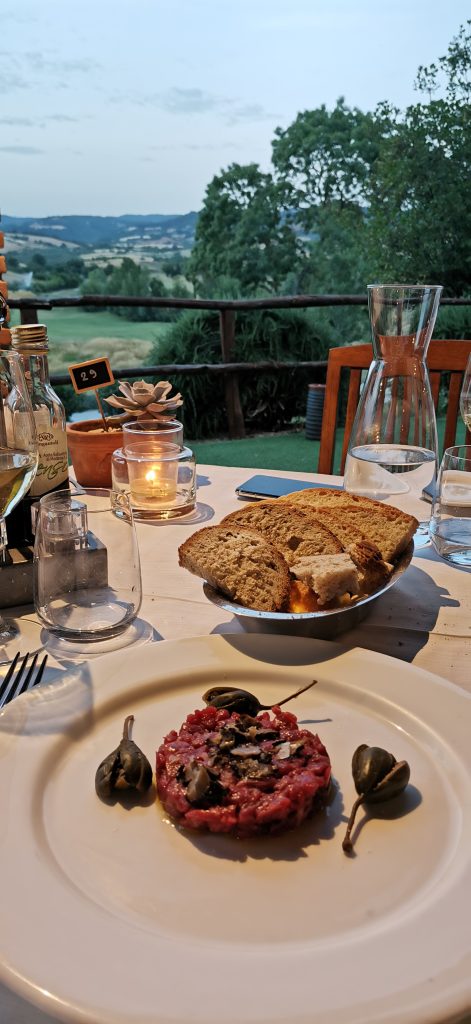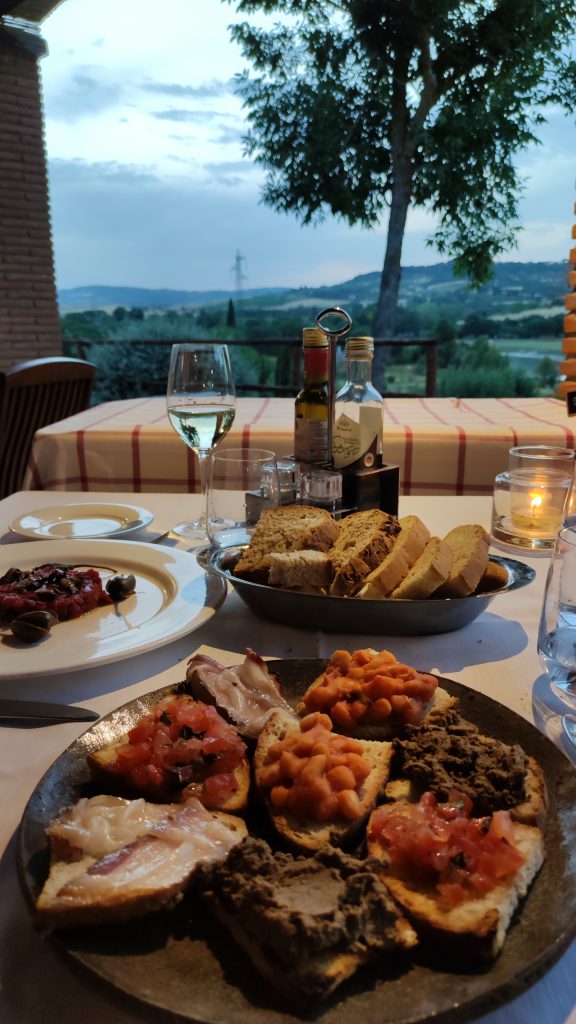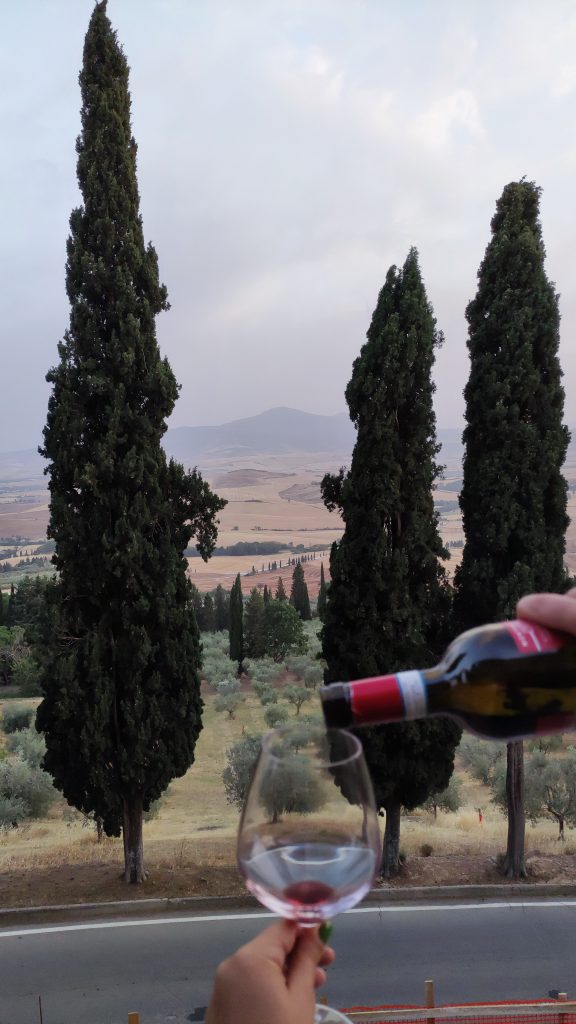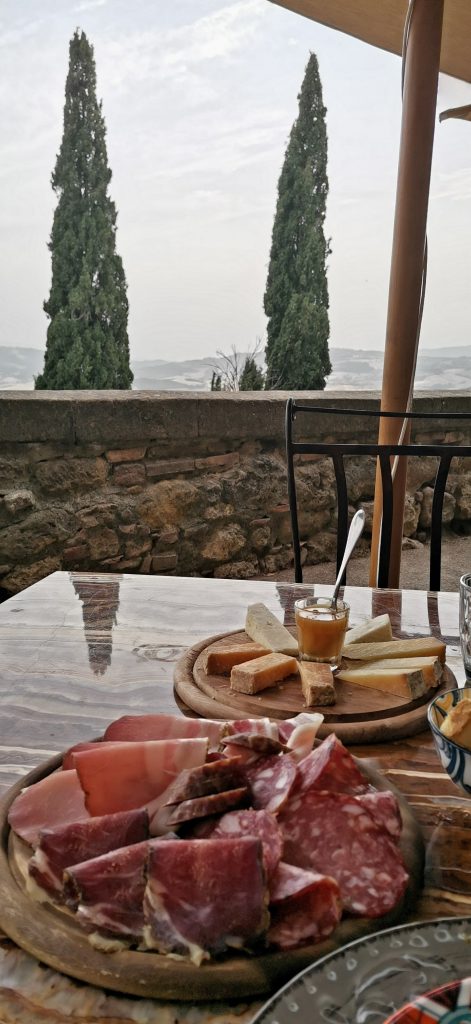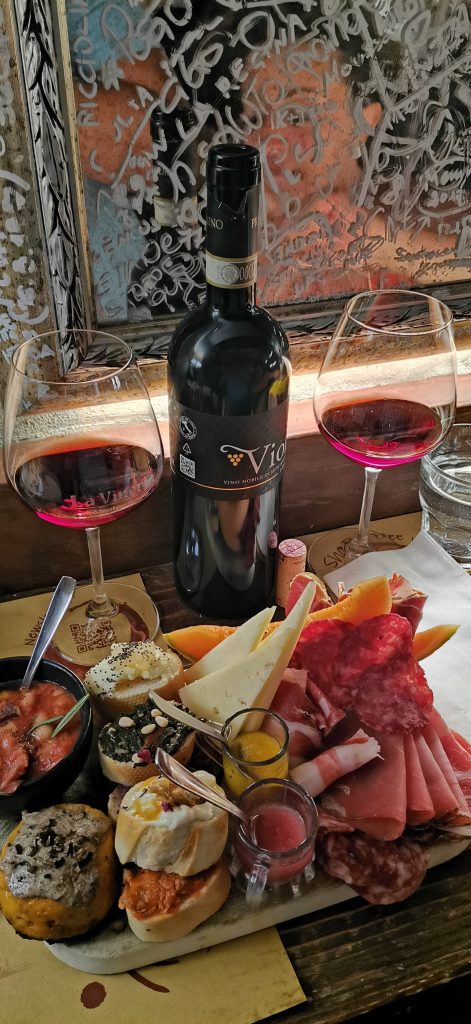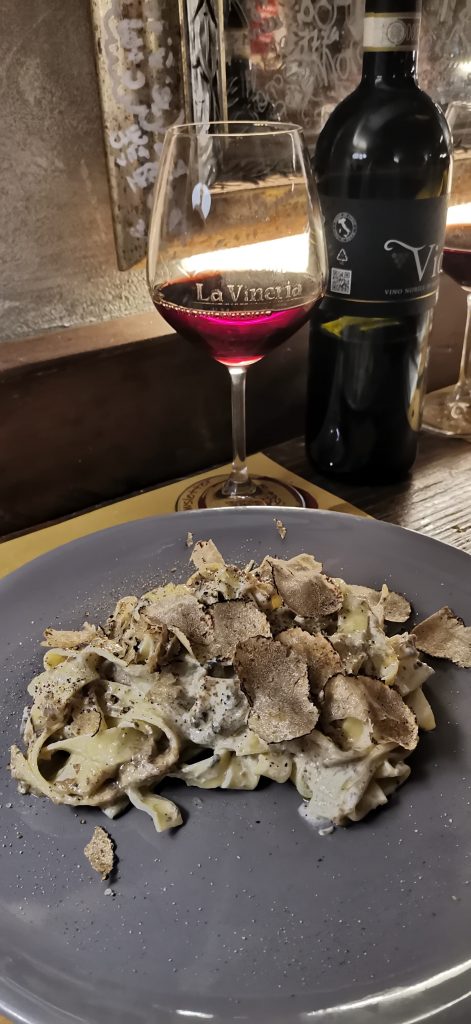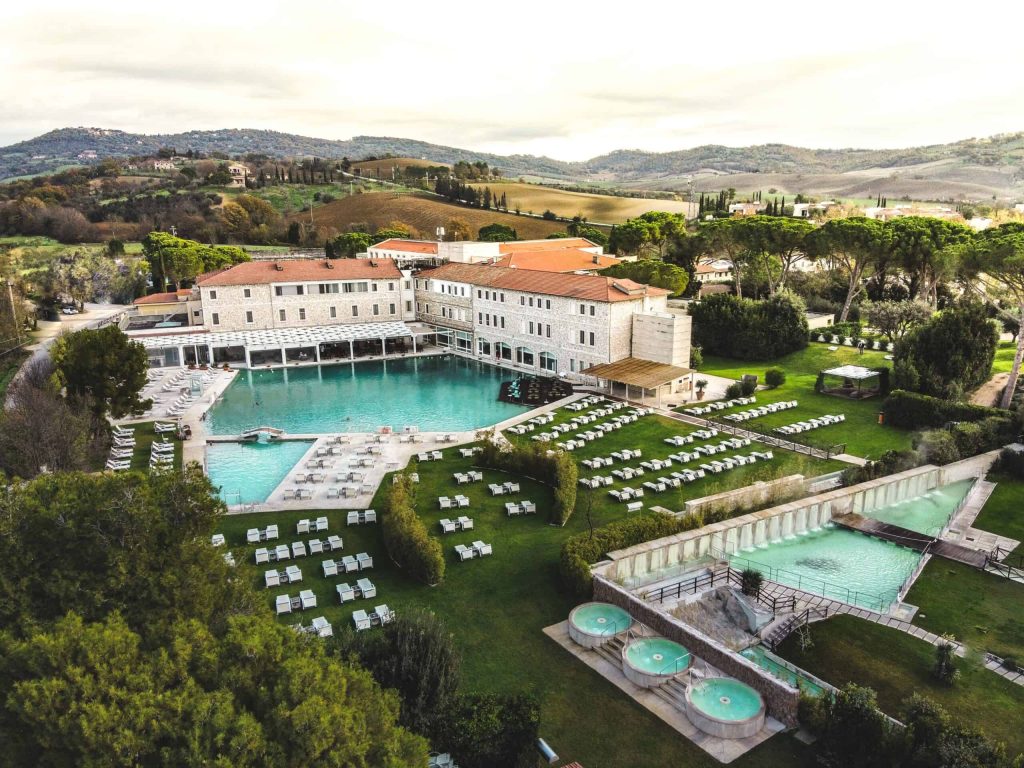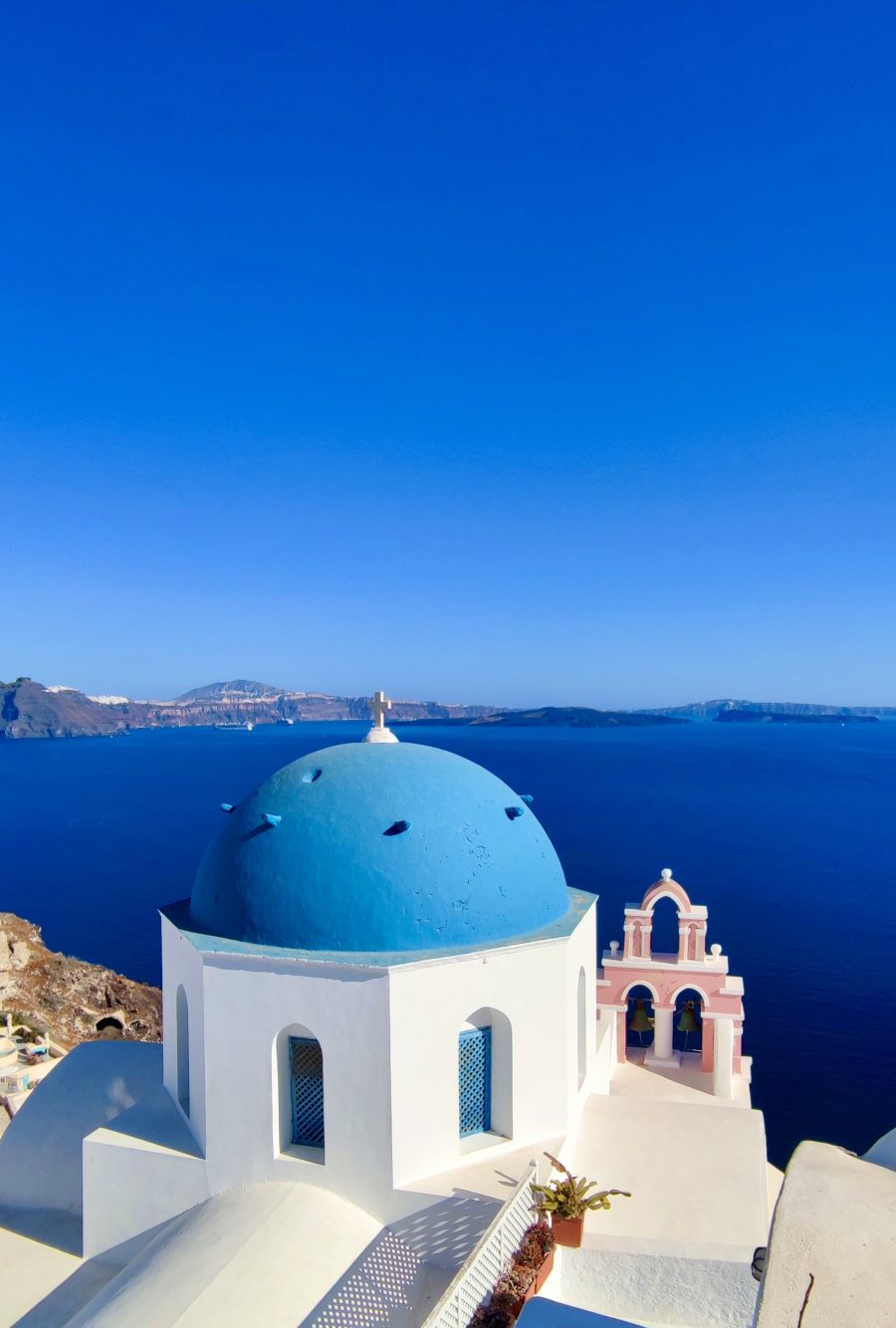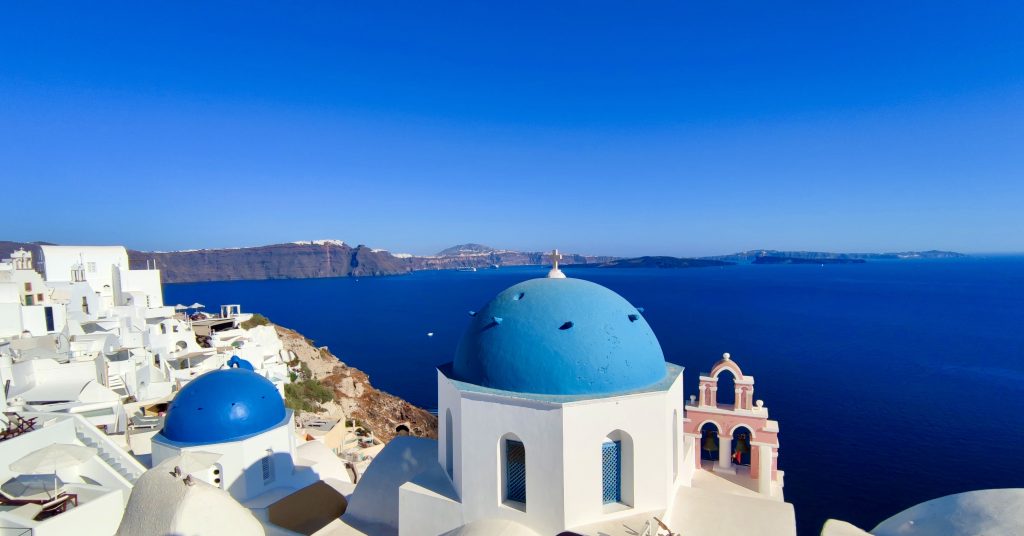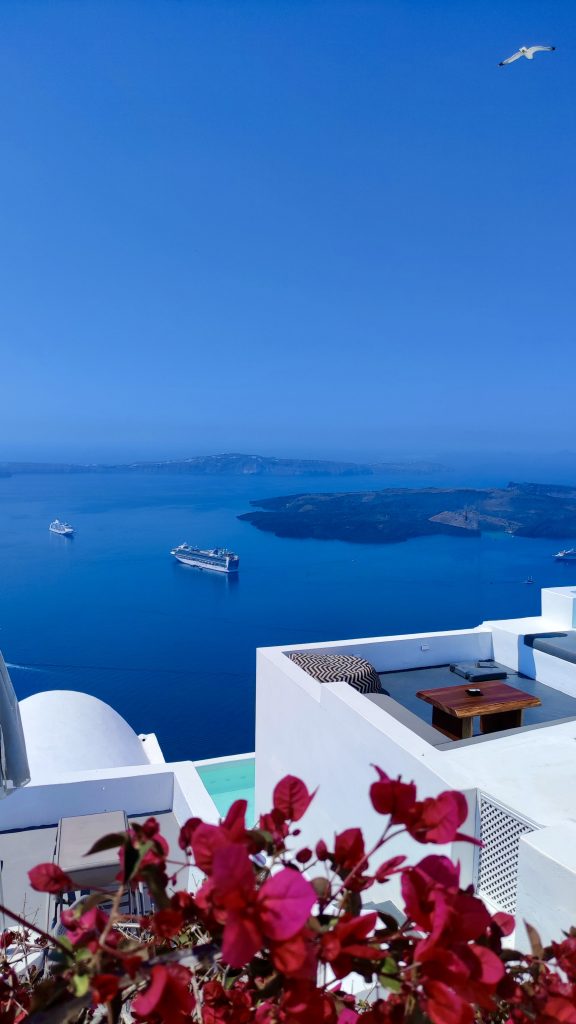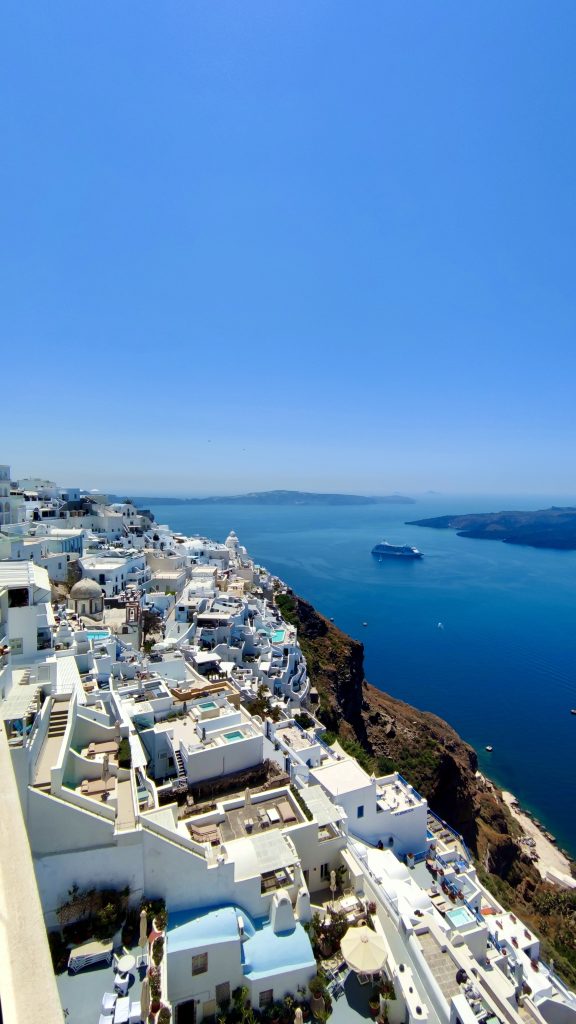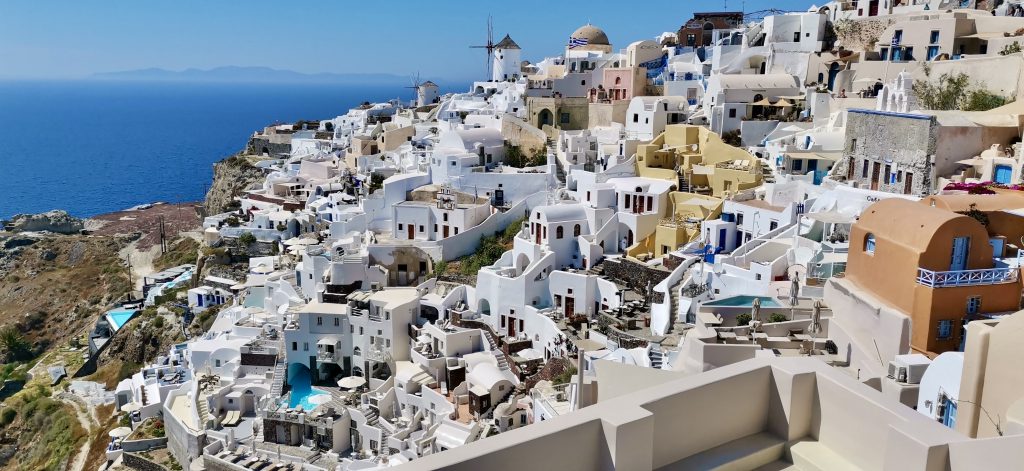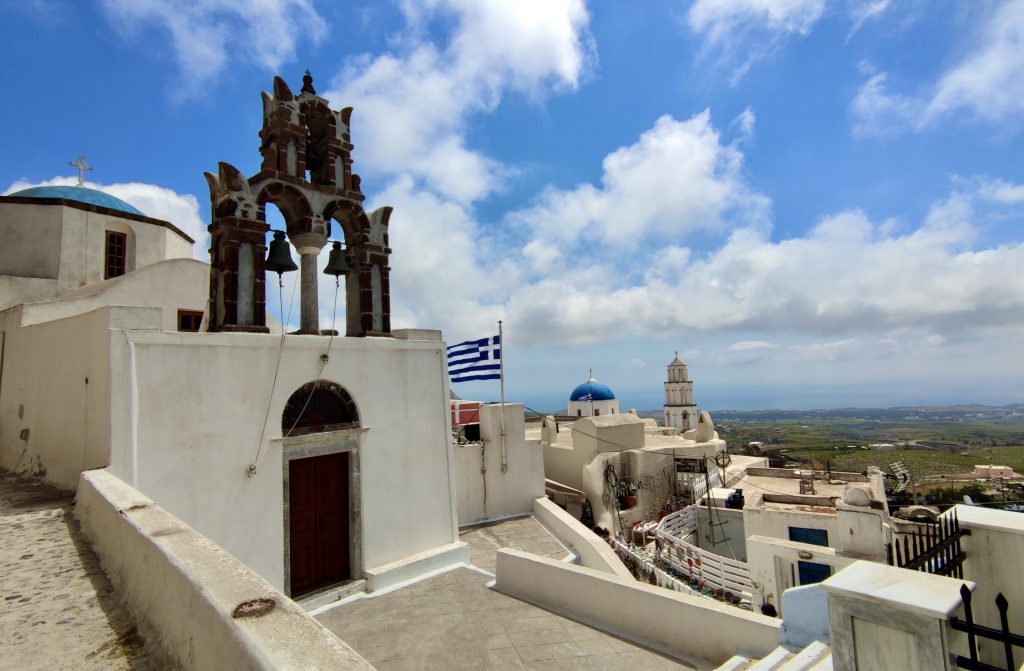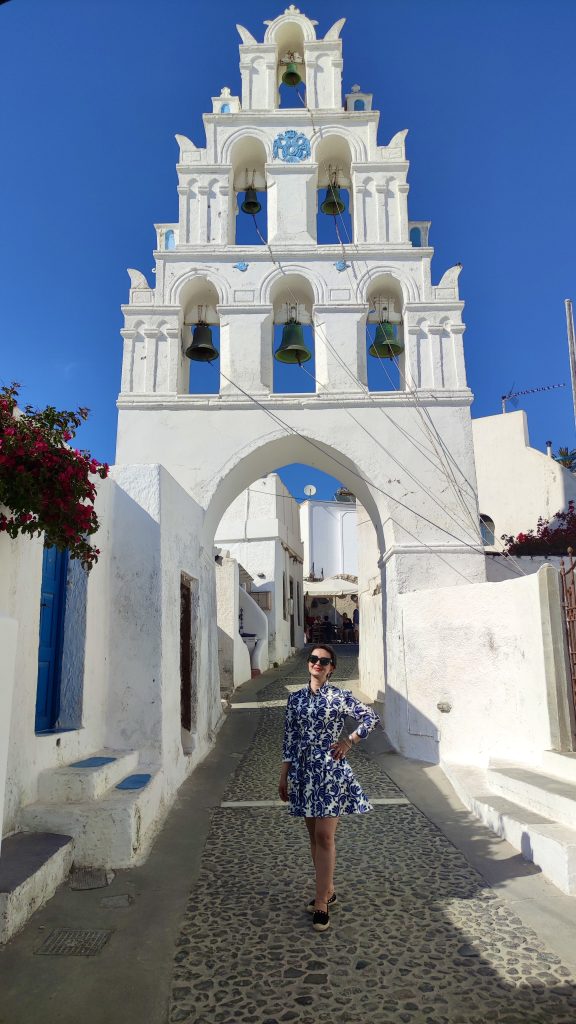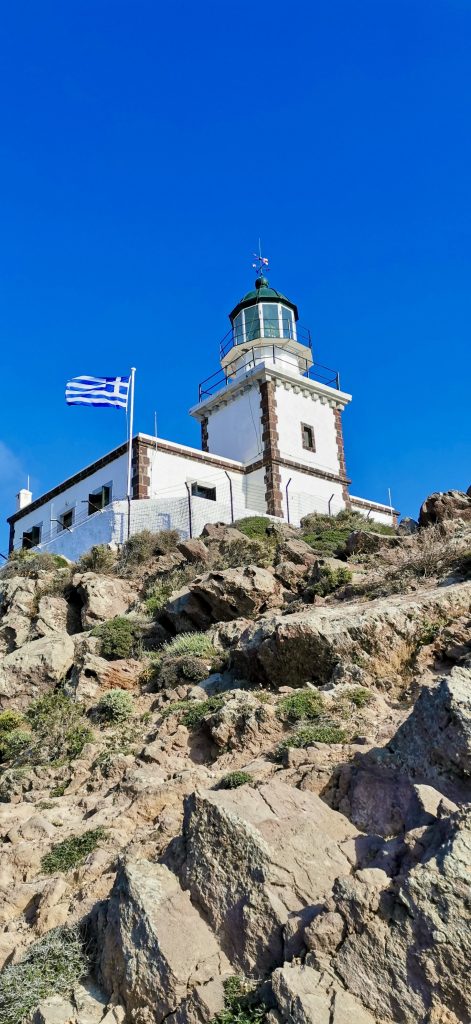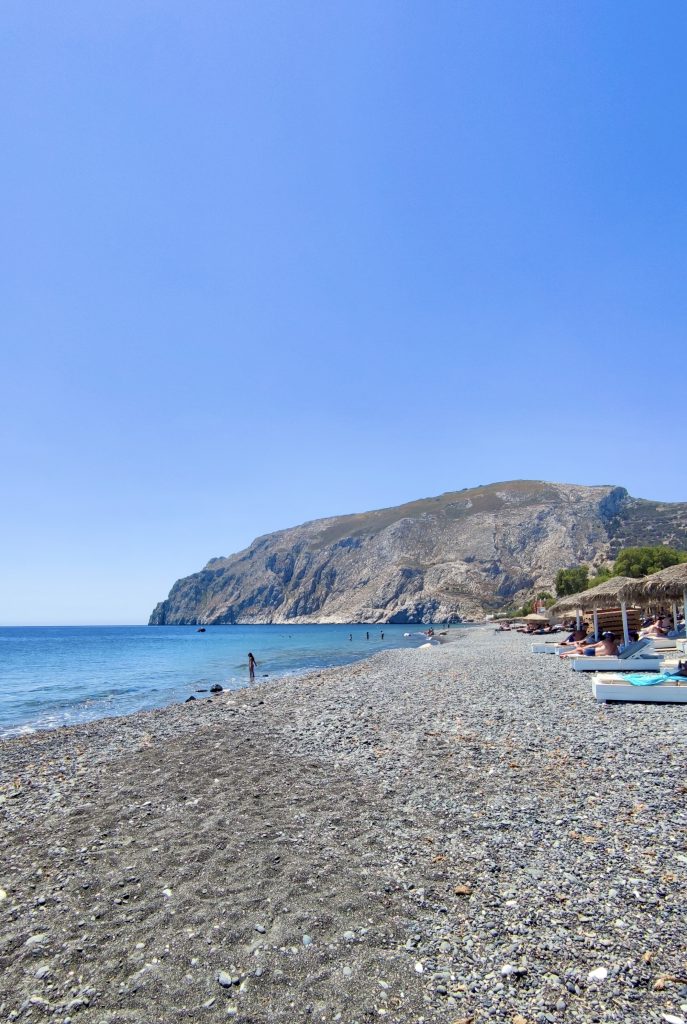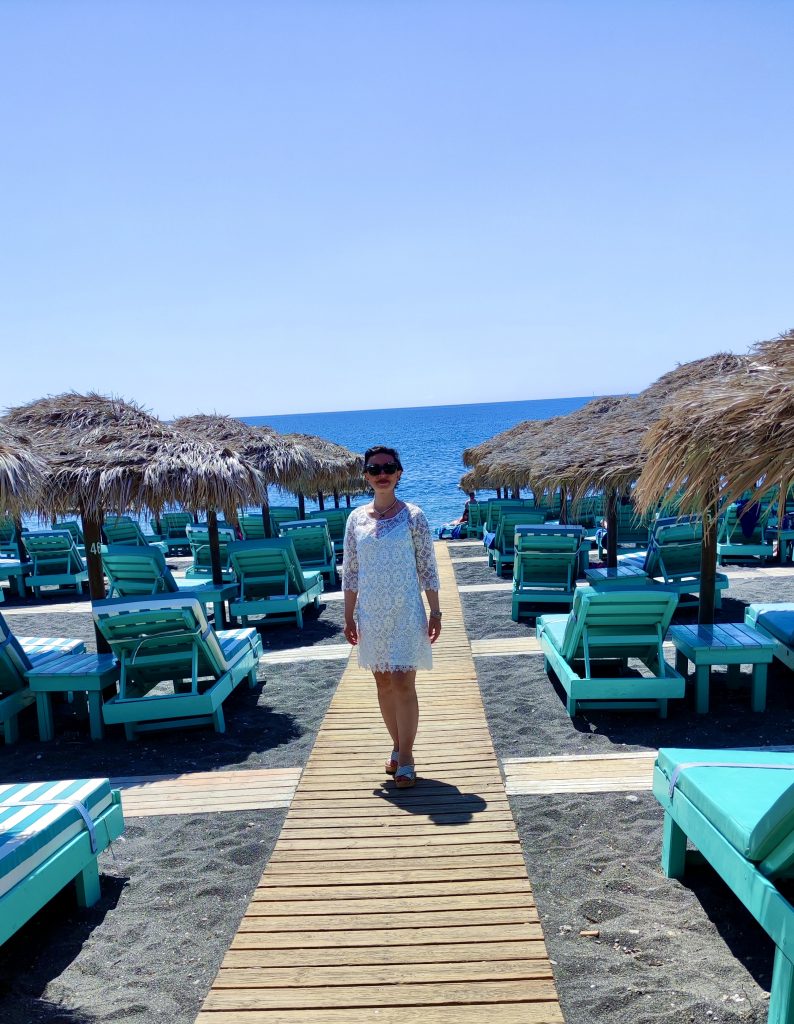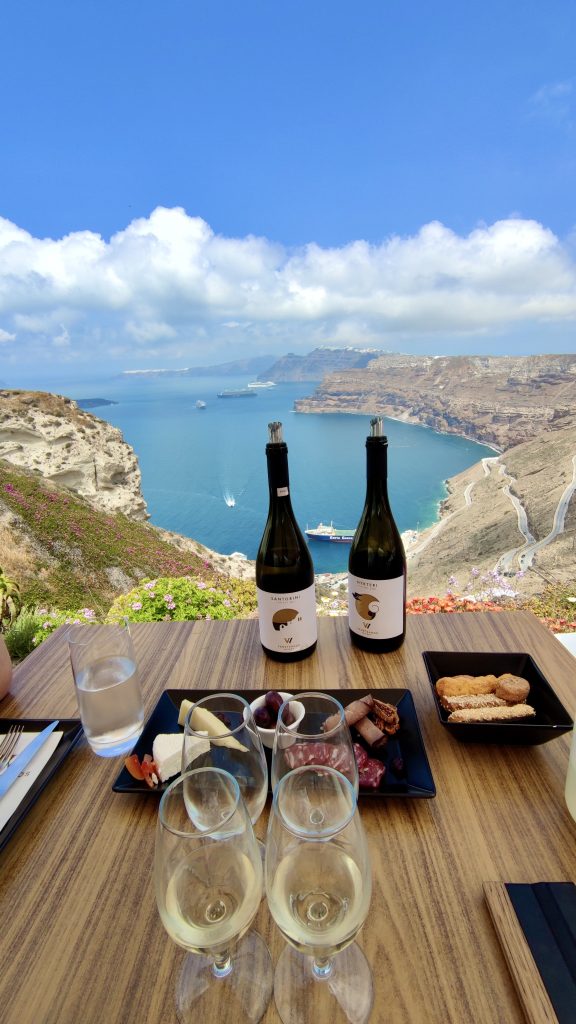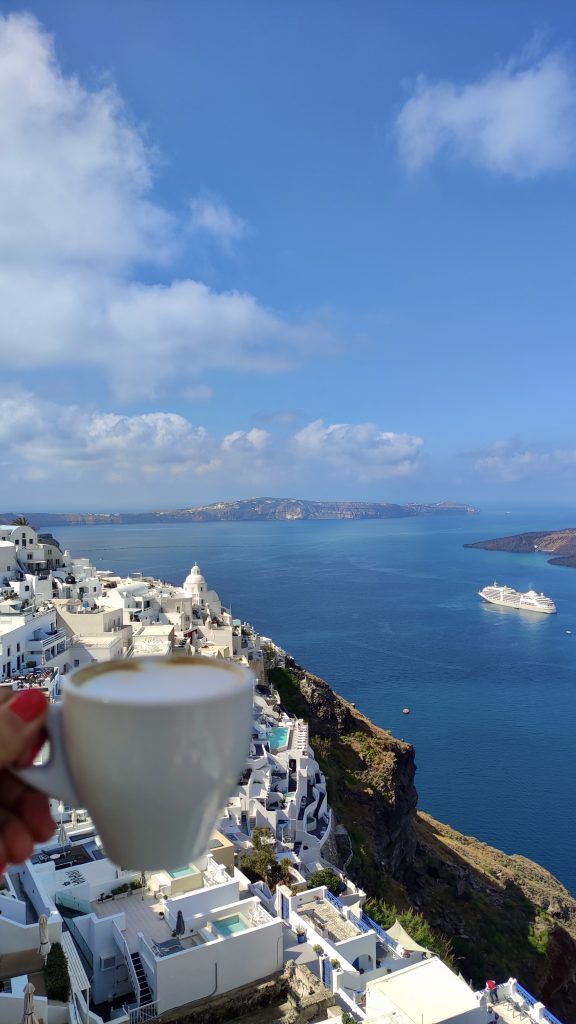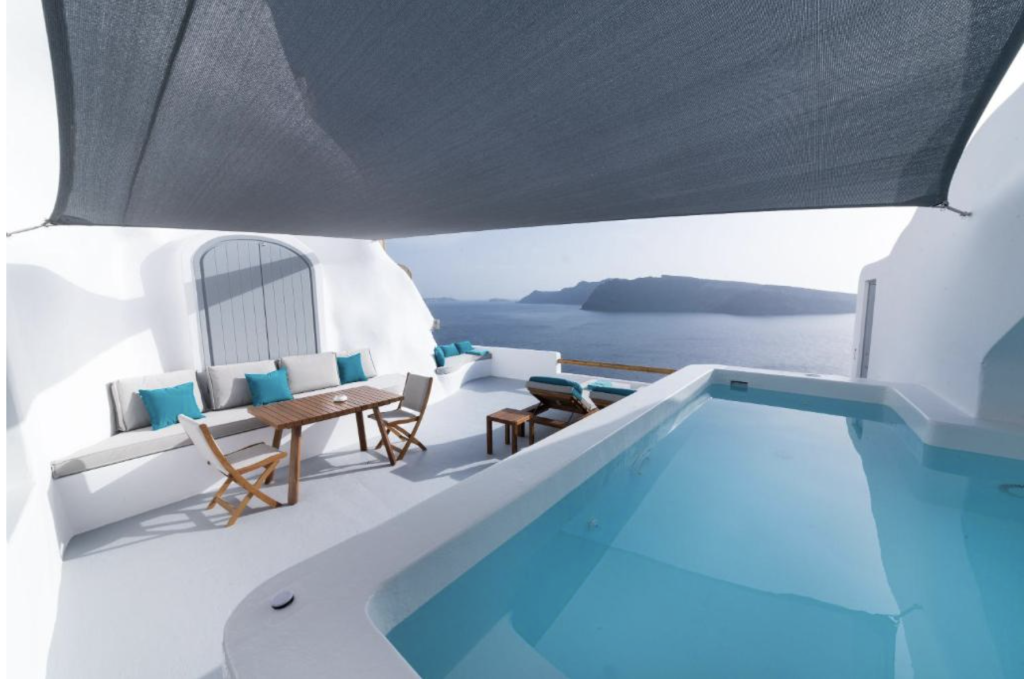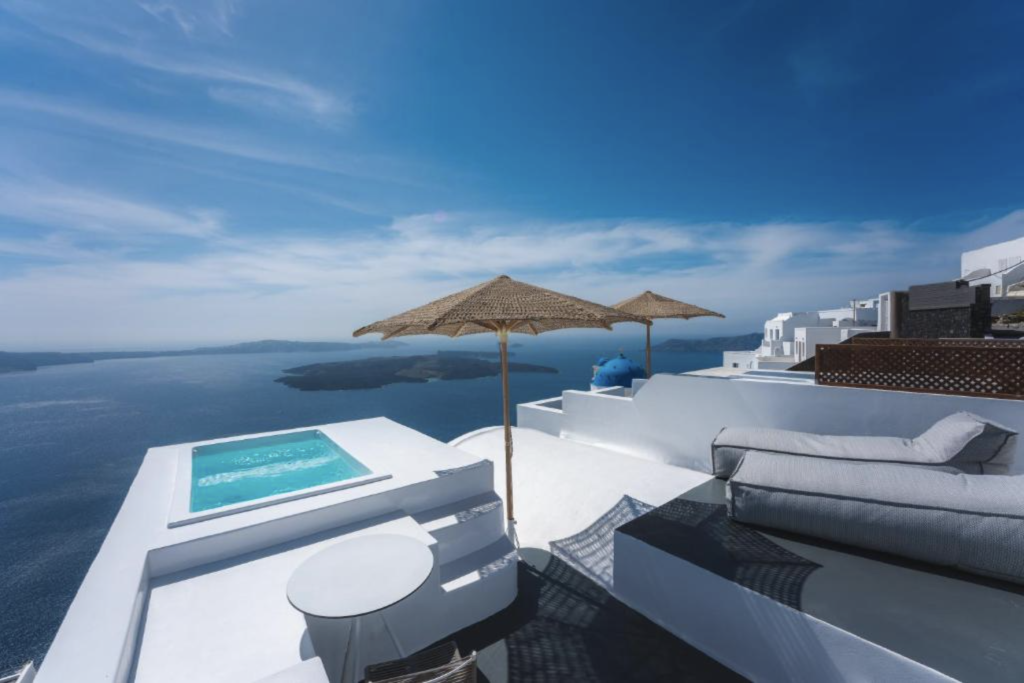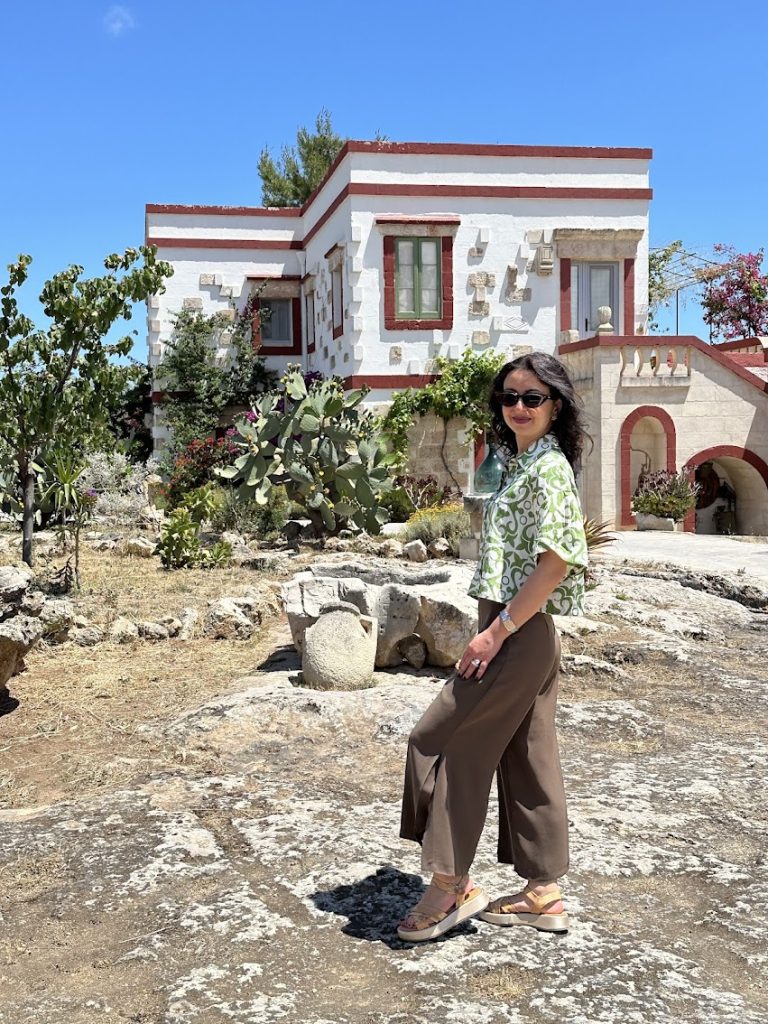
Puglia, Italy’s sun-soaked gem, is a region rich in history, stunning coastlines, and charming towns. Known for its iconic trulli houses, olive groves, and vibrant local culture, Puglia offers an authentic Italian experience filled with unforgettable food, scenic beaches, and welcoming locals. It’s a perfect blend of relaxation, exploration, and Mediterranean beauty!
Starting our itinerary from Bari, the lively capital of Puglia, is the perfect starting point for exploring the entire region. With its rich history, vibrant old town, and bustling waterfront, Bari offers a great mix of culture and charm, making it an ideal base for discovering all that Puglia has to offer.
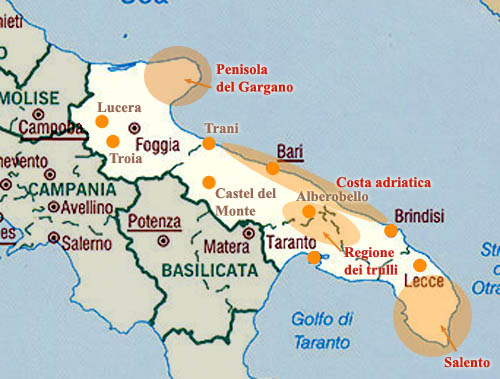
BARI
Bari, the dynamic capital of Puglia, serves as an ideal gateway to exploring this enchanting region of southern Italy. The city seamlessly blends historical charm with modern vibrancy, offering visitors a glimpse into both its rich past and lively present. Highlights include the Basilica di San Nicola, a revered pilgrimage site, and Bari Vecchia, the city’s old town, where narrow alleys are filled with history and local culture. The Lungomare promenade offers breathtaking views of the Adriatic, perfect for a leisurely stroll. With its strategic location, international airport, and thriving culinary scene—famous for its fresh seafood and handmade orecchiette—Bari is an essential stop and a convenient hub for discovering the wonders of Puglia.
How to reach Bari:
Bari Karol Wojtyła Airport (BRI)
Located just 8 kilometers from the city center, Bari Karol Wojtyła Airport is the main international gateway to Puglia. Offering a wide range of domestic and international flights, it’s a convenient hub for travelers looking to explore the region. The airport is well-connected with rental car services, buses, and taxis, making it easy to start your journey to destinations like Bari, the Valle d’Itria, or the Salento. Modern facilities and efficient services ensure a smooth travel experience.
Brindisi Papola Casale Airport (BDS)
Brindisi Papola Casale Airport, also known as Salento Airport, is situated just 6 kilometers from Brindisi’s city center. This smaller but efficient airport primarily serves the southern part of Puglia, including Lecce, Otranto, and Gallipoli. It offers a range of domestic and European connections and is well-equipped with rental car facilities, making it an excellent choice for exploring the Salento Peninsula. Its proximity to key destinations ensures a hassle-free start to your trip.
What to do and must see:
Teatro Petruzzelli:
Located in the heart of the city, is one of Italy’s most iconic opera houses and the largest theater in the city. Known for its stunning architecture and vibrant history, the theater has hosted world-renowned performances since the 1900s, from operas and ballets to concerts. Visitors can also join guided tours to explore its magnificent interior, making it a must-see for anyone looking to experience Bari’s rich cultural heritage.
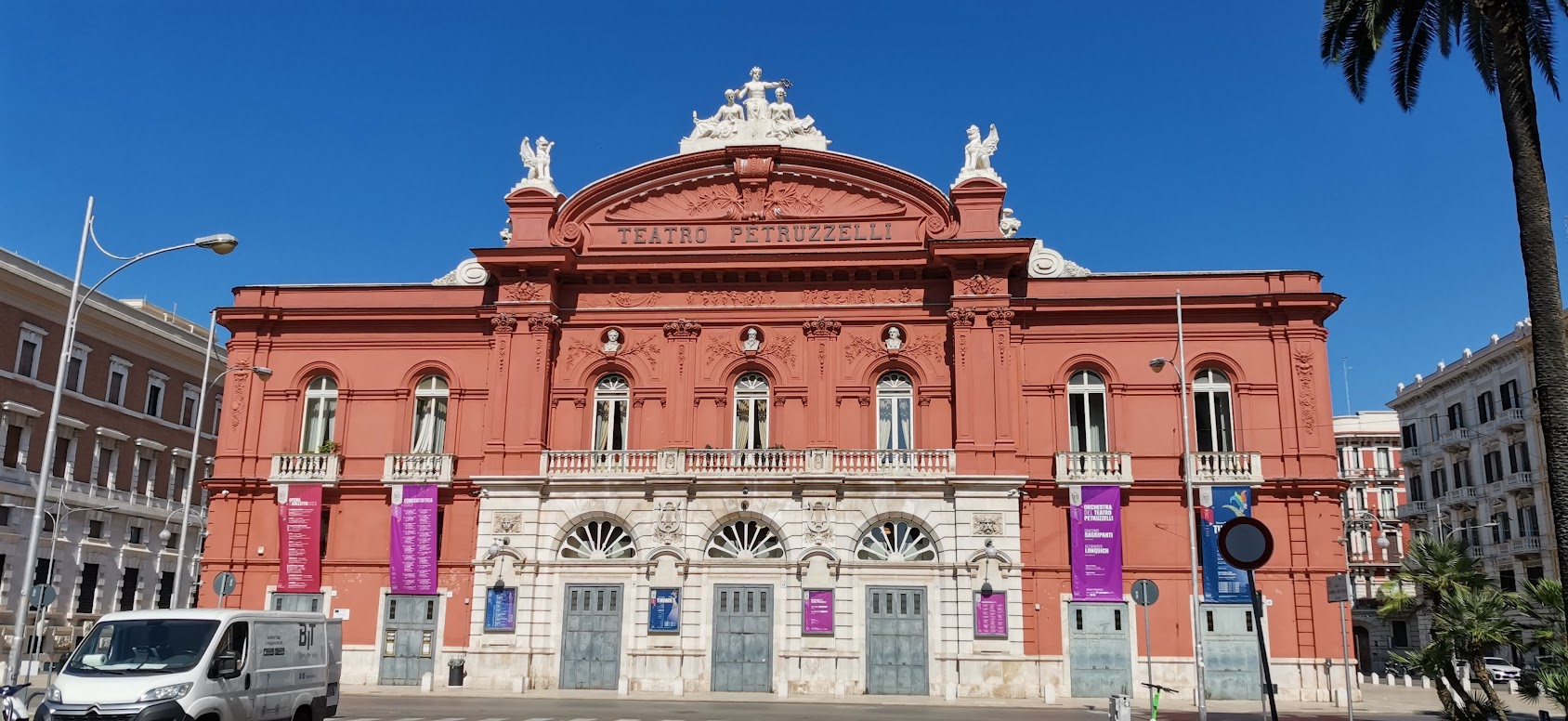
Basilica di San Nicola and Bari Vecchia:
Bari Vecchia, the historic heart of Bari, is a lively maze of narrow alleys, traditional stone houses, and bustling piazzas. As you wander through its winding streets, you’ll experience authentic local life—especially around “Orecchiette Street” (Strada Arco Basso), where women make and sell fresh orecchiette pasta right from their doorsteps.
One of the must-see landmarks in Bari Vecchia is the Basilica of San Nicola. This impressive Romanesque church is dedicated to Saint Nicholas, known worldwide as the origin of Santa Claus. Inside, you’ll find the saint’s relics, which attract pilgrims from around the world, especially during the annual celebration in May. The basilica’s architecture and serene atmosphere make it a highlight of any visit to Bari.
Travel Tip: To fully enjoy Bari Vecchia, wear comfortable shoes, as the streets are often cobbled. The area is generally safe, but it’s best to visit during daylight or early evening hours when the piazzas are lively with locals and visitors alike.
Via Sparano and Murat Quarter:
In the vibrant Murat district, Via Sparano stands out as Bari’s premier shopping street, lined with elegant boutiques, designer stores, and popular Italian brands. This lively pedestrian avenue is perfect for a leisurely stroll, allowing you to explore Bari’s stylish side while discovering local and international fashion.
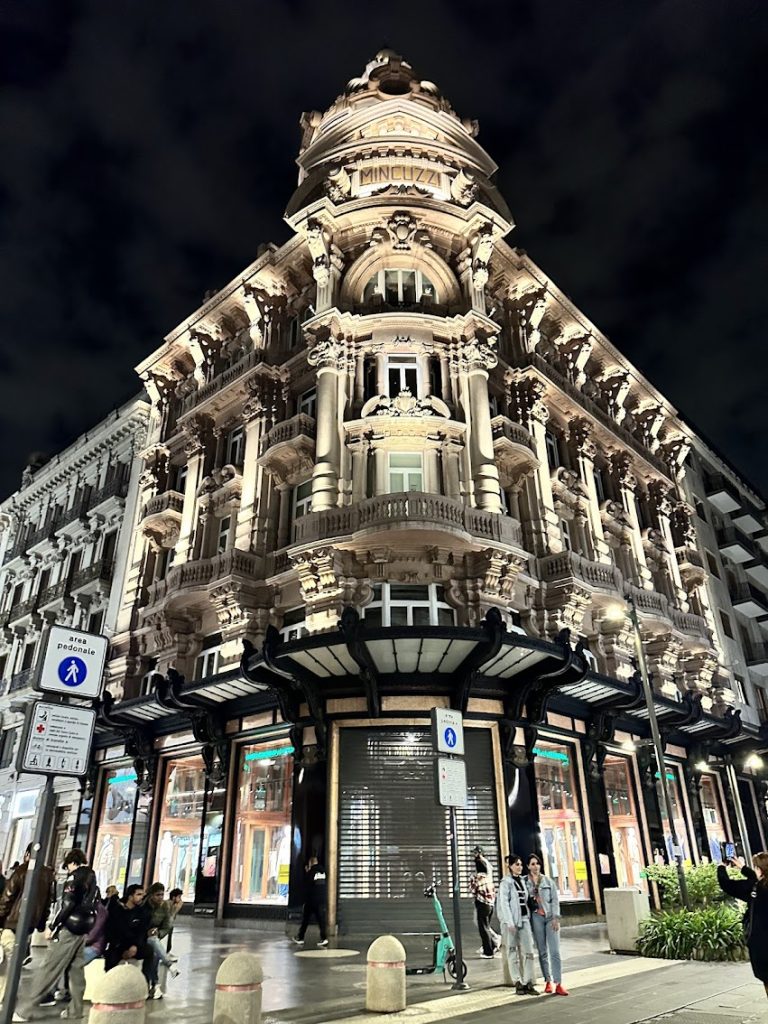
The Murat district is also known for its inviting restaurants and cafes, where you can relax and enjoy a coffee, sample regional dishes, or indulge in some delicious gelato. With its blend of modern shops, historic buildings, and trendy dining spots, this area truly captures the energetic spirit of Bari.
Swabian Castle:
The Castello Svevo di Bari, or Swabian Castle, is a historic fortress originally built in the 12th century by the Normans and later expanded by Emperor Frederick II. Its imposing walls, towers, and moat make it an impressive landmark in Bari. Inside, you can explore exhibits on medieval history, sculptures, and artifacts that offer insight into Bari’s rich past.
The castle’s courtyard and terraces provide beautiful views of the surrounding area, and the architecture itself is a masterpiece of medieval design with Swabian, Angevin, and Aragonese influences.
Visitor Tips: The castle is a short walk from Bari Vecchia, making it easy to include in a day of sightseeing. Plan to visit in the morning or late afternoon to avoid midday crowds. Guided tours are available and recommended for a deeper understanding of its history.
Best restaurants to try:
Here a short list of restaurants and pizzerie to try in Bari:
- I 2 Ghiottoni
- Hagakure Noh Samba
- Nicolaus, il Bistrot del mare
- L’Antica Pizzeria da Michele
- Umbertina Pizzeria
- La Murattiana Pizzeria
- Al Coltello
- Sapori Solari, la Bisteccheria
- Mastro Ciccio
- Urban L’Assasineria urbana
Polignano a Mare
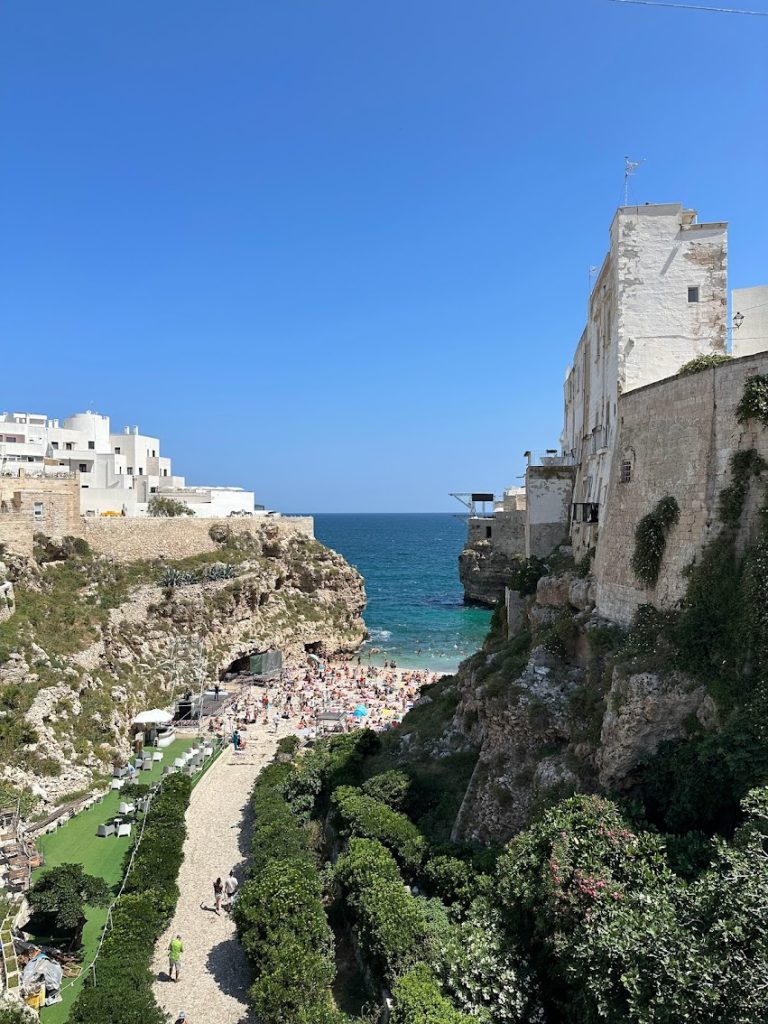
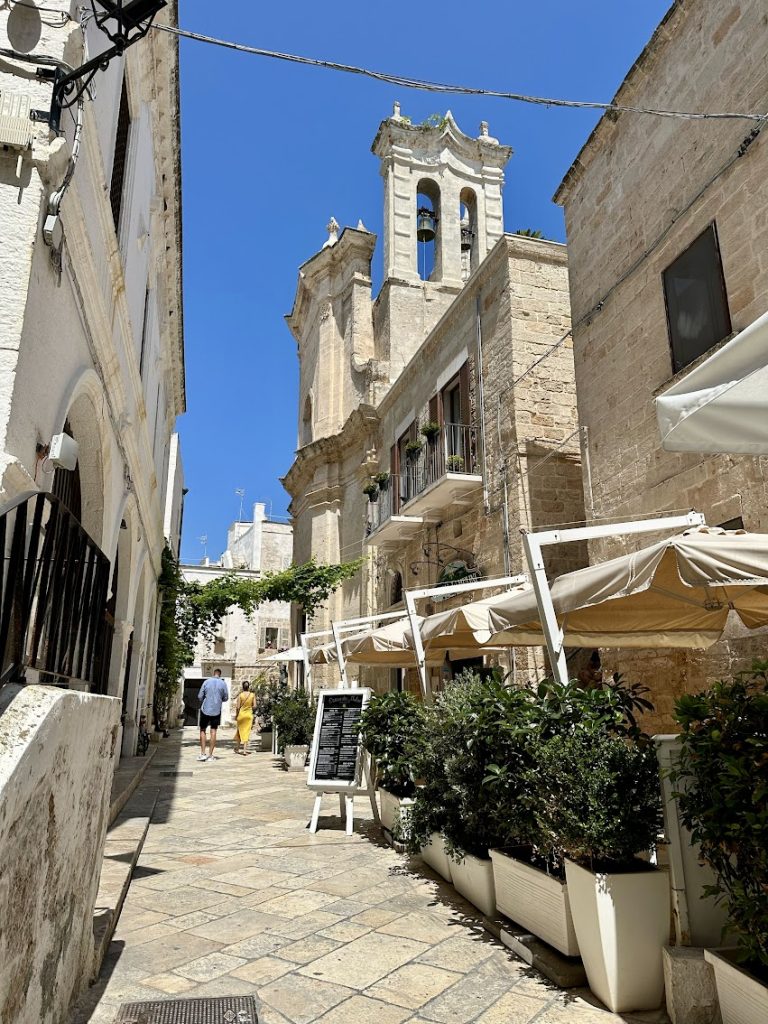
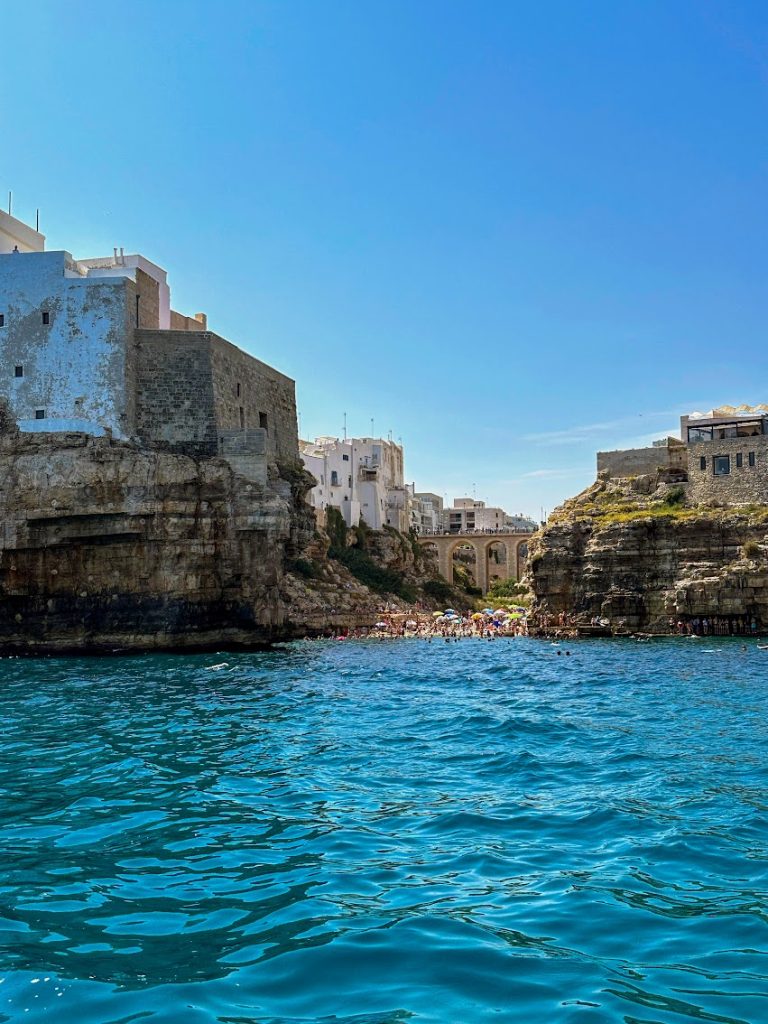
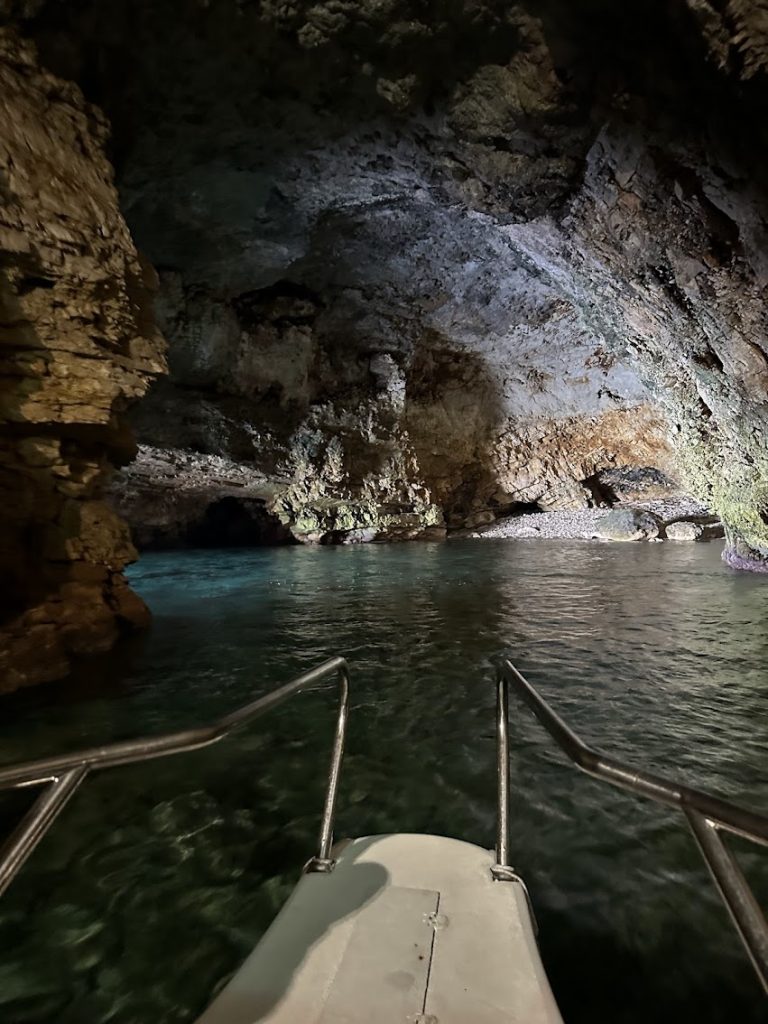
Polignano a Mare is a stunning coastal town, famous for its dramatic cliffs, crystal-clear waters, and charming historic center. Known as the “Pearl of the Adriatic,” this picturesque destination captivates visitors with its whitewashed buildings, hidden coves, and breathtaking views of the sea.
To reach Polignano a Mare from Bari, you have several convenient options. By train, it’s a quick 30-minute journey on the regional line from Bari Centrale, with frequent daily departures. Alternatively, if you prefer to drive, Polignano is just a 35-minute trip along the SS16 highway, heading south from Bari.
What to do and must see:
- Explore the Historic Center
Wander through the narrow streets of Polignano’s old town, lined with whitewashed buildings, quaint boutiques, and traditional cafes. Don’t miss the charming poetry written on the walls of the houses—verses and phrases that add a unique touch to the town’s character. - Visit Lama Monachile Beach
Also known as Cala Porto, this is Polignano’s most iconic beach, nestled between steep cliffs and known for its clear, turquoise water. It’s a popular spot for sunbathing, swimming, and capturing stunning photos of the coastline. - Go Cliff Diving
Polignano a Mare is famous among adventurers for its cliff-diving spots. While it’s not for the faint of heart, cliff diving is a thrilling way to experience the town’s dramatic cliffs. Every summer, Polignano even hosts international cliff diving competitions. - Take a Boat Tour of the Sea Caves
Explore the coastline by taking a boat tour to see Polignano’s breathtaking sea caves. The Grotta Palazzese, in particular, is a must-see with its massive arch and beautiful rock formations. Many tours also offer snorkeling stops. Highly recommended this tour, I’ve done loads of time with my family. - Enjoy Sunset from the Cliffside Views
Polignano offers several panoramic viewpoints, such as the Balconata Sul Mare, where you can watch the sunset over the Adriatic. It’s a magical way to end the day, with views of the old town perched above the sea. - Sample Gelato and Local Cuisine
Don’t miss trying the local gelato or some traditional Pugliese dishes. Polignano is known for its focaccia, fresh seafood, and unique flavors like caffè speciale, a coffee specialty with lemon zest, amaretto, and cream. - Discover the Art and Monuments
Polignano has several art installations and monuments scattered throughout the town, including the statue of the famous Italian singer Domenico Modugno, who was born here. It’s a great spot for photos and a bit of local history.
Monopoli
Monopoli is a charming coastal town known for its picturesque old town, crystal-clear waters, and historic sites. With its narrow winding streets, beautiful whitewashed buildings, and vibrant harbor, Monopoli offers a perfect blend of history, culture, and Mediterranean charm. Visitors can explore its ancient churches, relax on its stunning beaches, and enjoy fresh seafood at local trattorias. Monopoli is a hidden gem along the Adriatic coast, offering a peaceful and authentic Italian experience.
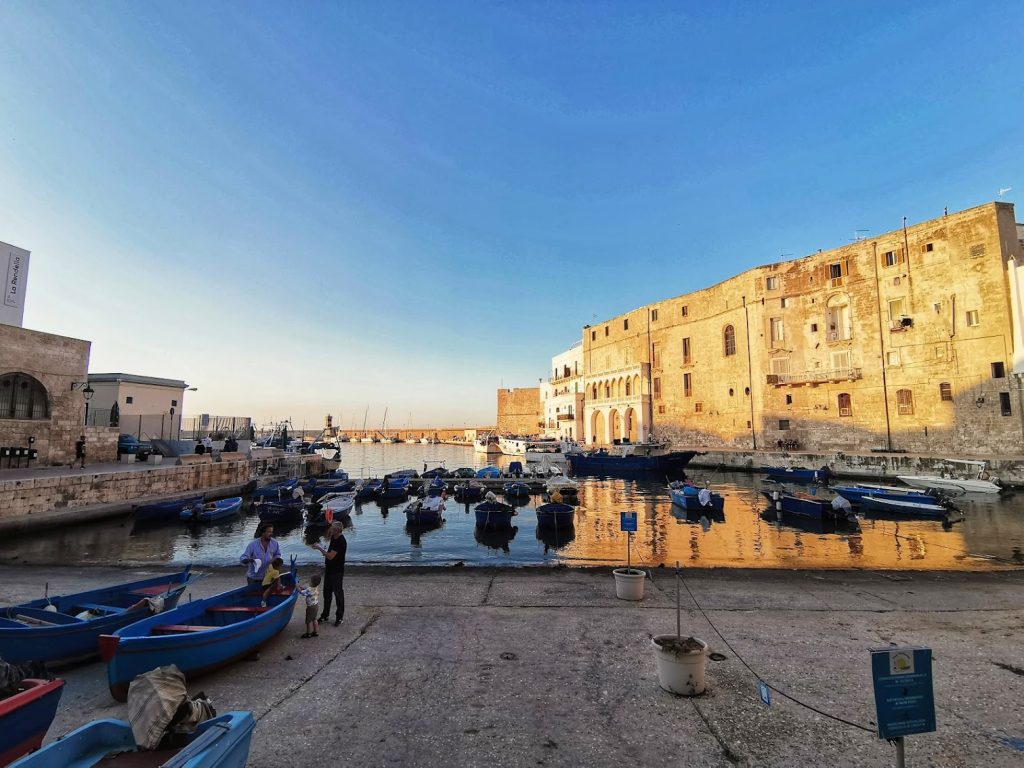
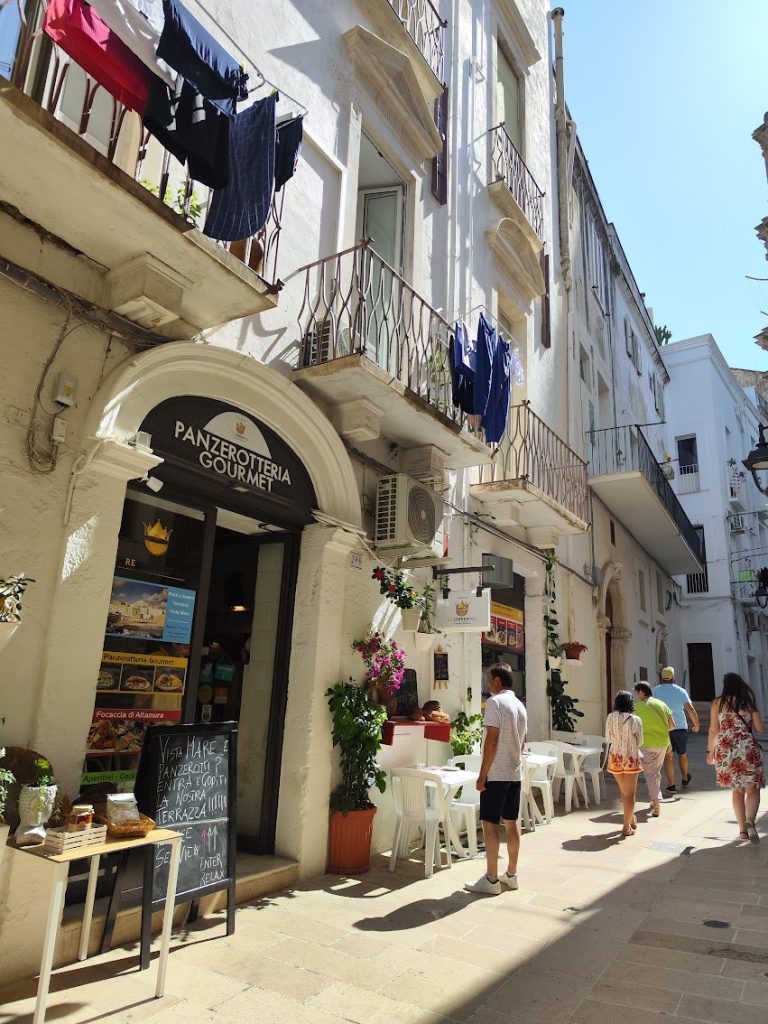
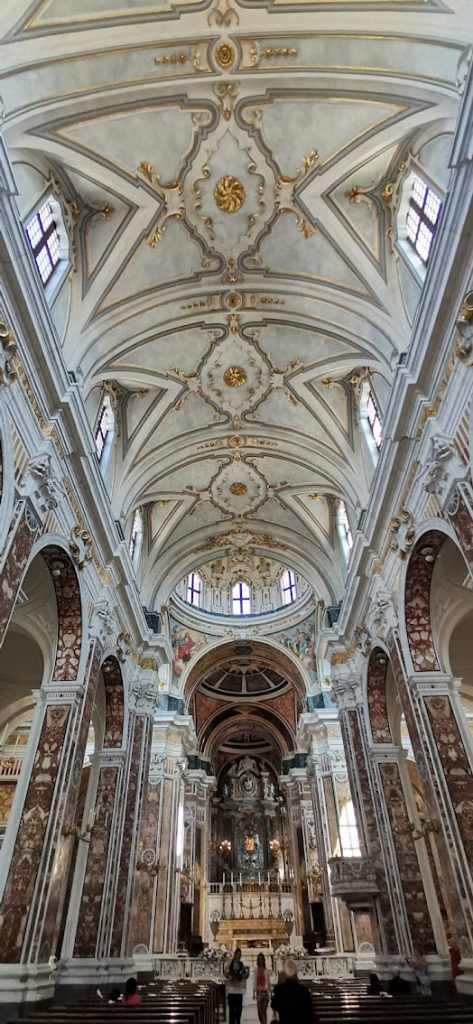
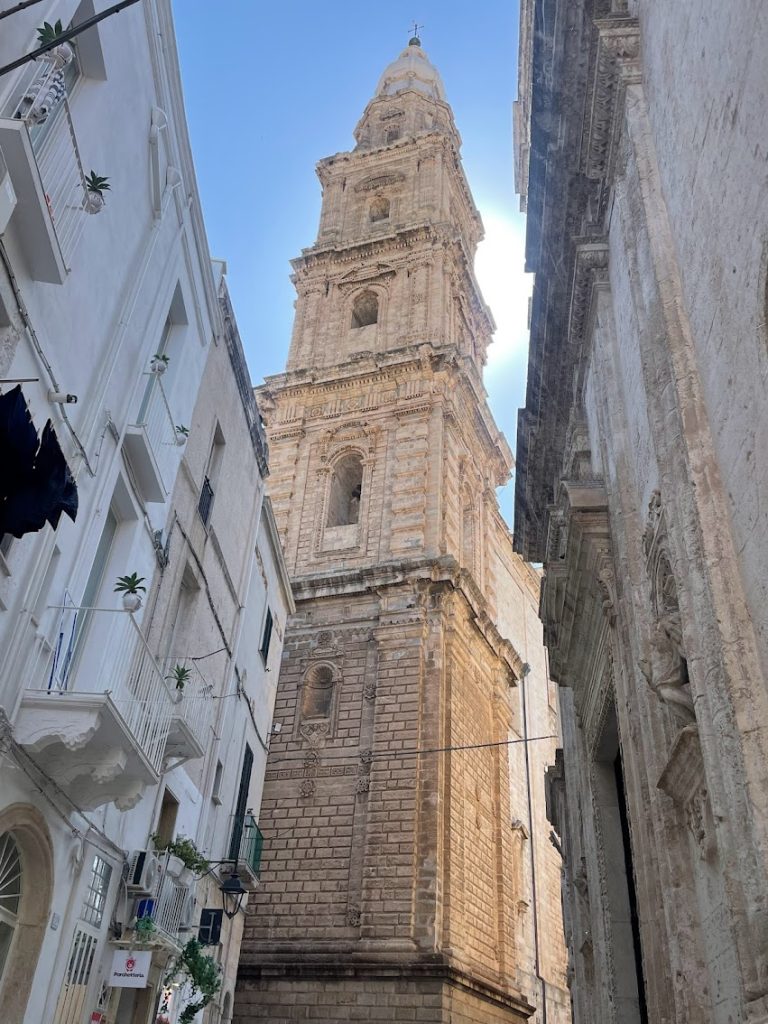
What to do and must see:
- Explore the Old Town (Centro Storico)
Wander through the charming narrow streets of Monopoli’s historic center, where you’ll find whitewashed buildings, lively squares, and local boutiques. The old town is full of character, with colorful balconies and traditional architecture. - Visit the Monopoli Cathedral (Cattedrale di Maria Santissima della Madia)
This beautiful 18th-century cathedral is dedicated to the Virgin Mary and boasts impressive Baroque architecture. Inside, you can admire the ornate altar and the crypt that houses the town’s patron saint. - Relax at the Beaches
Monopoli is home to several stunning beaches, both sandy and rocky. Popular spots include Cala Porta Vecchia, a beautiful sandy beach just a short walk from the old town, and Cala Paradiso, known for its crystal-clear waters and peaceful atmosphere. - Take a Boat Tour
Explore the beautiful coastline of Monopoli by boat. You can take a guided tour to discover hidden caves, coves, and the breathtaking sea views that surround the town. It’s a perfect way to see Monopoli from a unique perspective. - Visit the Castle of Carlo V (Castello di Carlo V)
This historic castle, built in the 16th century, is located near the harbor. You can walk around its exterior or visit exhibitions and events hosted inside the castle. The views from the castle’s walls are fantastic, offering a great view of the Adriatic Sea. - Discover the Harbor and Seafront
Monopoli’s harbor is picturesque, with colorful fishing boats and lively cafés along the seafront. Stroll along the pier, watch the fishermen at work, and enjoy fresh seafood at one of the local restaurants. - Sample Local Puglian Cuisine
Enjoy traditional Puglian dishes like orecchiette pasta, fresh seafood, and local specialties like focaccia barese. There are many excellent trattorias and restaurants in the old town where you can enjoy authentic flavors of the region. - Take a Day Trip to Nearby Villages
Monopoli is well-situated for day trips to nearby towns like Alberobello, famous for its trulli houses, and Polignano a Mare, a stunning coastal town known for its dramatic cliffs and crystal-clear waters. - Explore the Natural Beauty of the Countryside
If you enjoy nature, take a walk or bike ride in the countryside surrounding Monopoli. The area offers beautiful olive groves, vineyards, and rolling hills, perfect for a peaceful escape into nature.
Best restaurants to try:
- Carlo Quinto
- Don Ferrante
Grotte di Castellana:
An Underground Wonder in Puglia: The Grotte di Castellana are one of the most impressive and captivating natural attractions in Puglia. Located near the town of Castellana Grotte, these limestone caves stretch over 3 kilometres and are known for their breathtaking formations of stalactites and stalagmites. The caves are divided into two main sections: the Tourist Grotto, which is open to visitors, and the more challenging Speleological Grotto for experienced cavers.
During a guided tour, you’ll venture deep underground to explore magical chambers like the Grotta Bianca (White Cave), with its gleaming white walls, and the dramatic Grotta del Labirinto. The caves’ unique formations and underground lakes make it a must-see for nature lovers and adventure seekers alike. Visiting the Grotte di Castellana is like stepping into another world—one filled with stunning geological wonders and an unforgettable sense of awe.
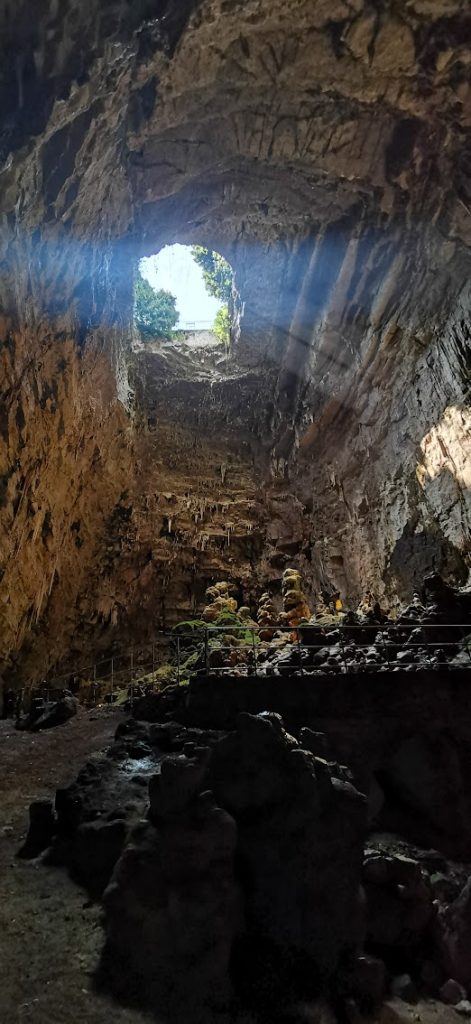
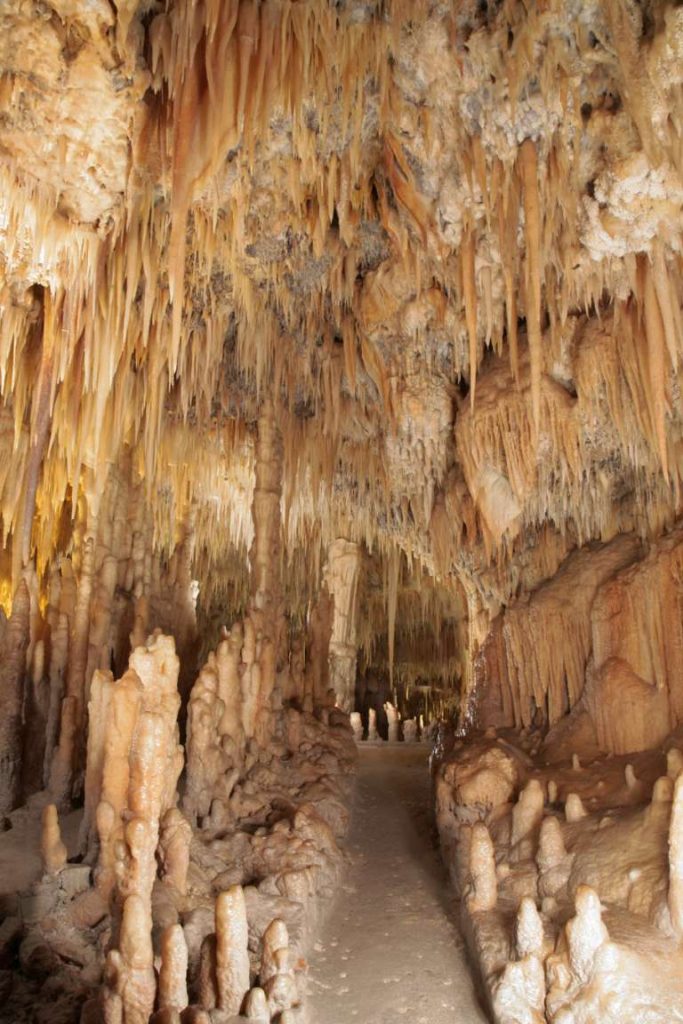
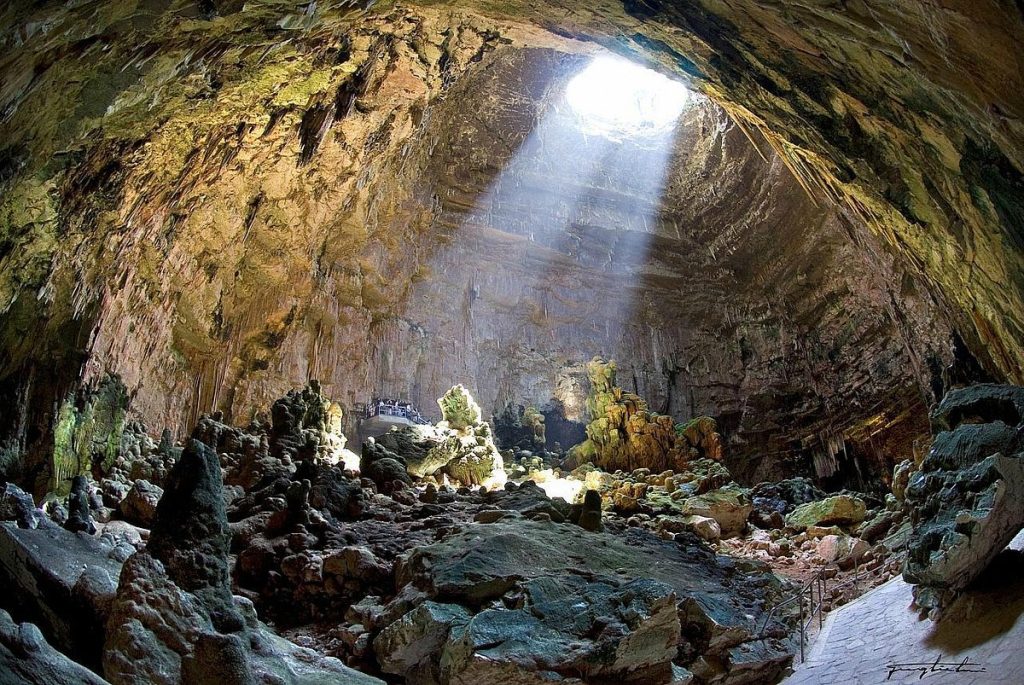
Ostuni
Ostuni, also known as the “White City” due to its stunning whitewashed buildings, is a beautiful hilltop town in Puglia. Its labyrinthine streets, charming alleys, and panoramic views of the surrounding countryside make it a must-visit destination. The historic center, with its ancient churches and winding paths, offers a unique glimpse into the town’s past, while the nearby beaches along the Adriatic coast provide a perfect balance of culture and relaxation.
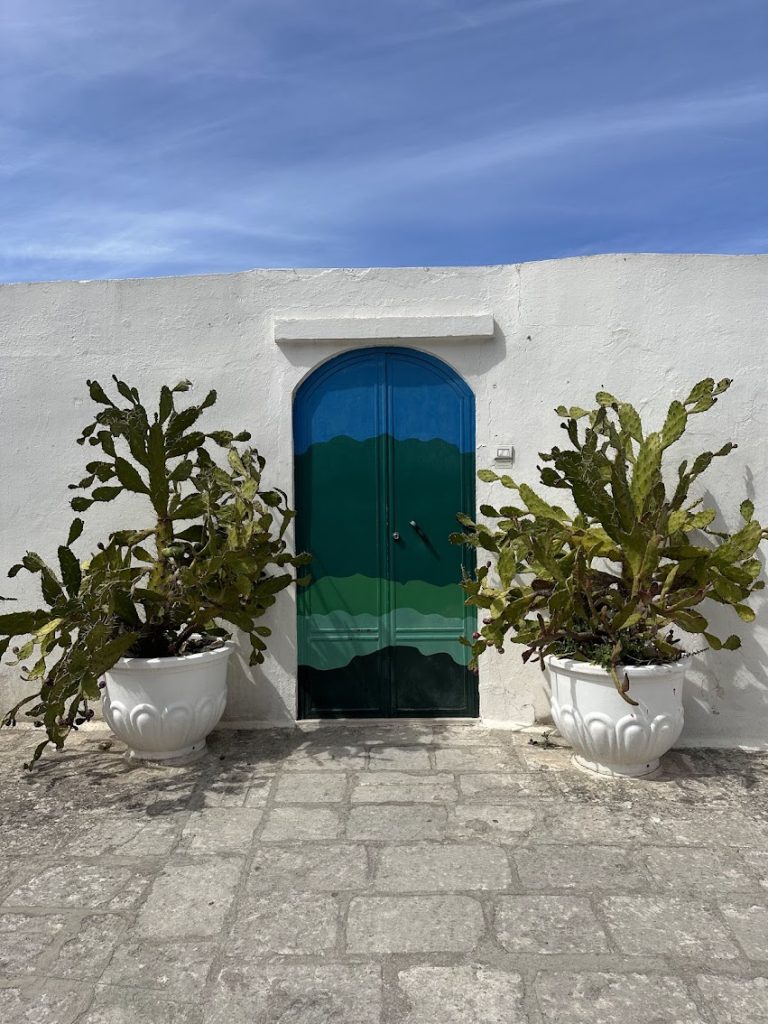
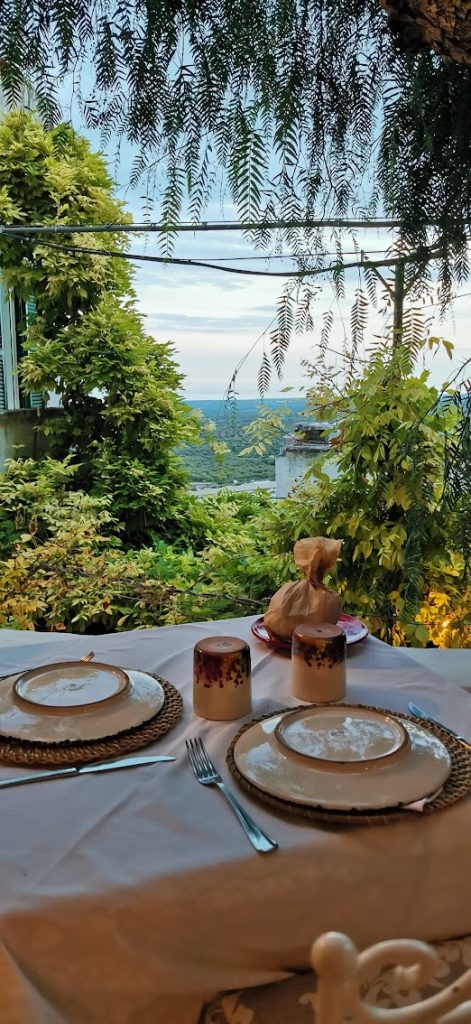
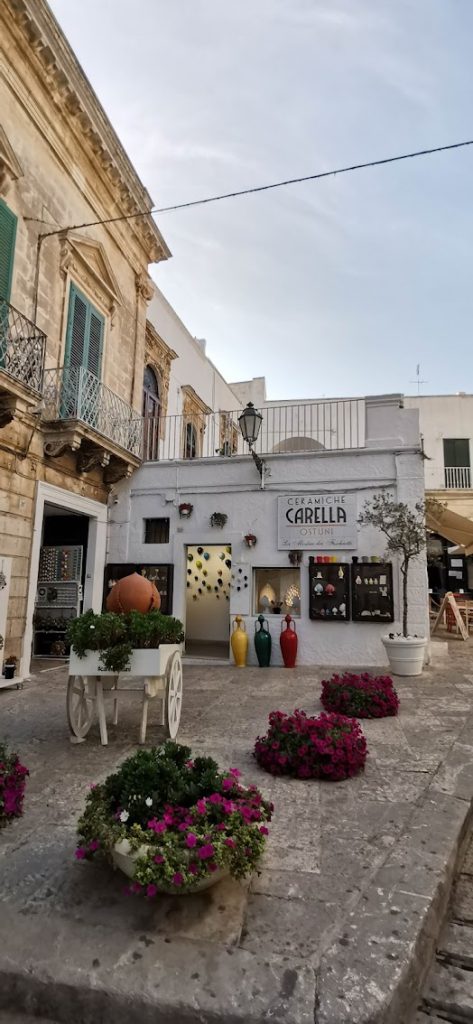
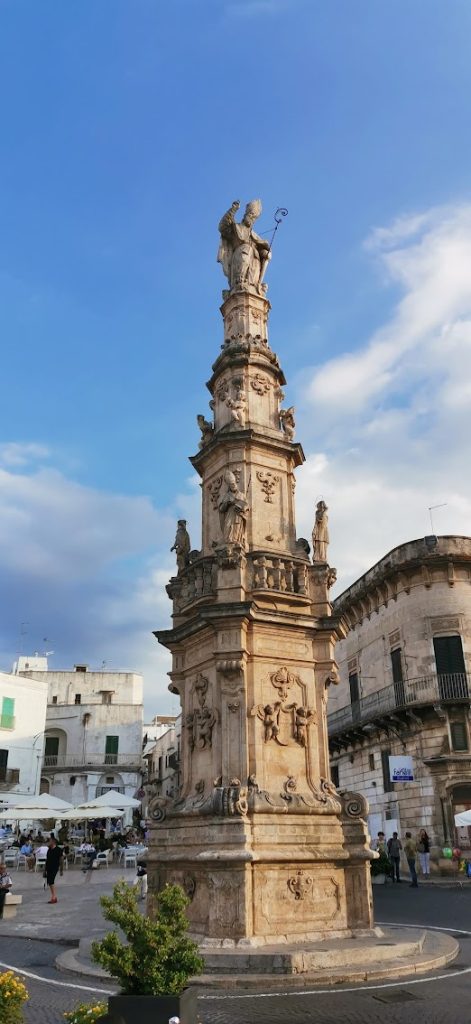
How to Reach Ostuni from Bari
Ostuni is about a 1-hour drive from Bari, located 80 km southeast. If you’re travelling by train, there are direct regional trains from Bari Centrale to Ostuni, with a journey time of approximately 1 hour and 20 minutes. Whether you choose to drive or take the train, getting to Ostuni is easy and convenient, allowing you to explore this picturesque town at your own pace. I suggest to rent a car so you can explore and enjoy at the fullest this amazing area.
What to do and must see:
- Explore the Historic Center (Centro Storico)
Ostuni’s old town is a maze of narrow, whitewashed streets lined with charming houses, artisan shops, and cafés. Wander through its labyrinthine alleys, where you’ll discover picturesque squares, beautiful balconies, and panoramic views over the countryside. - Visit the Ostuni Cathedral (Cattedrale di Santa Maria Assunta)
This stunning cathedral, located in the heart of the old town, is an example of Romanesque-Gothic architecture. Its ornate façade, beautiful rose window, and intricate interior are a must-see for history and architecture lovers. - Take in the Views from Belvedere
For breathtaking views of the surrounding olive groves, the Adriatic Sea, and the “White City” below, head to one of the town’s belvedere points, such as the one near the Cathedral or at the top of the old town. The vistas are especially beautiful at sunset. - Visit the Museum of Preclassical Civilizations of Southern Murgia (Museo delle Civiltà Preclassiche della Murgia Meridionale)
Learn about the region’s ancient past at this museum, which showcases artifacts from prehistoric and medieval times, including items from the nearby prehistoric cave dwellings (like the famous cave of Santa Maria di Agnano). - Stroll through the Olive Groves
Ostuni is surrounded by vast olive groves, and a walk through these ancient groves is a peaceful experience. Some local farms offer tours, where you can learn about olive oil production and even enjoy tastings. - Relax at the Beaches
Ostuni is only a short drive from some of Puglia’s most beautiful beaches, including Costa Merlata and Specchiolla, where you can enjoy crystal-clear waters and relax in the sun. The nearby Natural Reserve of Torre Guaceto also offers pristine beaches and a protected marine environment for nature lovers. - Enjoy Local Puglian Cuisine
Try traditional dishes such as orecchiette pasta with turnip tops, braciole (stuffed meat), and fresh seafood. Don’t forget to sample Ostuni’s local olive oil, which is considered among the best in Italy. There are many great restaurants and trattorias in the historic center where you can enjoy these local delicacies. - Attend Local Festivals
If you visit in the summer, you might be able to experience one of Ostuni’s lively festivals, such as the Festa di San Vito in June, or the Notte della Taranta, a traditional music and dance celebration held in August. - Shop for Local Art and Crafts
Ostuni is known for its artisan shops, where you can find handmade ceramics, jewelry, and local crafts. It’s the perfect place to pick up a unique souvenir that represents the town’s artistic heritage.
Useful Tips for Visiting Ostuni
- Wear Comfortable Shoes: The old town’s cobbled streets can be steep, so make sure to wear comfortable footwear for exploring.
- Parking: The historic center is car-free, but there are parking areas near the town’s outskirts, with easy access to the center by foot.
- Best Time to Visit: Ostuni can get quite busy in the summer months. For a quieter experience, consider visiting in the spring or fall when the weather is still pleasant, but the town is less crowded.
Best restaurants to try:
Taverna della Gelosia
Vinicolo
Osteria del tempo perso
Bellavista Pizzeria Bistrot
Riccardo Cafe
Valle D’Itria
Nestled in the heart of southern Italy, the Valle d’Itria is a magical blend of rolling olive groves, whitewashed villages, and iconic trulli houses that look straight out of a fairytale. Known as the “Valley of Trulli,” this charming region invites you to wander through the narrow streets of Alberobello, lose yourself in the beauty of Locorotondo’s balconies, and savor the authentic flavors of Puglia. Whether you’re chasing sunsets over the countryside or indulging in farm-to-table delicacies, the Valle d’Itria is an idyllic escape that will steal your heart. Let’s explore this timeless destination together!
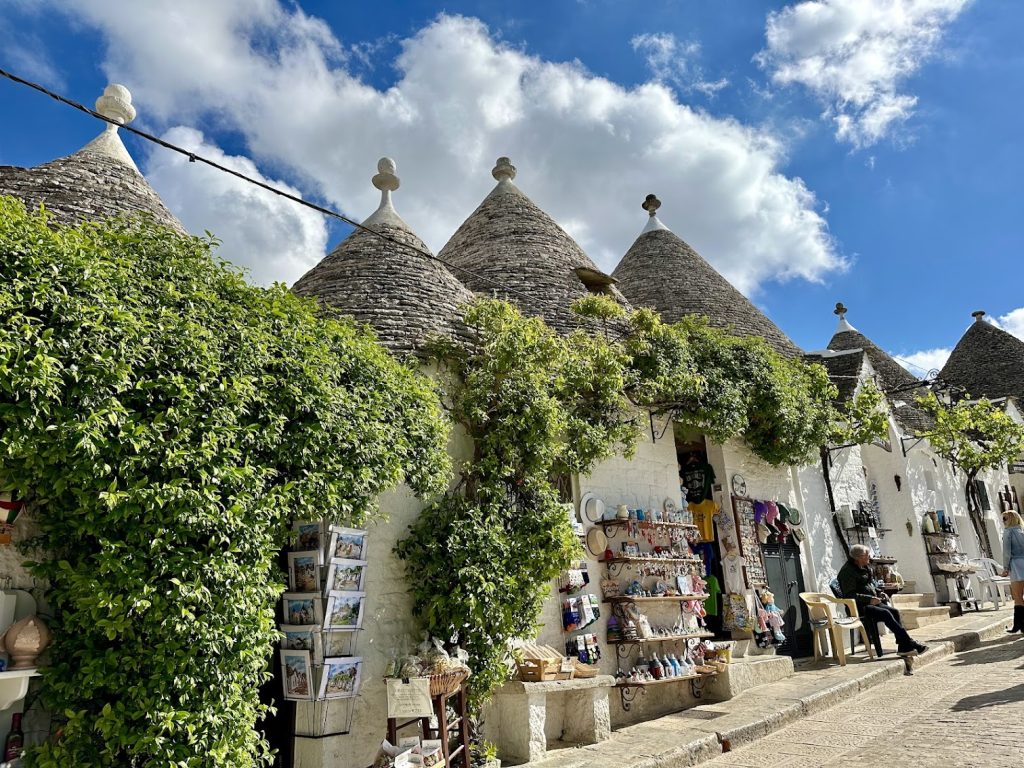
How to reach from Bari:
I highly recommend renting a car directly from Bari Airport to get the best rates and make the most of your trip. Having a car is the most efficient way to explore the stunning towns of the Valle d’Itria, allowing you to save time and travel at your own pace. It’s the perfect way to enjoy the scenic countryside and visit hidden gems along the way!
Alberobello
The fairytale town of Trulli: Alberobello, a UNESCO World Heritage Site in the heart of Puglia, is a charming town like no other. Famous for its unique trulli—whitewashed stone houses with conical roofs—it feels like stepping into a storybook. Stroll through the winding streets of Rione Monti, explore artisan shops tucked inside the trulli, and soak in the enchanting atmosphere of this one-of-a-kind destination. A visit to Alberobello is a must for anyone seeking the magic of southern Italy!
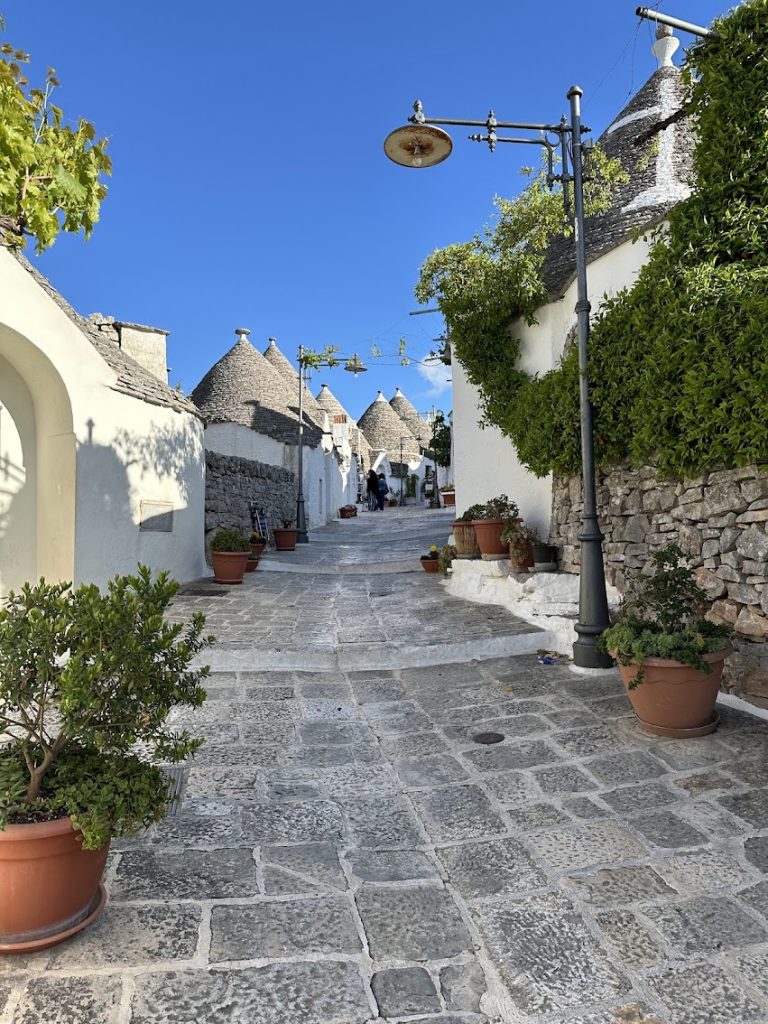
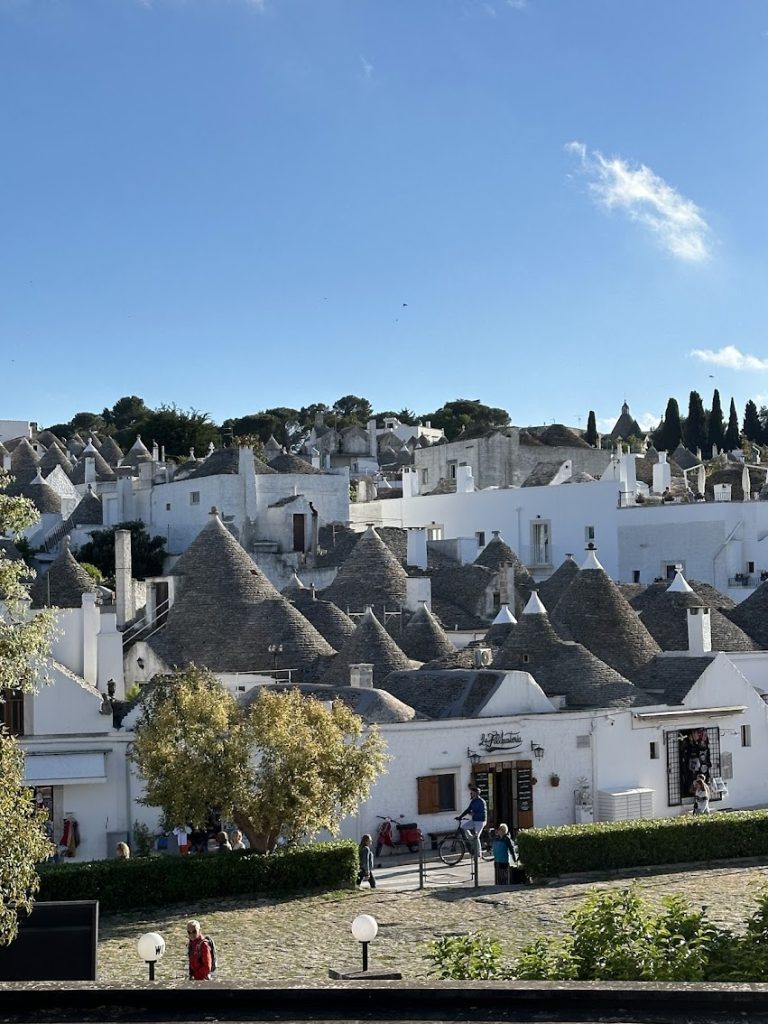

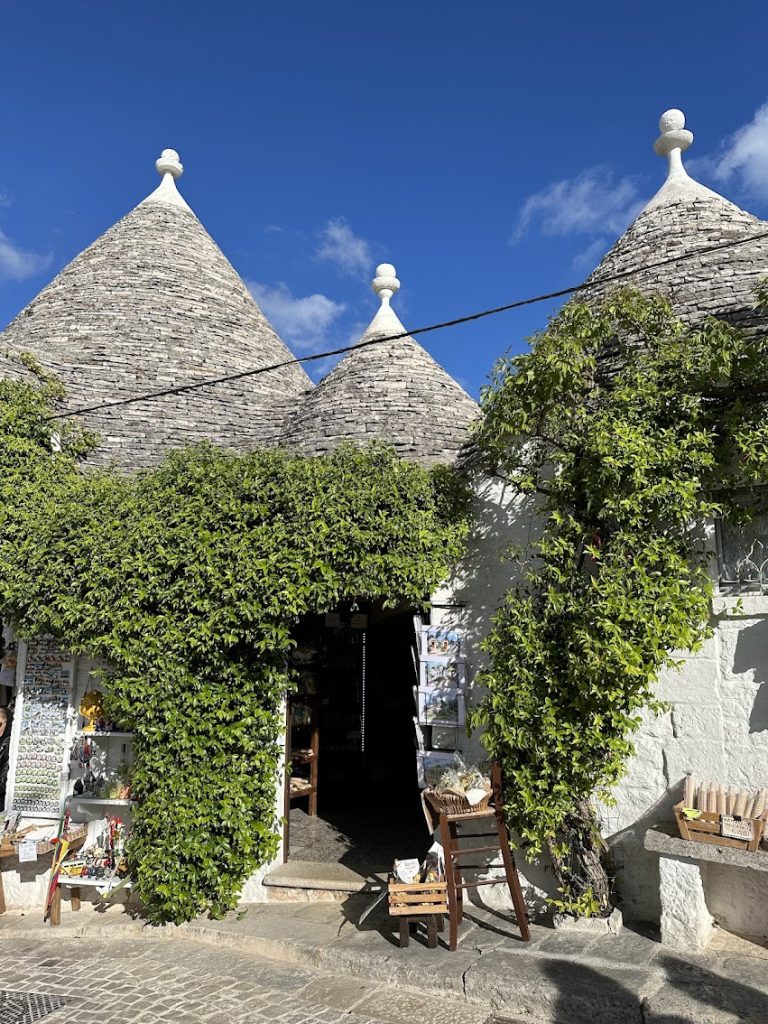
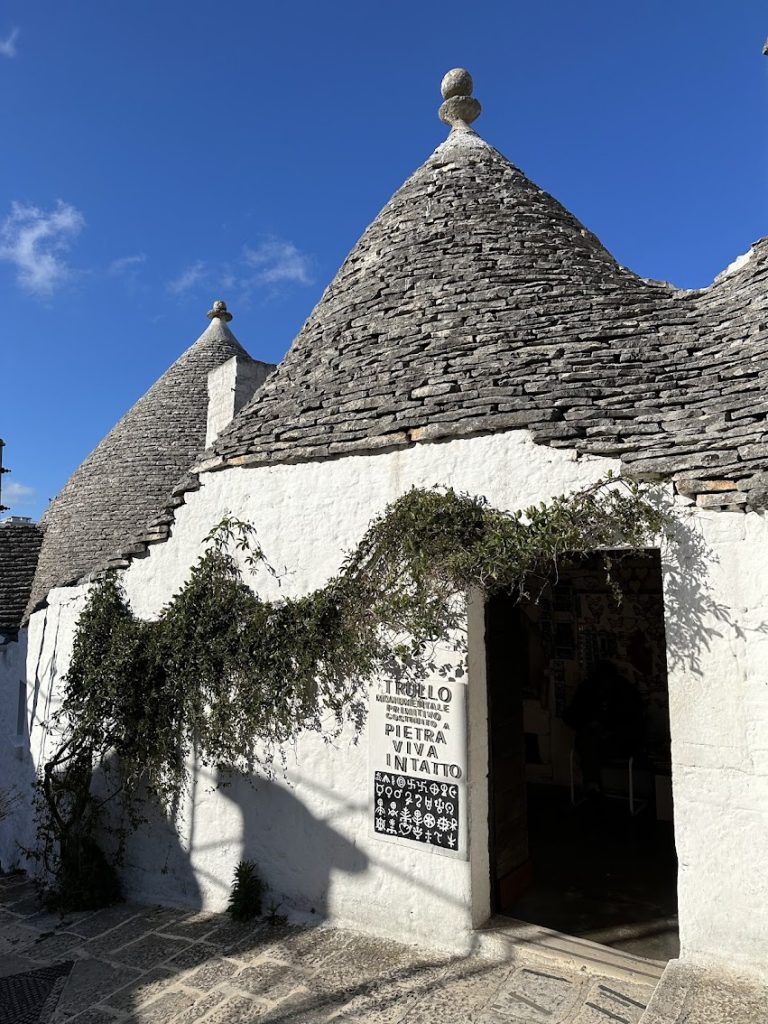
What to do and must see:
Alberobello, famous for its iconic trulli, offers a magical experience for every traveler. Here’s what you shouldn’t miss:
1. Explore Rione Monti
This charming district is home to over 1,000 trulli. Wander through its narrow, cobblestone streets, visit artisan shops, and marvel at the storybook-like atmosphere.
2. Visit Trullo Sovrano
Step inside the largest trullo in Alberobello, a two-story marvel now turned into a museum, to learn about the history and unique architecture of these fascinating structures.
3. Stroll Through Aia Piccola
For a quieter experience, head to this less touristy neighborhood where locals still live in trulli. It’s the perfect spot for authentic photos and a peaceful walk.
4. Church of Sant’Antonio
A unique trullo-style church at the top of Rione Monti, offering a blend of religious charm and architectural wonder.
5. Rooftop Viewpoints
Stop at one of the panoramic terraces, like Belvedere Santa Lucia, to enjoy stunning views of the trulli rooftops spreading across the town.
6. Indulge in Puglian Cuisine
Taste local delicacies like orecchiette pasta, burrata cheese, and Puglia’s famous olive oil. Don’t miss dining in a trullo restaurant for a truly unique experience!
Best restaurants to try:
Paco Wines
Ristorante La Cantina
Trattoria Casa Amatulli
Locorotondo
Perched on a hill in the heart of the Valle d’Itria, Locorotondo is one of the most beautiful villages in Italy. Famous for its circular layout and immaculate whitewashed houses, this charming town feels like a peaceful escape frozen in time. Stroll through its flower-filled balconies, discover its winding alleys, and enjoy breathtaking views of the surrounding countryside. Locorotondo is the perfect spot for a slow, authentic taste of Puglia!
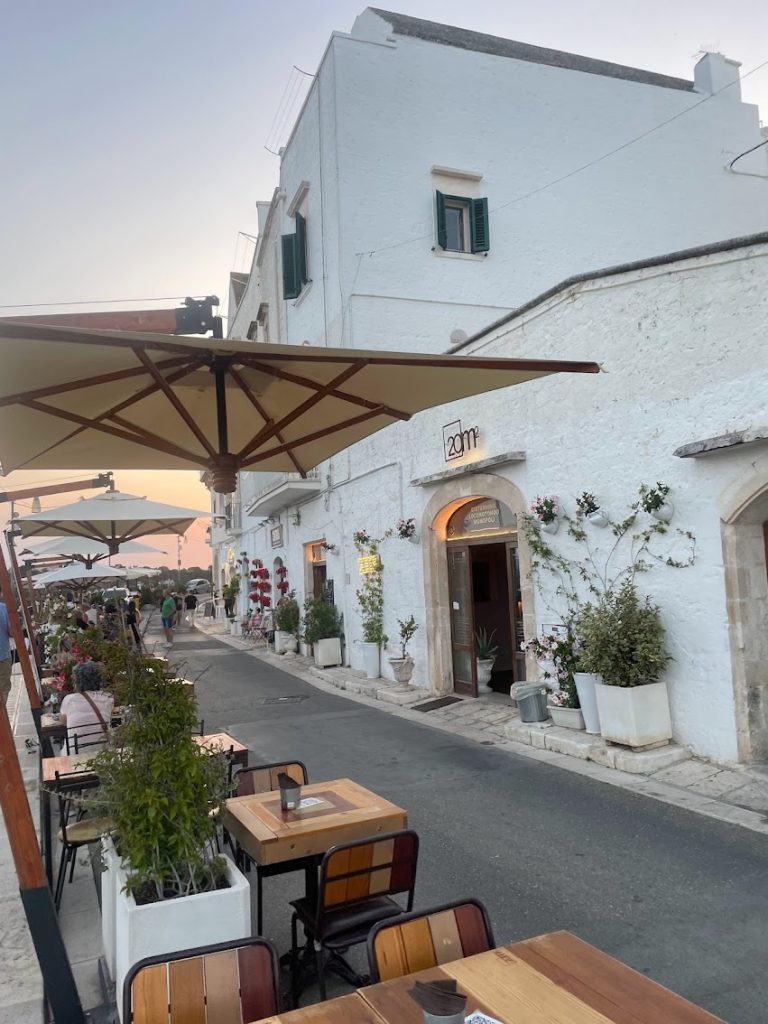
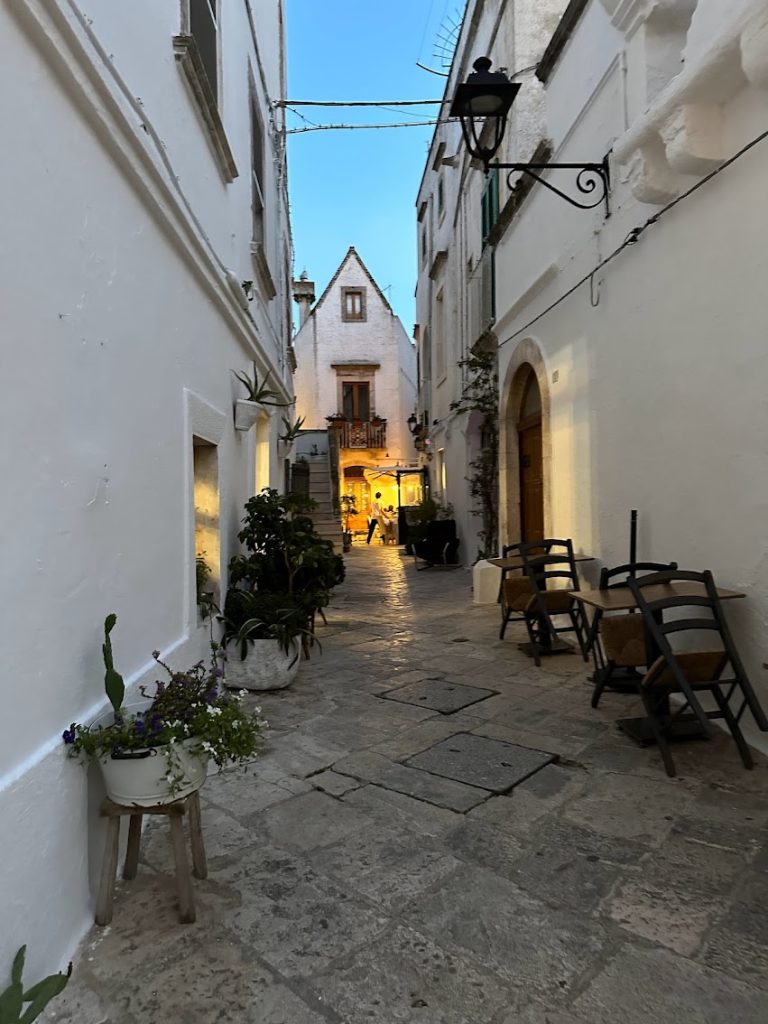
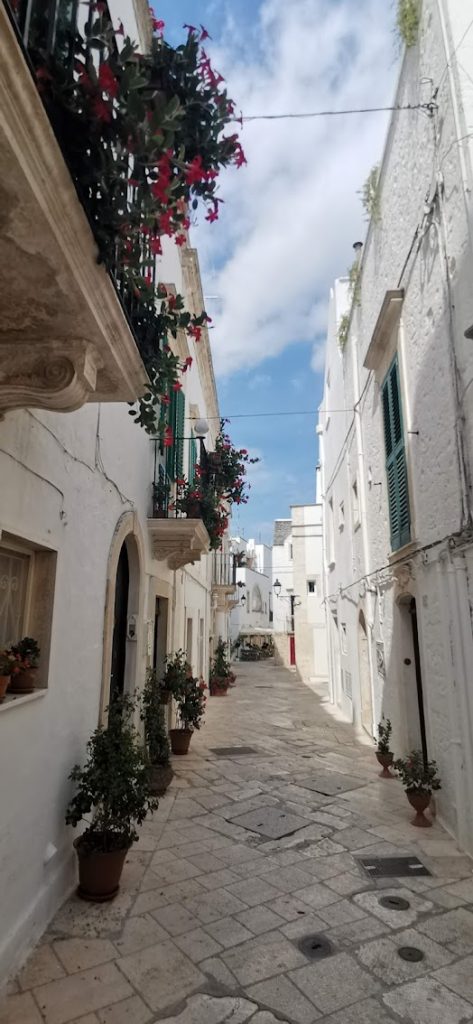
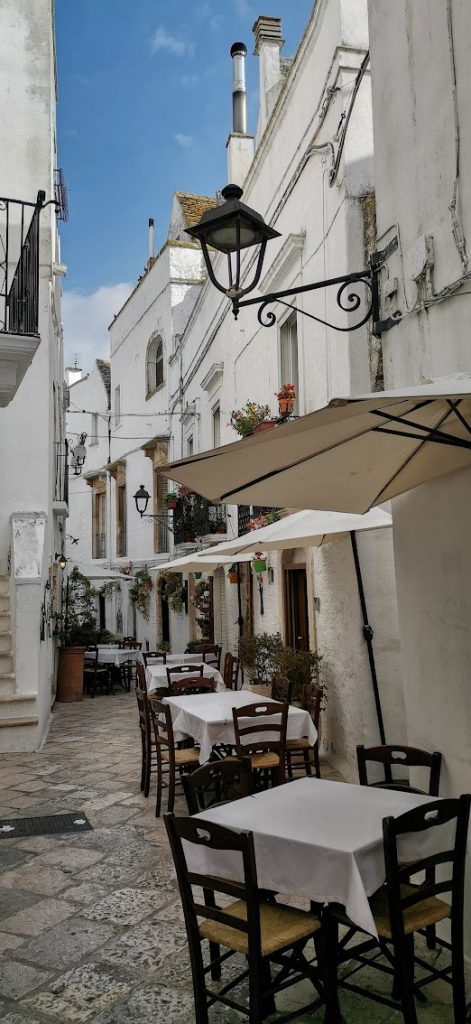
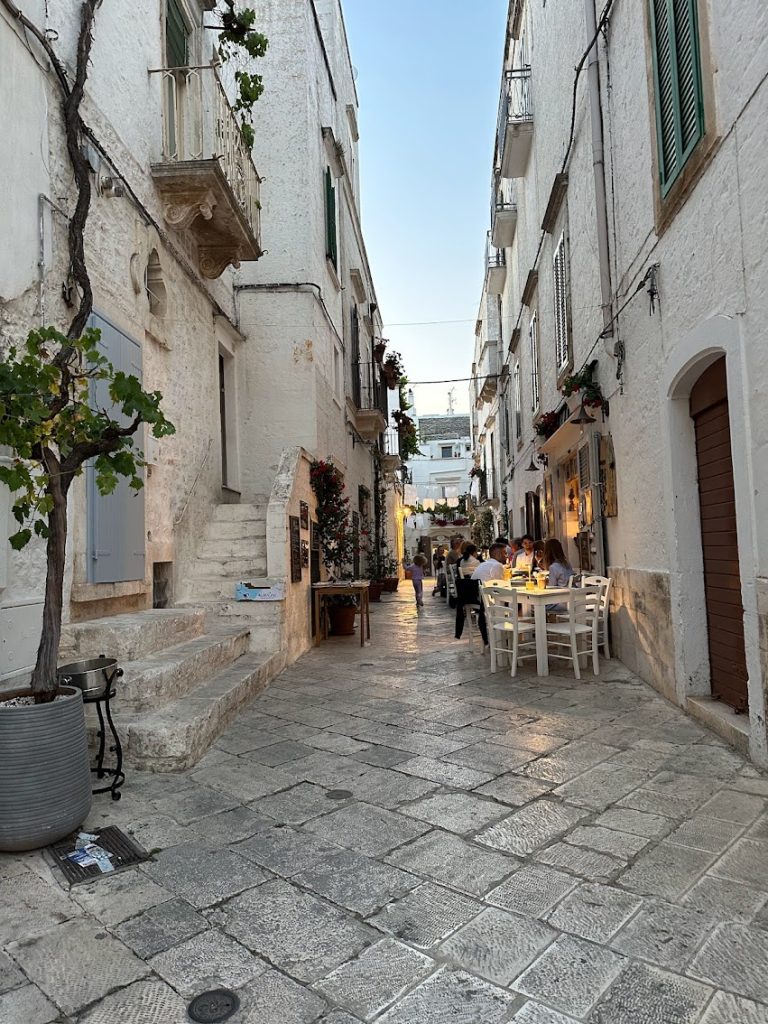
What to do and must see:
Locorotondo, one of Puglia’s most picturesque towns, offers a peaceful charm and plenty to explore. Here’s a guide to the best things to do and see:
1. Wander Through the Historic Center
Lose yourself in the maze of whitewashed alleys adorned with vibrant flowers. The circular layout of the town gives it a unique and enchanting atmosphere.
2. Admire the “Cummerse” Houses
These traditional rectangular houses with pitched roofs are a signature feature of Locorotondo and add to its storybook charm.
3. Visit Chiesa Madre di San Giorgio
This beautiful neoclassical church is dedicated to St. George and is a centerpiece of the town. Its interiors are serene and worth a visit.
4. Enjoy Panoramic Views
Locorotondo offers stunning views of the Valle d’Itria countryside. Head to the terraces on the edge of town for breathtaking vistas of olive groves, vineyards, and trulli-dotted landscapes.
5. Sample Locorotondo DOC Wine
Locorotondo is known for its crisp, white DOC wine. Visit a local winery or sip a glass at a café to taste the region’s flavors.
6. Discover Local Artisanal Shops
Browse charming boutiques selling handmade crafts, ceramics, and local delicacies to take home a piece of Puglia.
7. Attend a Festival
If visiting in summer, check out local events like the Locus Festival, where music and culture fill the streets. Locorotondo is the ideal place for a relaxing, picturesque escape in Puglia, offering a slower pace and timeless beauty. Don’t forget your camera—it’s impossible to take a bad photo here!
Best restaurants to try:
Pizzeria Casa Pinto
Pizzeria “La Pizzeria”
Pavì Wine Restaurant
L’Arco dei tipici
Cisternino
Cisternino, perched on a hilltop in the Valle d’Itria, is a charming village known for its whitewashed alleys, stunning piazzas, and breathtaking views of the surrounding countryside. Its relaxed atmosphere invites you to explore its labyrinth of streets, dine at traditional butcher shops where you can savor bombette (grilled meat rolls), and enjoy the timeless beauty of southern Italy. A visit to Cisternino is a step into Puglia’s authentic and unspoiled charm!
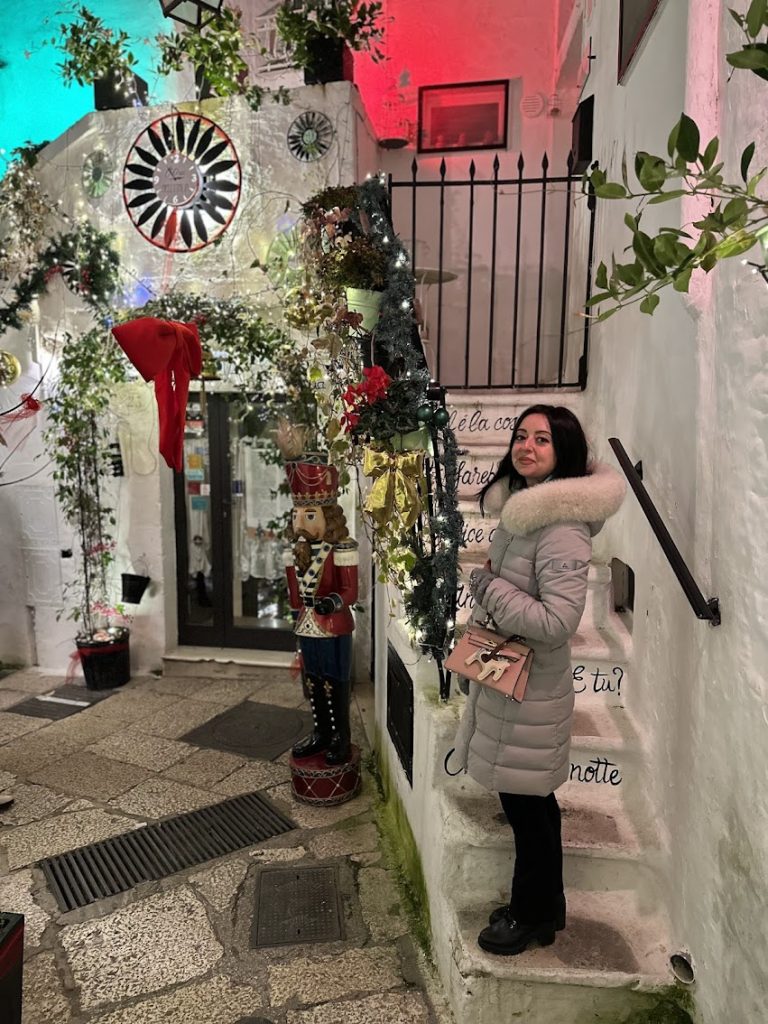
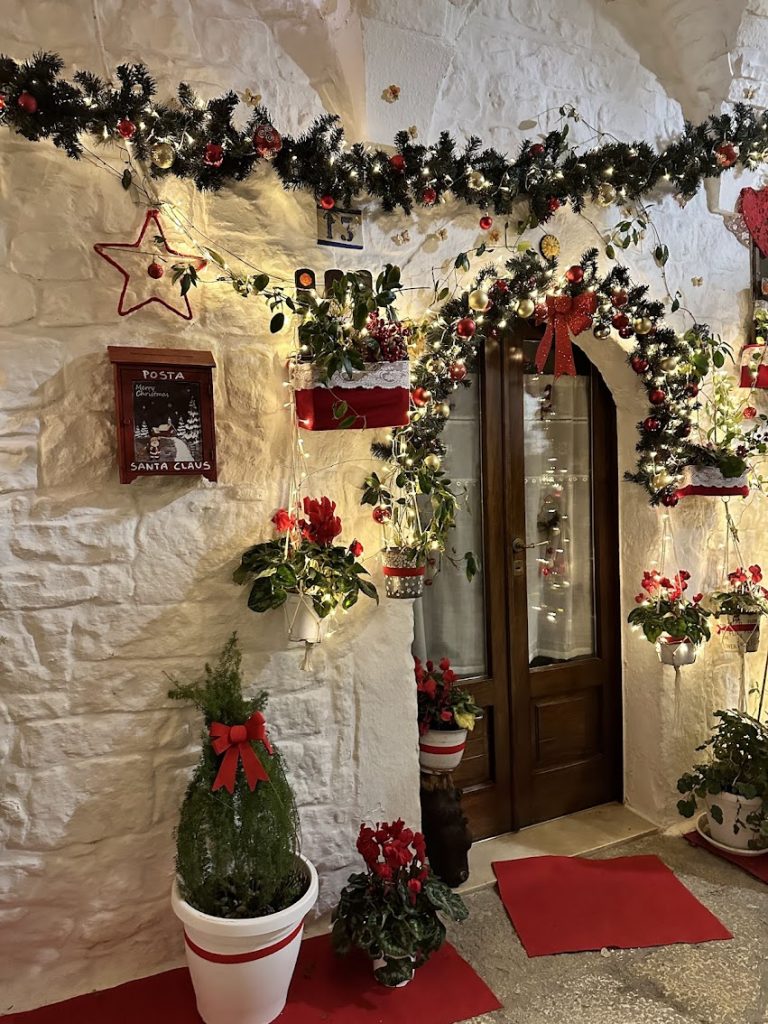
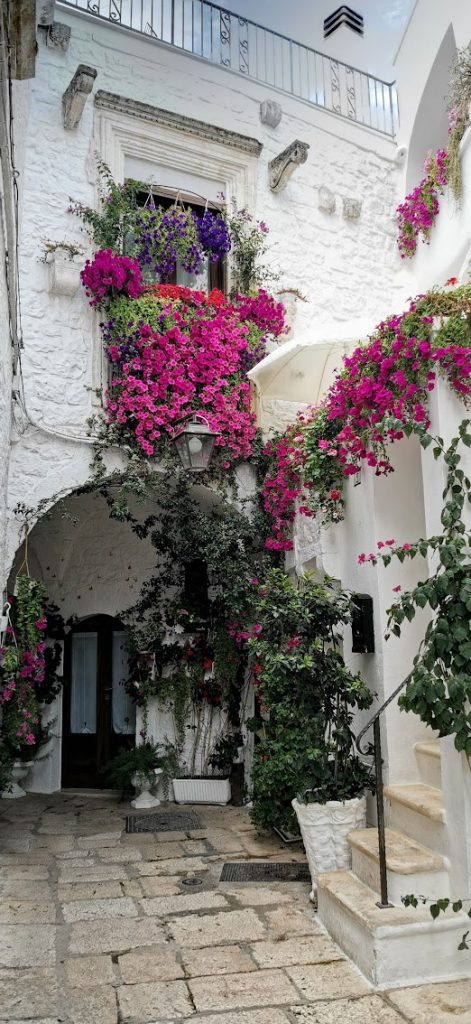

What to do and must see:
1. Stroll Through the Old Town
Wander through the narrow, whitewashed alleys lined with balconies full of flowers and small piazzas. The town’s atmosphere is tranquil and authentically Puglian.
2. Piazza Vittorio Emanuele
The heart of Cisternino, this lively square is perfect for people-watching. Look for the Torre Civica (Clock Tower) and enjoy the vibrant local vibe.
3. Chiesa Madre di San Nicola
This beautiful 14th-century church, located in the historic center, features elegant baroque elements and is a peaceful place to visit.
4. Panoramic Terraces
Don’t miss the incredible views over the Valle d’Itria’s rolling countryside, dotted with olive groves and trulli. The Belvedere spots around the town are perfect for soaking in the scenery.
5. Feast on Local Specialties
Cisternino is famous for its fornelli pronti (traditional butcher shops where you can select and grill fresh meat on the spot). Try the iconic bombette—a must for food lovers!
6. Explore Surrounding Countryside
Rent a bike or take a walk to discover the picturesque countryside around Cisternino, complete with olive groves, vineyards, and trulli houses.
7. Attend a Local Festival
If you’re visiting in summer, keep an eye out for traditional events and music festivals that bring the town to life.Cisternino offers a perfect mix of authentic charm, local flavors, and stunning views, making it a must-visit gem in Puglia!
Best restaurants to try:
Osteria Piatti Chiari
Al vecchio Fornello
Birrosteria 72014 2.0
Rosticceria “Antico Borgo”
Martina Franca
Martina Franca is a vibrant town known for its stunning Baroque architecture, lively streets, and elegant charm. Nestled in the Valle d’Itria, this town invites you to explore its ornate palaces, majestic churches, and picturesque piazzas. Stroll through the winding alleys of the historic center, sample its famous Capocollo di Martina Franca (a local cured meat delicacy), and enjoy the perfect blend of history and culture. Martina Franca is a must-see for anyone exploring Puglia!
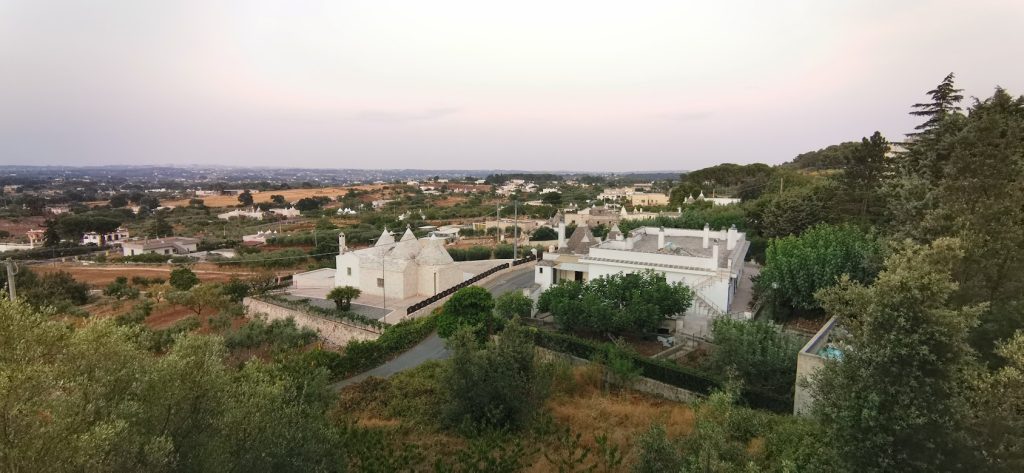
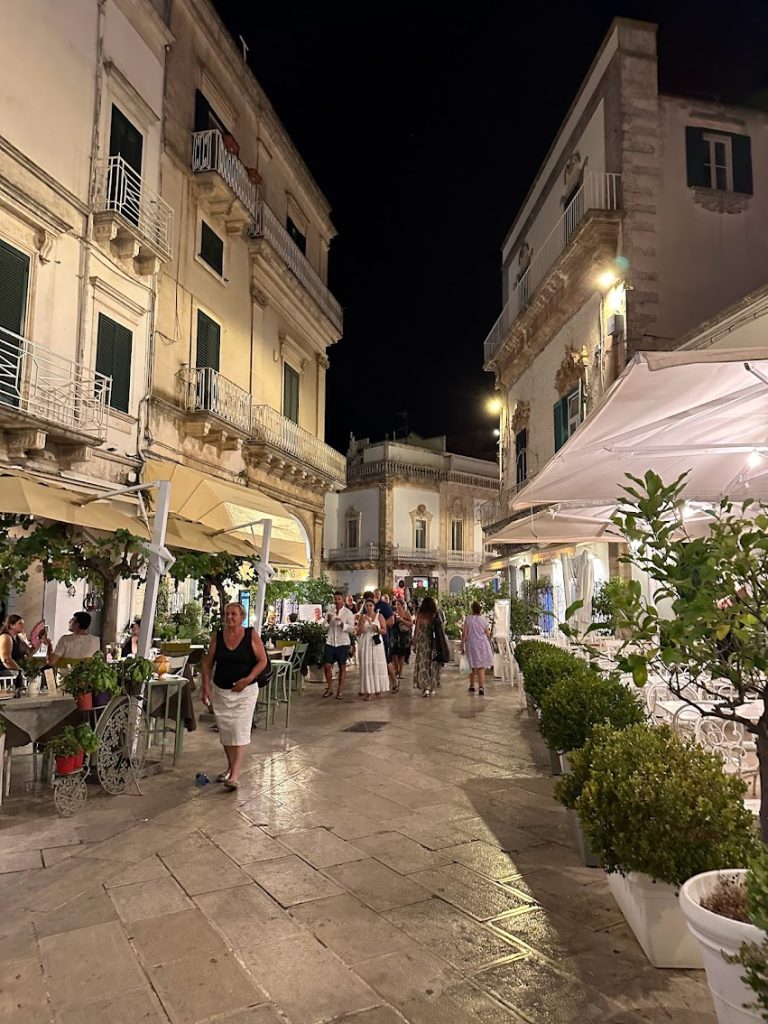
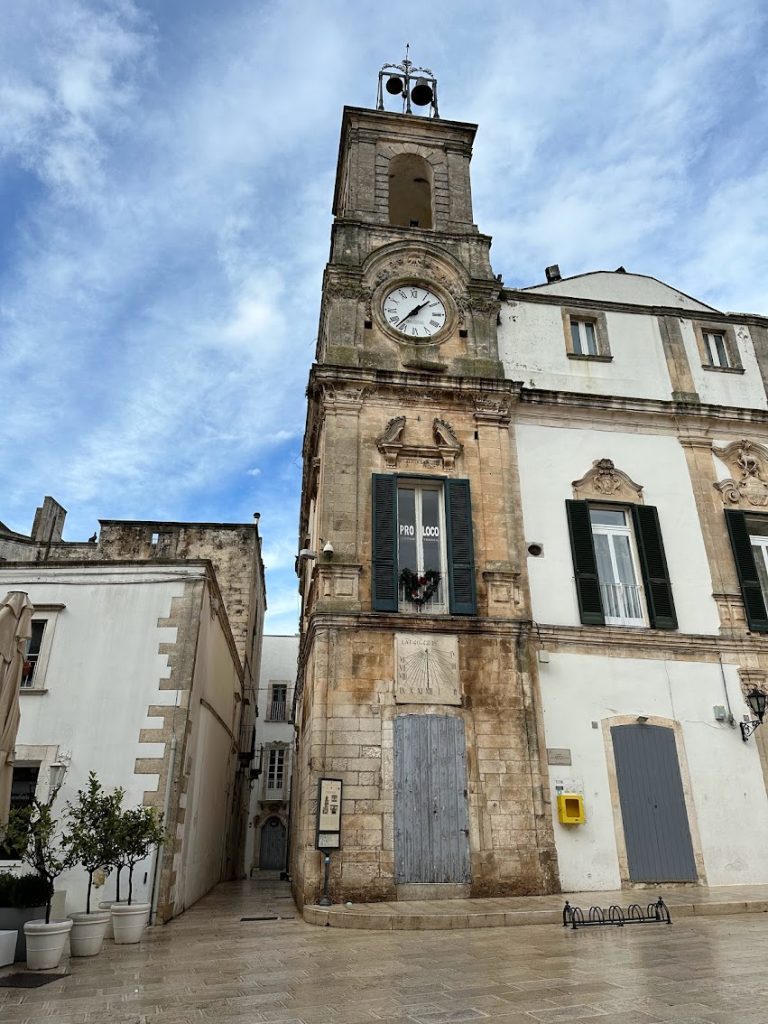
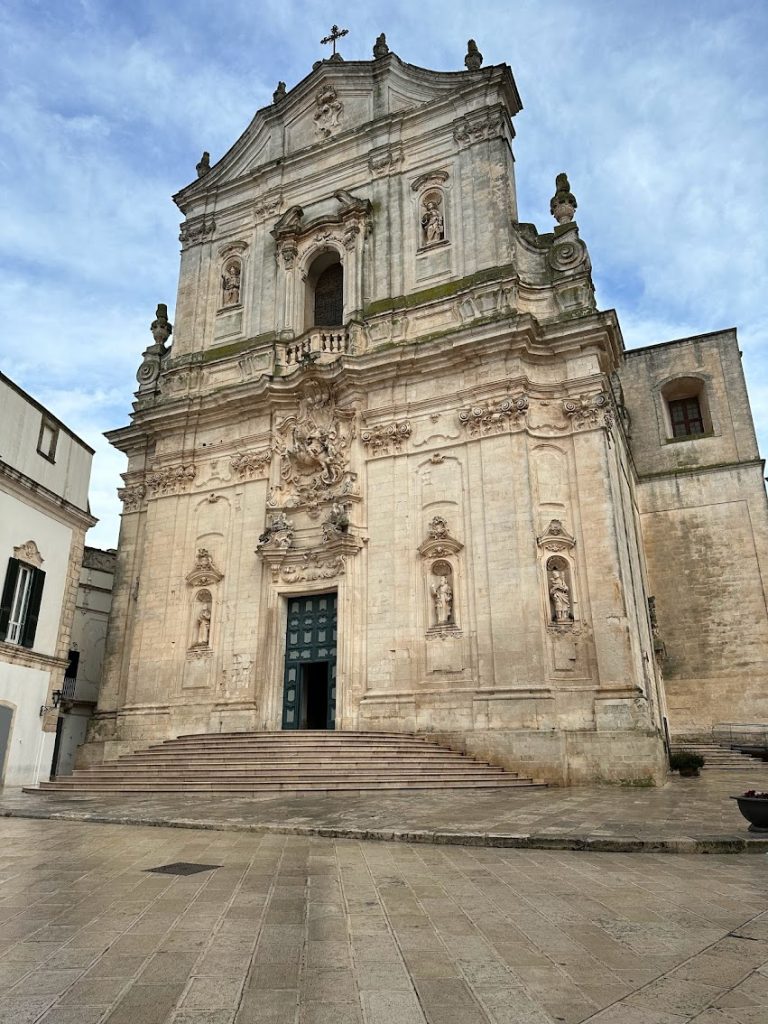
What to do and must see:
Martina Franca, with its Baroque elegance and lively atmosphere, is a must-visit town in Puglia. Here’s what you shouldn’t miss:
1. Explore the Historic Center
Wander through narrow, whitewashed alleys filled with intricate Baroque details, iron balconies, and hidden courtyards. The atmosphere is both elegant and inviting.
2. Visit the Basilica di San Martino
This magnificent Baroque church, dedicated to Saint Martin, is a masterpiece of art and architecture. Its ornate façade and beautiful interiors are breathtaking.
3. Palazzo Ducale
Step inside this grand 17th-century palace to admire its frescoed halls and learn about the town’s aristocratic history. Today, it houses cultural events and exhibitions.
4. Piazza Roma
The town’s main square is the perfect spot to soak in Martina Franca’s charm. Relax at one of the cafés and watch the town’s vibrant life pass by.
5. Taste Capocollo di Martina Franca
Try this local delicacy, a smoked cured meat that’s a signature product of the area. Pair it with Puglian wine for the ultimate foodie experience.
6. Enjoy Panoramic Views
Martina Franca sits on a hilltop, offering gorgeous views of the Valle d’Itria’s countryside. Look for viewpoints around the town’s edges to admire the scenery.
7. Attend the Festival della Valle d’Itria
If visiting in summer, don’t miss this renowned opera and classical music festival that fills the town with culture and world-class performances. Martina Franca is the perfect destination for architecture lovers, foodies, and anyone seeking the timeless charm of Puglia!
Best restaurants to try:
Braceria Rosso di Sera
Braceria Granaldi
La Locanda del Macellaio
Pizzeria Tomato and Basil
Ristorante Ricci
Garibaldi Bistrot
Lecce
Lecce, often called the “Florence of the South,” is a stunning city in the heart of Puglia, renowned for its extraordinary Baroque architecture. Its historic center is a maze of narrow streets lined with ornate churches, palaces, and piazzas. The Basilica di Santa Croce and Piazza del Duomo are must-see landmarks, showcasing the city’s architectural splendor. Lecce is also known for its vibrant local life, delicious cuisine, and rich history, blending ancient Roman roots with modern Southern Italian charm. Whether you’re wandering through its lively streets, sampling local pasticciotti pastries, or admiring its beautiful stonework, Lecce is an absolute must-visit for any traveler in Puglia! The Salento Peninsula, with Lecce as its gateway, is a treasure trove of natural beauty and seaside charm. Famous for its crystal-clear waters and golden beaches, the Salento boasts some of Italy’s most beautiful coastal destinations, including Otranto, Gallipoli, and the breathtaking Maldives of Salento. Inland, the region is dotted with charming villages, olive groves, and vineyards that produce excellent local wines.Together, Lecce and the Salento region offer a perfect mix of culture, history, and relaxation, making it a must-visit for anyone exploring southern Italy.
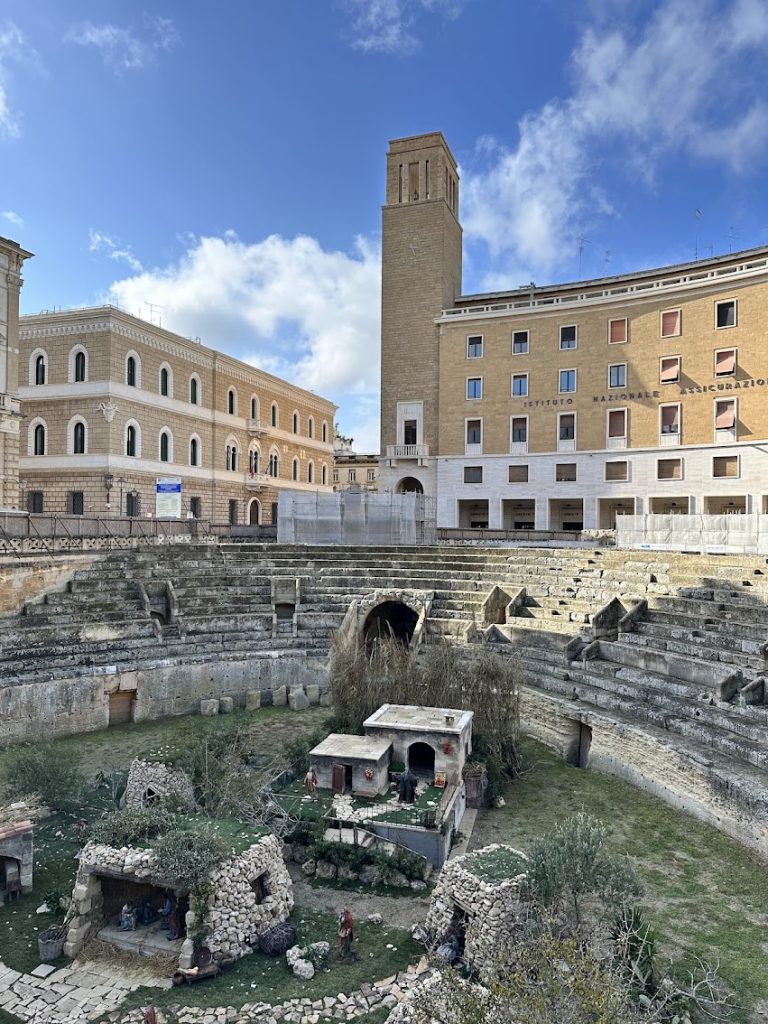
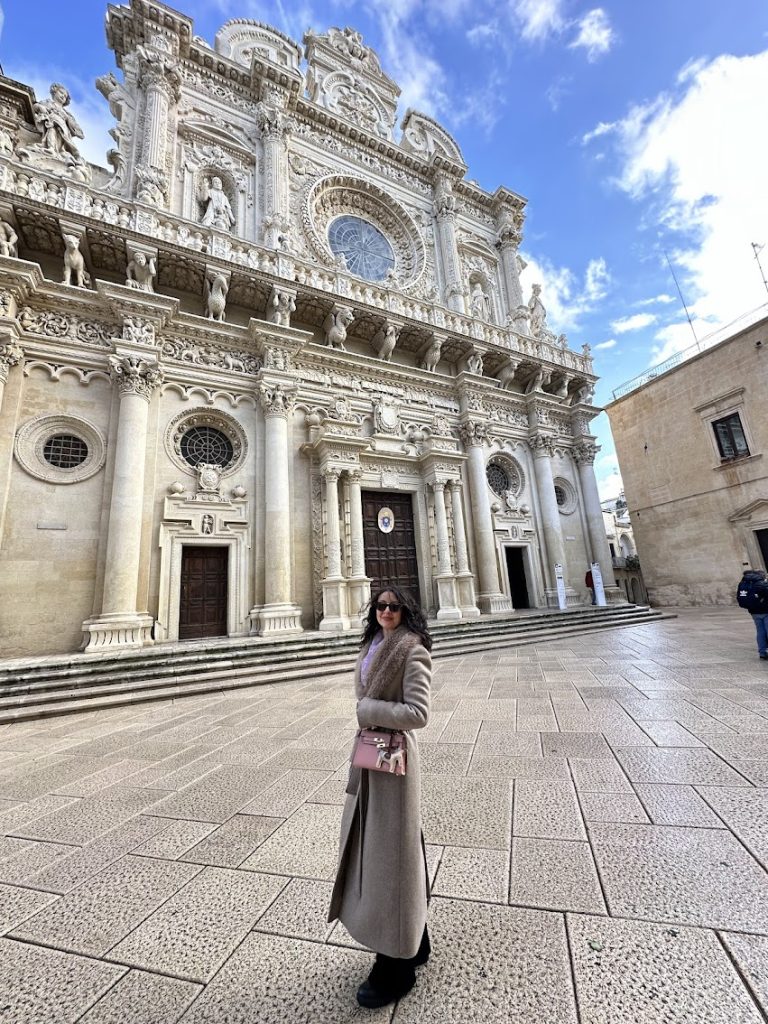
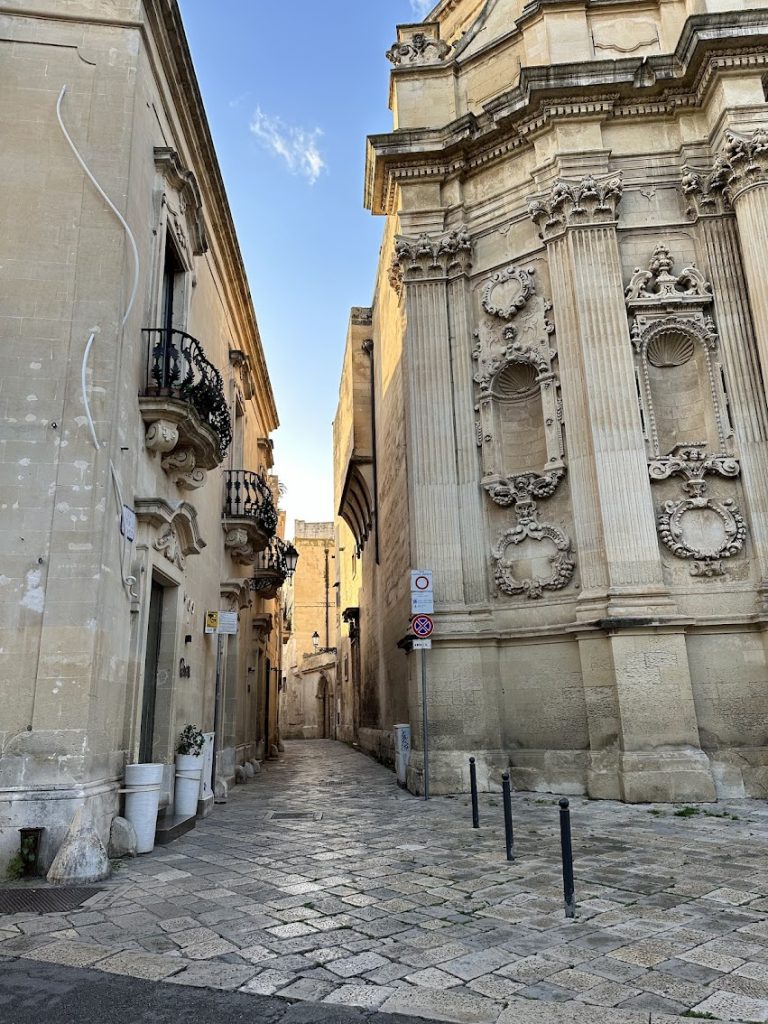
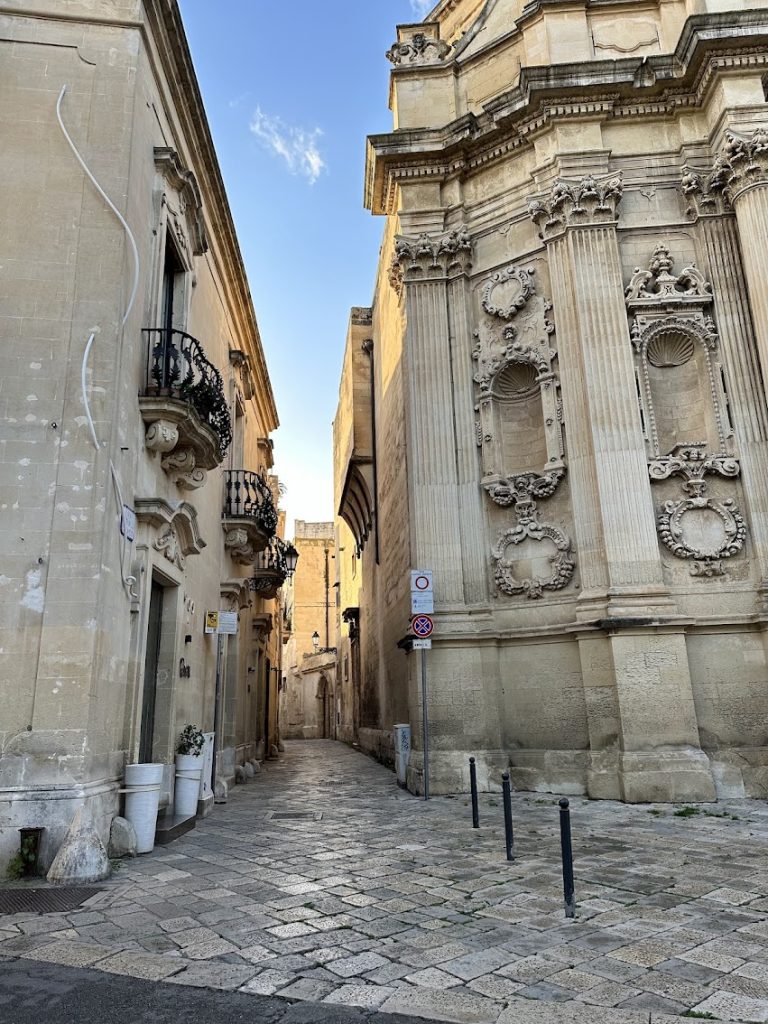
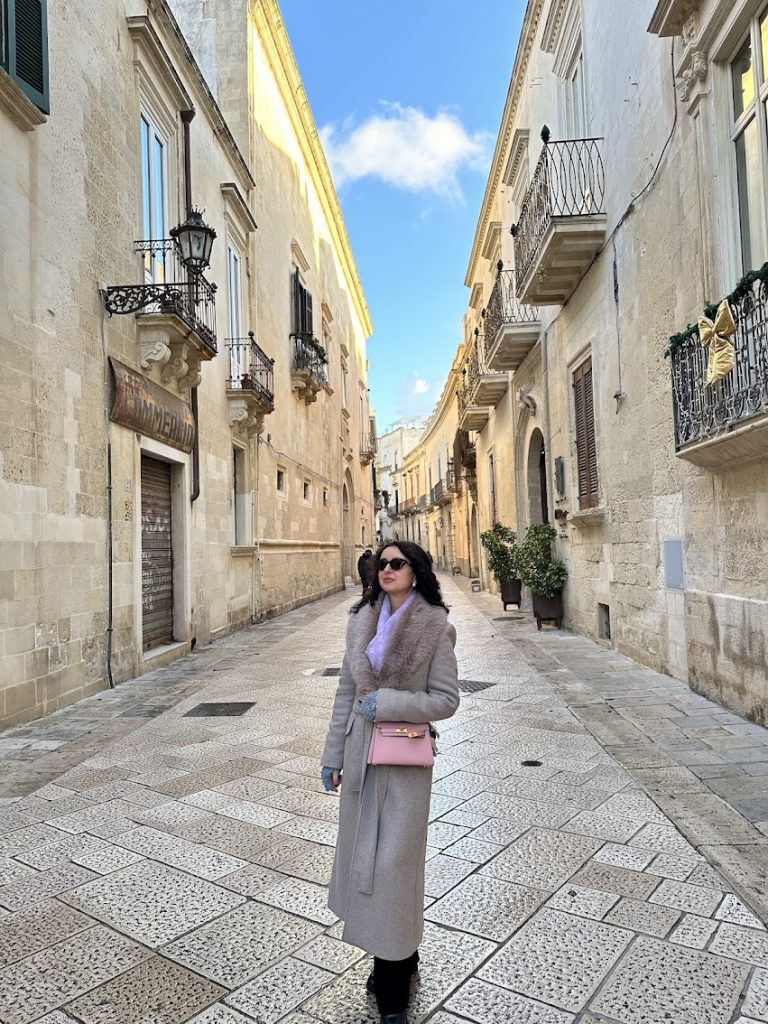
What to do and must see:
Lecce is a city bursting with history, culture, and stunning architecture. Here’s a guide to the best things to do and see in this Baroque jewel of Puglia:
1. Visit the Basilica di Santa Croce
One of the most iconic landmarks in Lecce, this Baroque masterpiece is known for its intricate façade, detailed carvings, and stunning interior. It’s a must-see for anyone interested in architecture.
2. Explore Piazza del Duomo
This beautiful square is home to the Cathedral of Lecce, the Campanile (bell tower), and the Bishop’s Palace. The stunning Baroque buildings make this one of the most picturesque spots in the city.
3. Discover the Roman Amphitheater
Located in the heart of Lecce, this ancient Roman amphitheater dates back to the 2nd century and could seat up to 25,000 spectators. It’s a fascinating glimpse into the city’s ancient past.
4. Stroll Through the Historic Center
Wander the charming, narrow streets of Lecce’s old town, where every corner reveals something beautiful—Baroque churches, charming piazzas, and artisan shops selling local crafts and ceramics.
5. Visit the Castello Carlo V
This 16th-century castle, built by Emperor Charles V, offers a glimpse into Lecce’s history and serves as a cultural venue for exhibitions and events.
6. Relax in the Giardini Pubblici
Take a break and enjoy the peaceful atmosphere of Lecce’s public gardens. It’s a great spot to unwind and enjoy some green space in the heart of the city.
7. Sample Local Delicacies
Try Lecce’s famous pasticciotti, a delicious pastry filled with custard, and sip on caffè leccese, a refreshing coffee drink with almond milk and ice—perfect for a hot day.
8. Explore the Surrounding Area
Lecce is also a great base for exploring the surrounding Salento region, with its stunning beaches like Porto Cesareo and Gallipoli, or visiting charming towns like Otranto and Nardò. Lecce’s mix of history, stunning Baroque architecture, and vibrant atmosphere makes it a must-visit destination for anyone traveling through Puglia! Don’t miss Grotte di Santa Maria di Leuca. Here the experience that I joined.
Otranto
Otranto: A Picturesque Coastal Gem in Puglia. Located on the easternmost point of Italy, Otranto is a charming coastal town with a rich history and stunning views of the Adriatic Sea. Known for its historic center, breathtaking beaches, and ancient landmarks, Otranto is a must-visit destination in Puglia.
Start by exploring the Otranto Cathedral, famous for its beautiful mosaic floor depicting the Tree of Life and its fascinating crypt. The Castello Aragonese, a historic castle with panoramic views, is another iconic landmark that overlooks the town and sea. Stroll through the narrow streets of the old town, where whitewashed buildings and vibrant flowers create a postcard-perfect scene.
Don’t miss the Lido Porto Craulo or Baia dei Turchi for a swim in the crystal-clear waters, or visit the Laghi Alimini for a serene lake experience surrounded by nature. With its blend of history, culture, and stunning coastal landscapes, Otranto offers a unique and unforgettable experience.
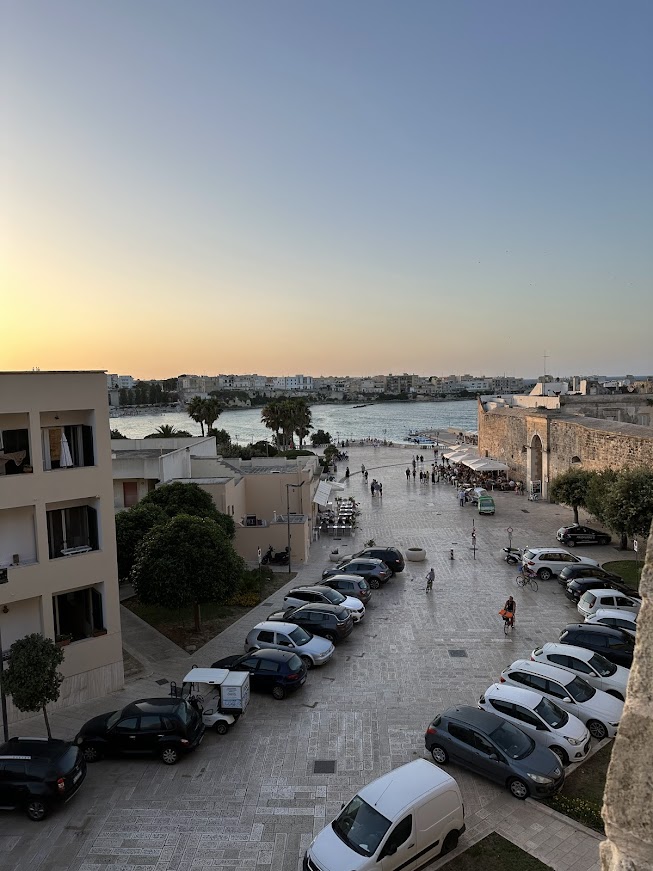
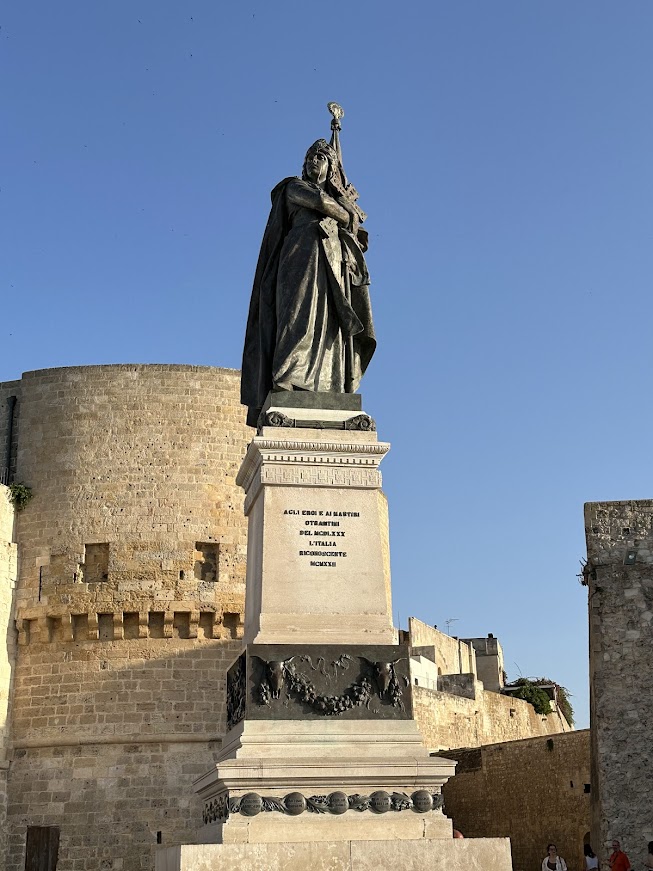


What to do and must see:
Otranto, a captivating town on the Adriatic coast, offers a perfect blend of history, stunning views, and natural beauty. Here’s a list of the must-see sights and activities:
1. Otranto Cathedral & Mosaic Floor
The Otranto Cathedral, dating back to the 11th century, is a true highlight, with its incredible mosaic floor depicting the Tree of Life. Don’t forget to visit the Crypt of the Dead, where the relics of Otranto’s martyrs are displayed.
2. Castello Aragonese
This 15th-century castle overlooking the sea offers fantastic panoramic views of Otranto and its harbor. Explore the castle’s towers, ramparts, and beautiful gardens.
3. The Historic Center
Wander through Otranto’s charming old town, with its narrow alleys, whitewashed buildings, and vibrant cafes. The town’s atmosphere is lively yet peaceful, perfect for a leisurely stroll.
4. Baia dei Turchi
For a refreshing dip, head to Baia dei Turchi, one of Otranto’s most beautiful beaches. With its crystal-clear waters and serene atmosphere, it’s perfect for a relaxing day by the sea.
5. Lido Porto Craulo
Another great beach to visit, Lido Porto Craulo offers stunning views, soft sand, and clear waters. It’s a peaceful spot to unwind and enjoy the natural beauty of the Adriatic.
6. The Alimini Lakes
Located a short drive from Otranto, the Laghi Alimini are two beautiful freshwater lakes surrounded by lush nature. It’s a great spot for nature lovers, birdwatching, and a tranquil escape from the town.
7. Torre Santo Stefano
This historic tower on the coastline offers another stunning viewpoint over the Adriatic Sea. The area around it is perfect for a walk or a swim in the clear waters.
8. Walk Along the Waterfront
Take a leisurely stroll along Otranto’s waterfront, enjoying the views of the sea, the harbor, and the surrounding coastline. It’s a great place to watch the sunset! Otranto is a place where history meets nature, offering a variety of sights and activities to enjoy during your visit. Whether exploring ancient landmarks, relaxing by the sea, or wandering through its charming streets, Otranto is a treasure on the Adriatic coast.
Gallipoli
A Coastal Gem with Rich History and Stunning Beaches. Located on the Ionian Sea, Gallipoli is one of the most popular destinations in Puglia, known for its beautiful beaches, historic center, and vibrant nightlife. The town’s name, meaning “beautiful city” in Greek, is a fitting description of its charm.The historic center, perched on a small island, is filled with narrow streets, whitewashed buildings, and lively piazzas. The Castello di Gallipoli, a fortress built in the 13th century, offers panoramic views of the sea and is a great place to explore the town’s past.
Gallipoli is also famous for its pristine beaches. Spiaggia della Purità, located just outside the old town, offers clear turquoise waters and soft sand, while Baia Verde is a popular spot for beach lovers, known for its lively atmosphere and crystal-clear sea.The town is also a paradise for seafood lovers—enjoy fresh catches at one of the waterfront restaurants, and don’t miss a visit to the bustling fish market where you can see the local fishermen’s daily haul.Whether you’re soaking up the sun on its beaches, exploring its history, or indulging in delicious local cuisine, Gallipoli offers a perfect mix of relaxation, culture, and Mediterranean beauty.

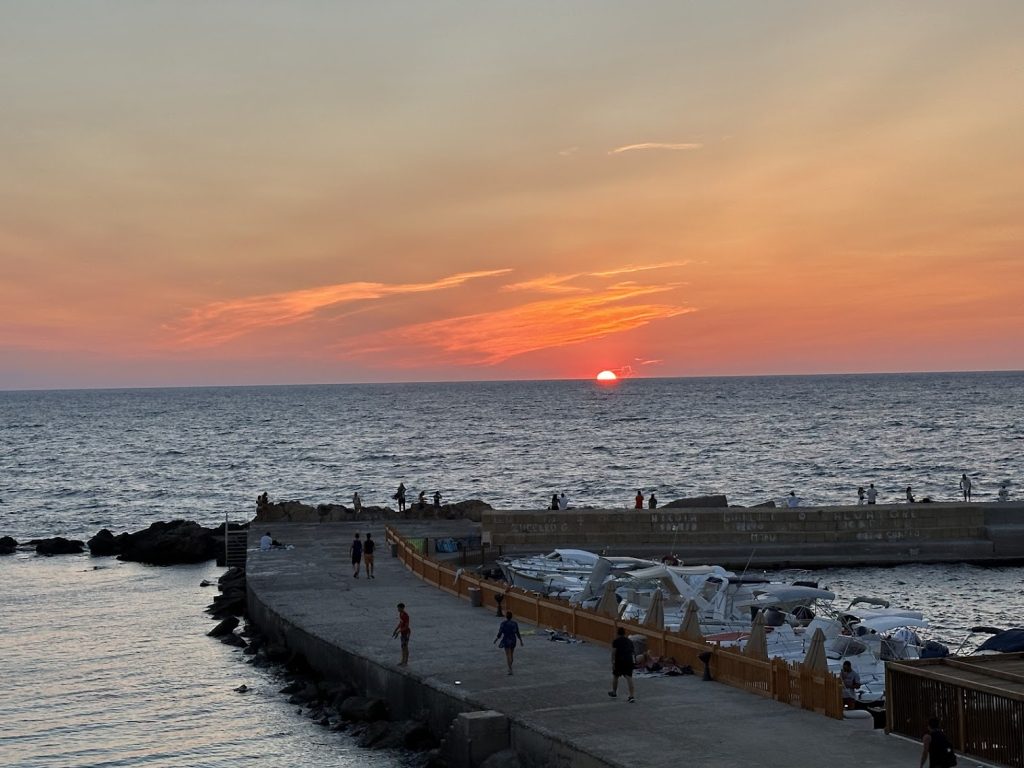
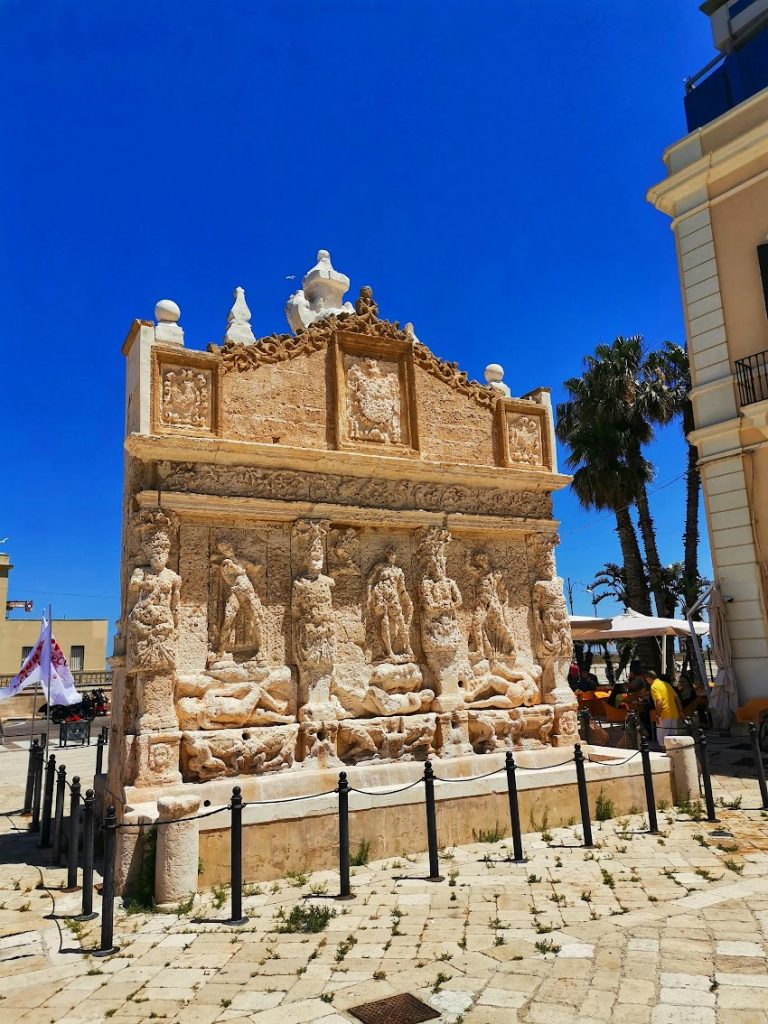
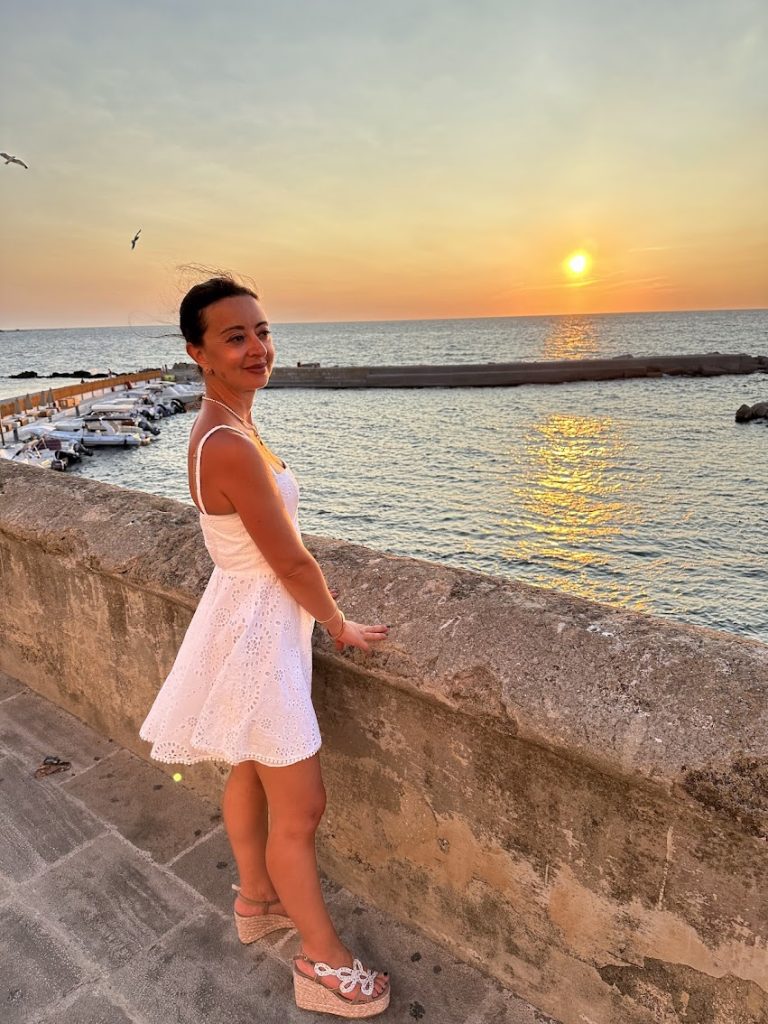
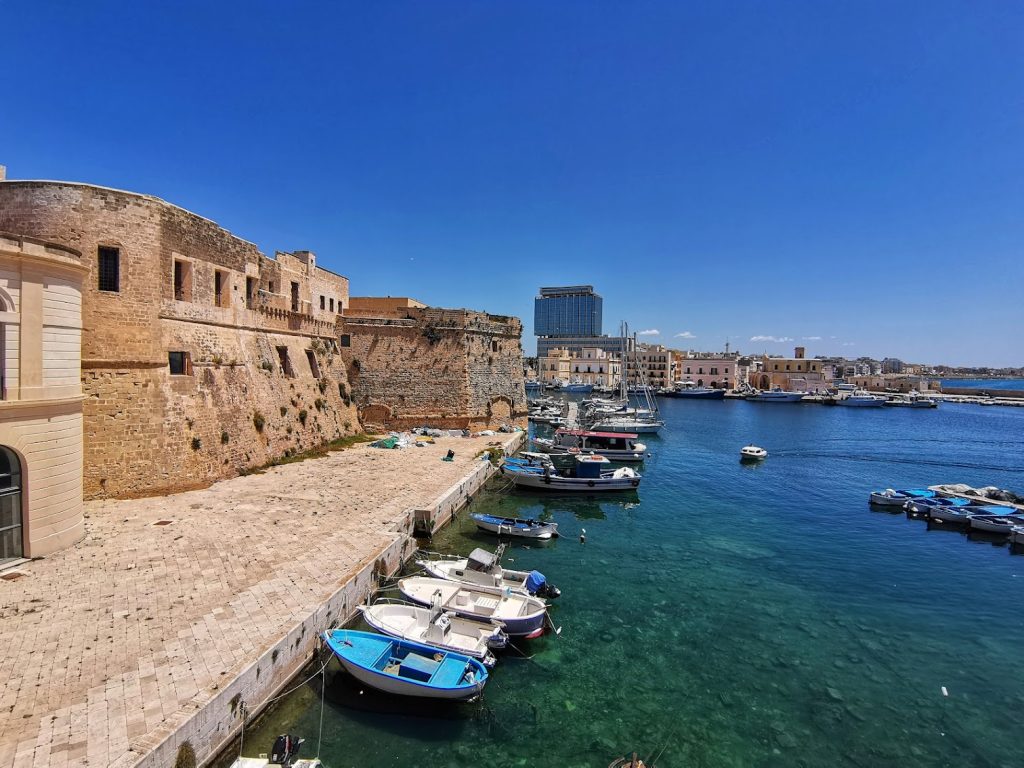
What to do and must see:
Gallipoli, a stunning town along the Ionian coast, offers a mix of rich history, beautiful beaches, and Mediterranean charm. Here’s a guide to the must-see sights and activities:
1. Explore the Historic Center (Centro Storico)
Wander through Gallipoli’s enchanting old town, located on a small island connected to the mainland by a bridge. Its narrow streets, whitewashed houses, and vibrant atmosphere make it a great place to get lost and explore.
2. Visit Castello di Gallipoli
The Castello di Gallipoli is one of the town’s most iconic landmarks, offering panoramic views of the town and the Ionian Sea. Explore its towers, courtyards, and museum to learn about the history of Gallipoli.
3. Relax at Spiaggia della Purità
This small but beautiful beach, just a short walk from the historic center, is perfect for a swim in clear turquoise waters. It’s a peaceful spot, ideal for relaxing under the sun.
4. Stroll along the Seafront Promenade
Enjoy a leisurely walk along the seafront, with stunning views of the crystal-clear water and Gallipoli’s iconic architecture. This is a great way to experience the town’s vibrant life and scenic beauty.
5. Visit the Museo Civico Emanuele Barba
Located in the heart of the old town, this museum offers a fascinating collection of local history, art, and archaeological finds. It’s a great way to learn about Gallipoli’s past.
6. Discover the Basilica Cattedrale di Sant’Agata
The Basilica di Sant’Agata is a beautiful Baroque cathedral in Gallipoli’s historic center, worth visiting for its intricate interior and historical significance.
7. Explore Baia Verde Beach
If you’re looking for a livelier beach scene, head to Baia Verde, one of Gallipoli’s most famous beaches. With its clear waters, soft sand, and vibrant atmosphere, it’s perfect for beach lovers and water sports enthusiasts.
8. Visit the Fish Market (Mercato del Pesce)
Gallipoli’s fish market is one of the best places to experience the town’s strong maritime culture. The market is full of fresh seafood, and it’s an exciting spot to watch local fishermen in action and enjoy the freshest catches.
9. Enjoy Seafood by the Sea
Gallipoli is known for its exceptional seafood. Enjoy fresh fish, shellfish, and other local specialties at one of the many restaurants overlooking the sea—don’t miss a taste of frutti di mare (seafood) and frittura di pesce (fried fish).
10. Take a Boat Tour
To fully appreciate the beauty of Gallipoli’s coastline, consider taking a boat tour. Explore the hidden coves, sea caves, and pristine beaches along the Ionian coast for a relaxing day out on the water. Gallipoli is the perfect destination for beach lovers, history buffs, and foodies, offering a perfect balance of natural beauty and cultural charm. Whether you’re exploring its historic streets, enjoying the beaches, or savoring local seafood, Gallipoli offers something for every type of traveler!
Important Information:
Here are some helpful tips for visitors to Puglia:
- Rent a Car
Public transportation in Puglia can be limited, especially for reaching small towns or coastal areas. Renting a car is highly recommended to explore the region at your own pace and access hidden gems like the Valle d’Itria or the beaches of the Salento. - Best Time to Visit
The ideal time to visit Puglia is during the spring (April-June) or early autumn (September-October) when the weather is pleasant, and the crowds are smaller. Summer can be hot and busy, but it’s perfect for beach lovers. - Dress Comfortably
Puglia’s cobblestone streets and historic towns require comfortable footwear for walking. Also, pack light and breathable clothing during the summer months, as temperatures can rise significantly. - Taste the Local Cuisine
Puglia is a food lover’s paradise! Don’t miss orecchiette pasta, burrata cheese, fresh seafood, and traditional treats like pasticciotto. Pair your meals with local wines such as Primitivo or Negroamaro. - Book Attractions in Advance
Popular attractions like the Trulli of Alberobello, Castellana Caves, or the Basilica di Santa Croce in Lecce can get busy. Booking tickets in advance will save time and ensure availability. - Stay in a Masseria
For a unique experience, consider staying in a masseria (traditional farmhouse). Many have been converted into boutique accommodations, offering authentic charm and an escape into the countryside. - Respect the Siesta
Many shops and restaurants close in the afternoon for a traditional siesta (usually between 1 PM and 4 PM). Plan your day accordingly to avoid disappointment. - Bring Cash
While cards are widely accepted in larger cities, smaller towns and family-run businesses may only accept cash. It’s a good idea to carry some euros with you. - Explore Beyond the Tourist Spots
While iconic places like Alberobello, Lecce, and Polignano a Mare are must-sees, don’t miss out on smaller towns like Locorotondo, Cisternino, or Ostuni for a more authentic Puglian experience. - Enjoy the Beaches
Puglia boasts some of Italy’s most beautiful beaches. Visit the Maldives of Salento, Baia dei Turchi, or Porto Selvaggio for crystal-clear waters and stunning views.
By keeping these tips in mind, you’ll be ready to make the most of your time in Puglia!
